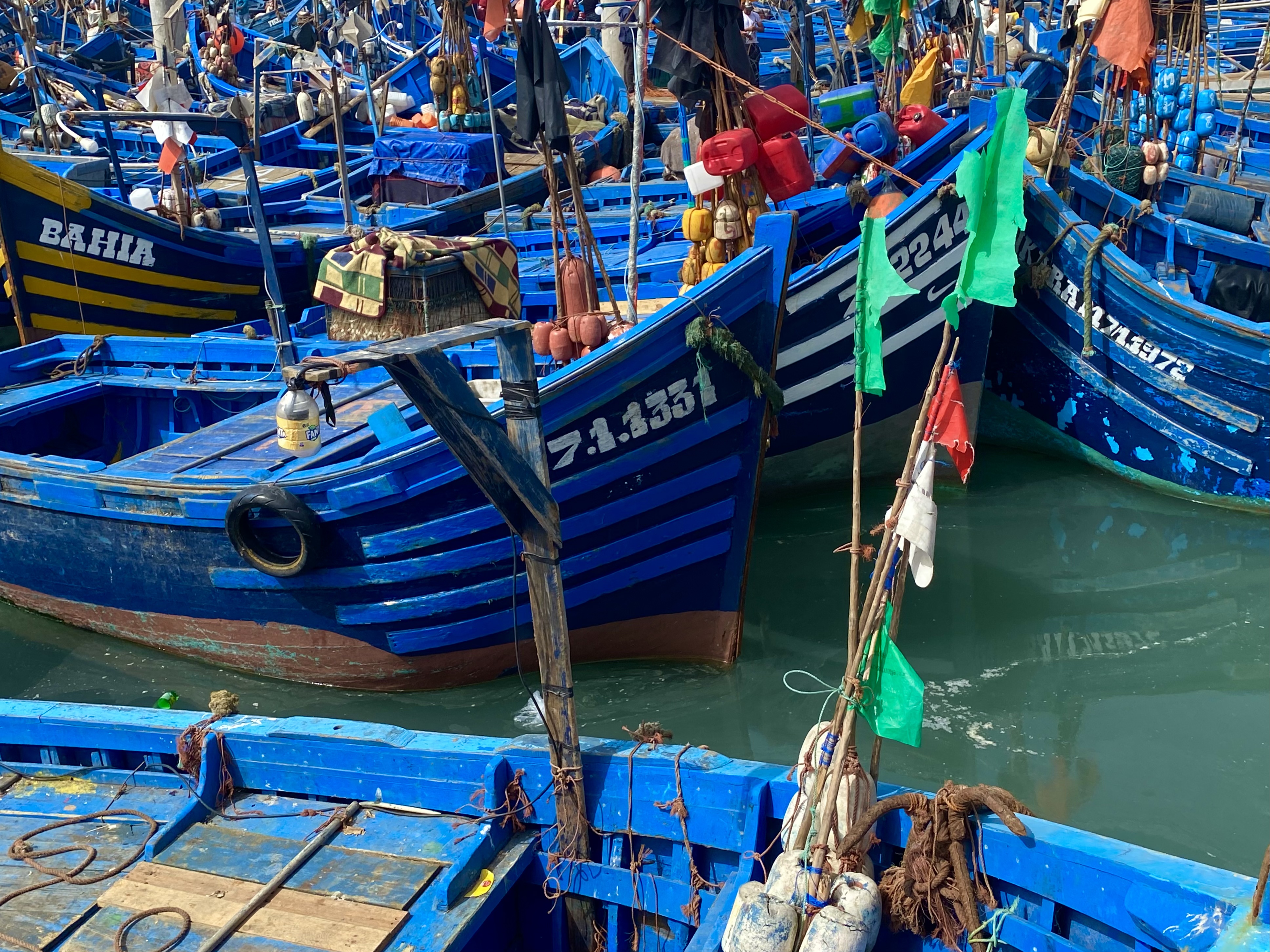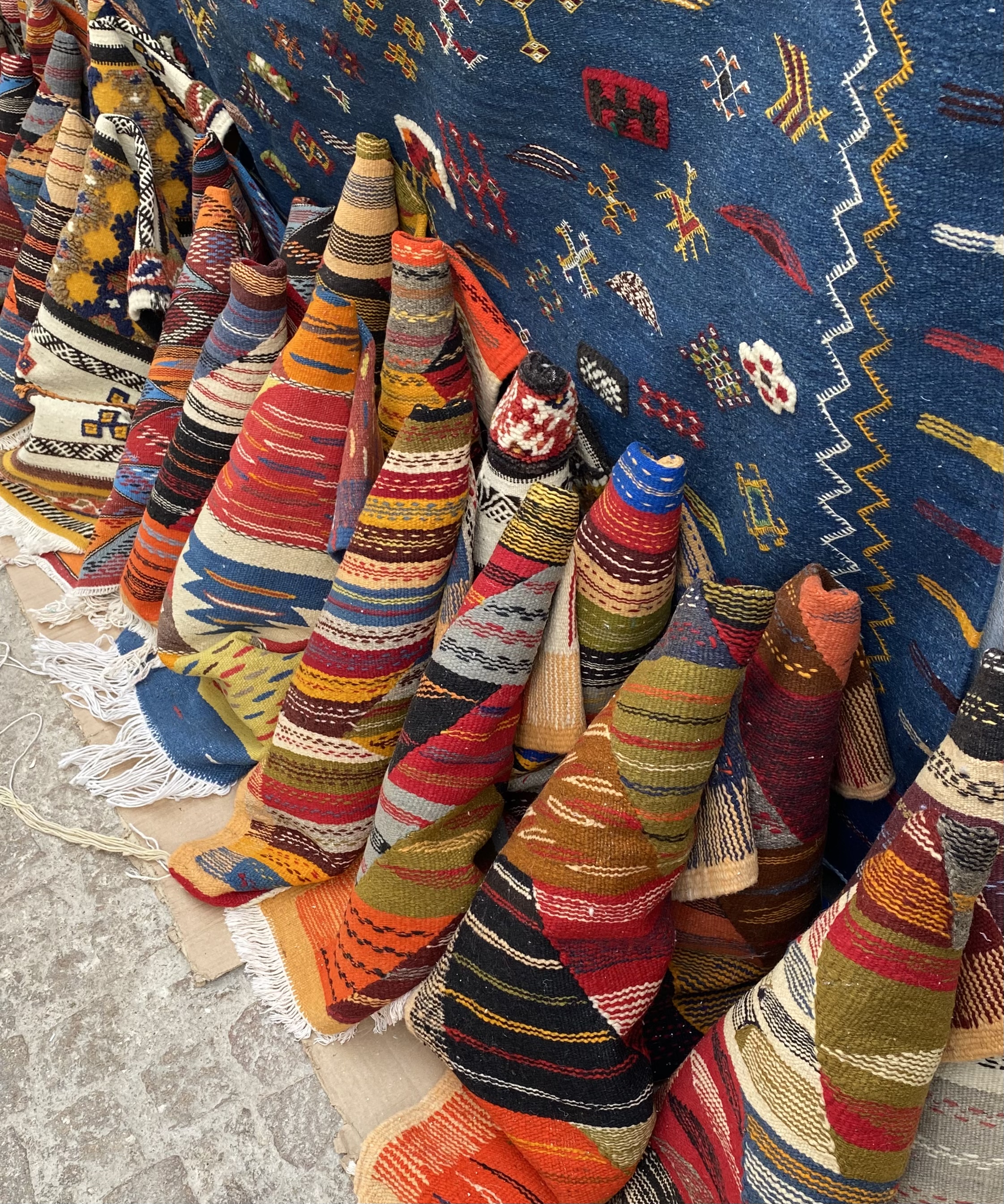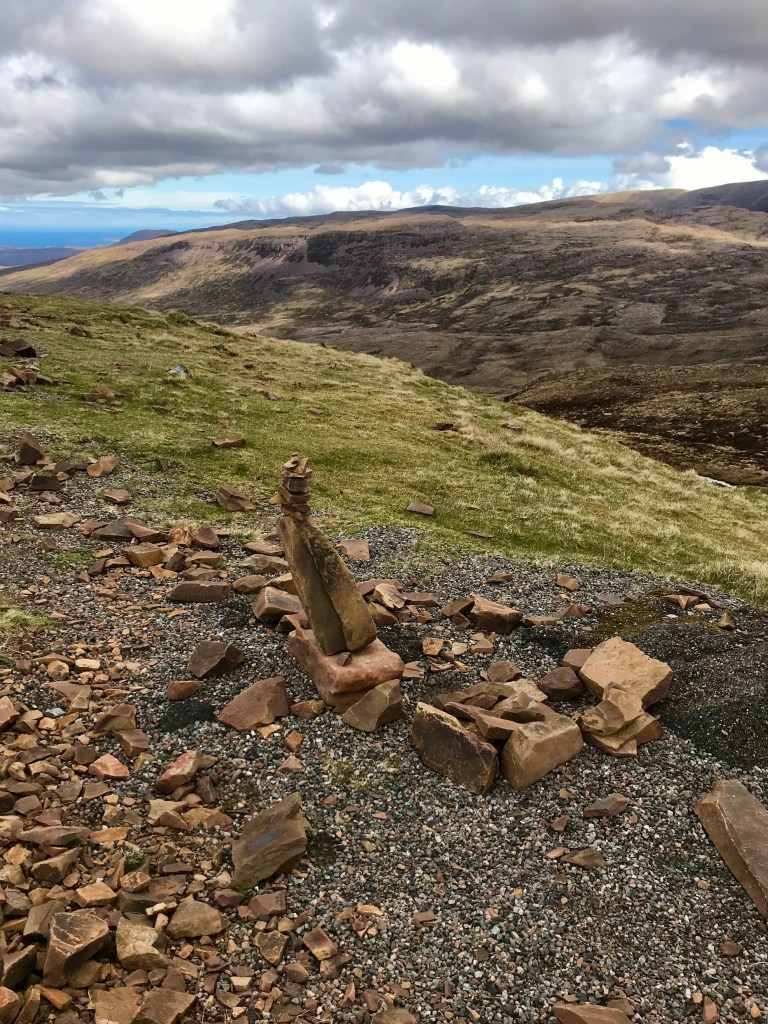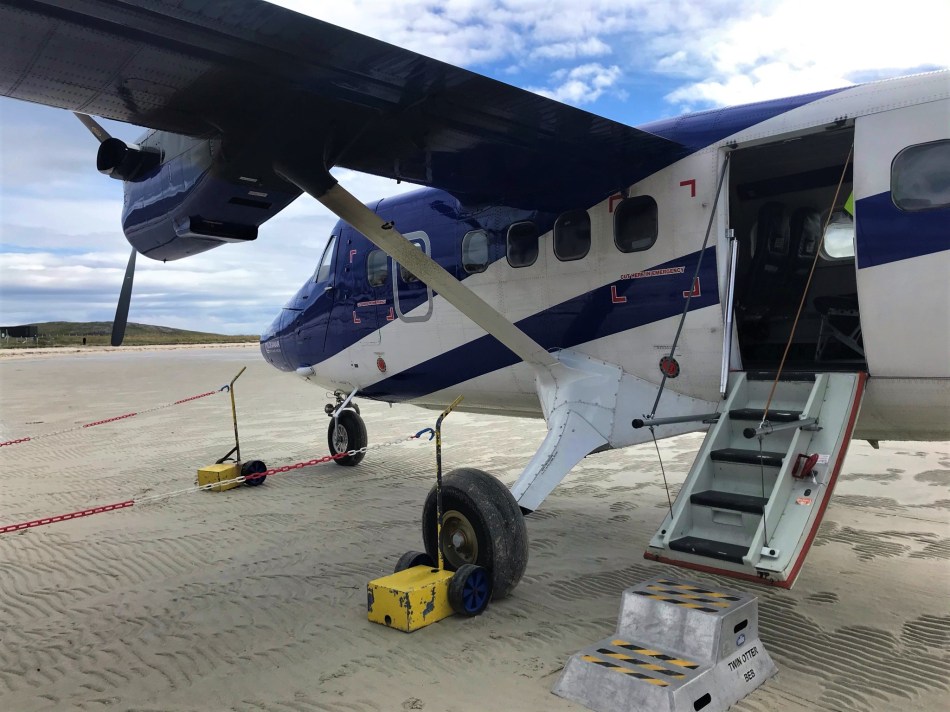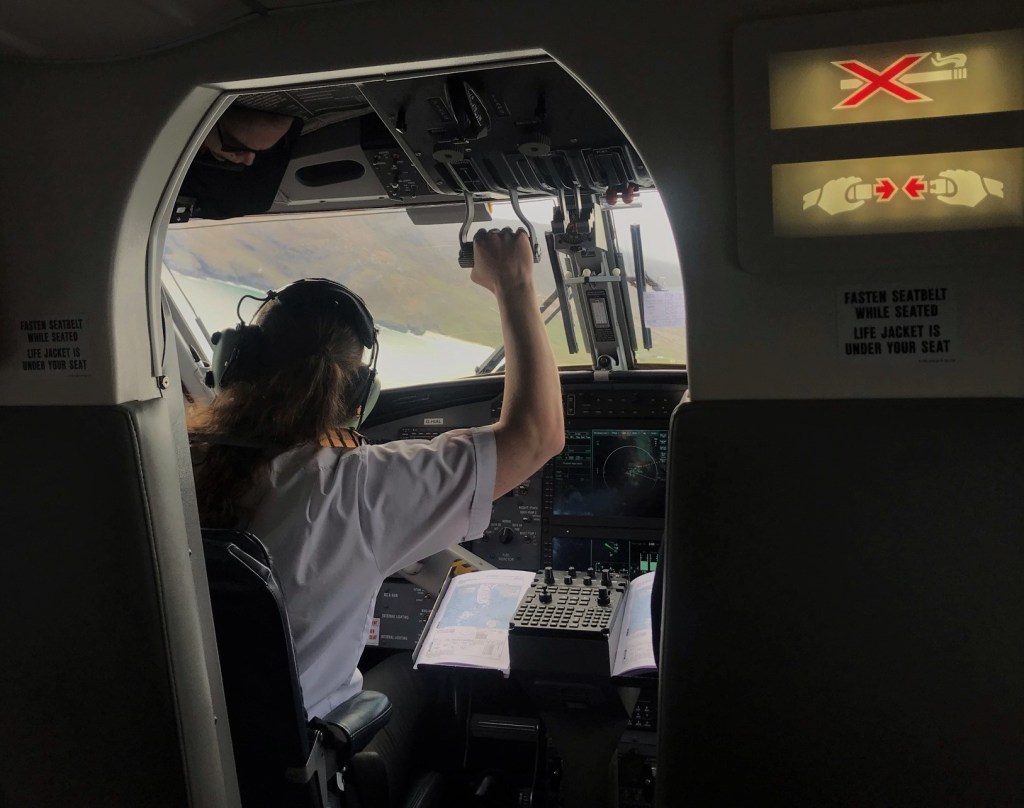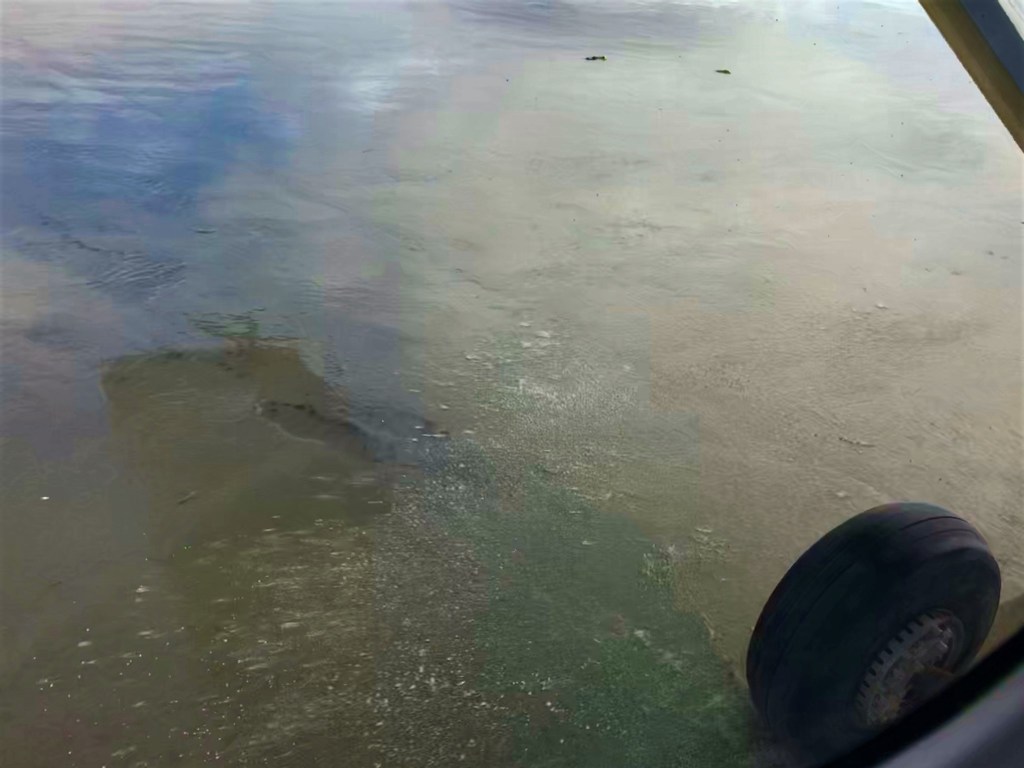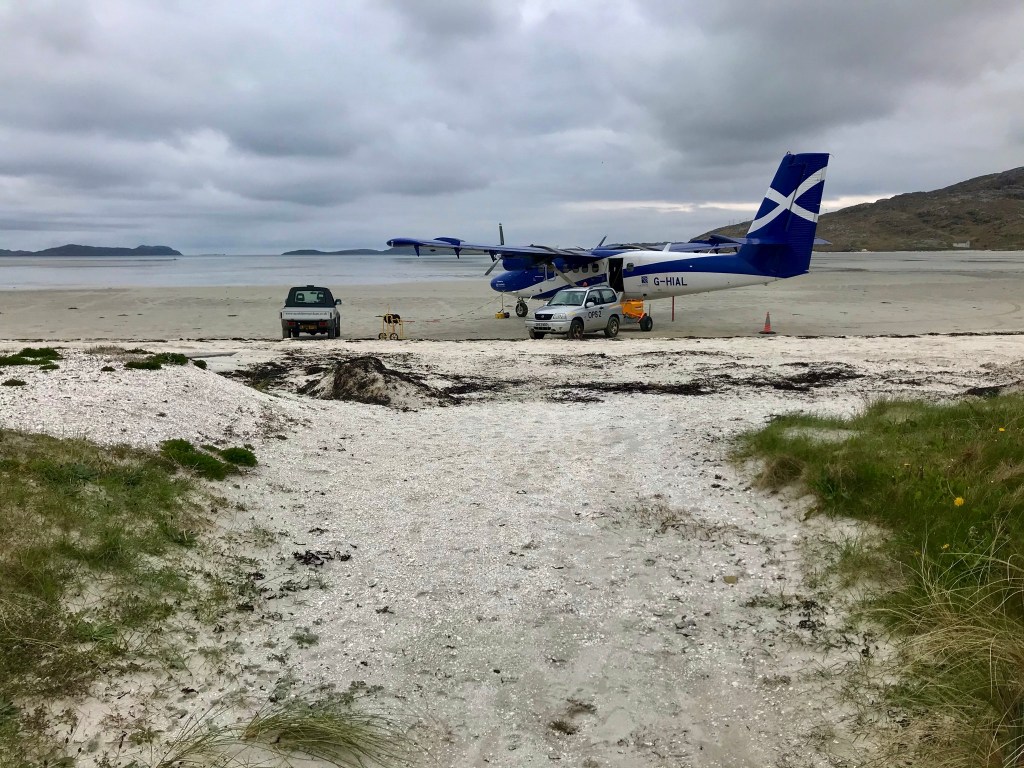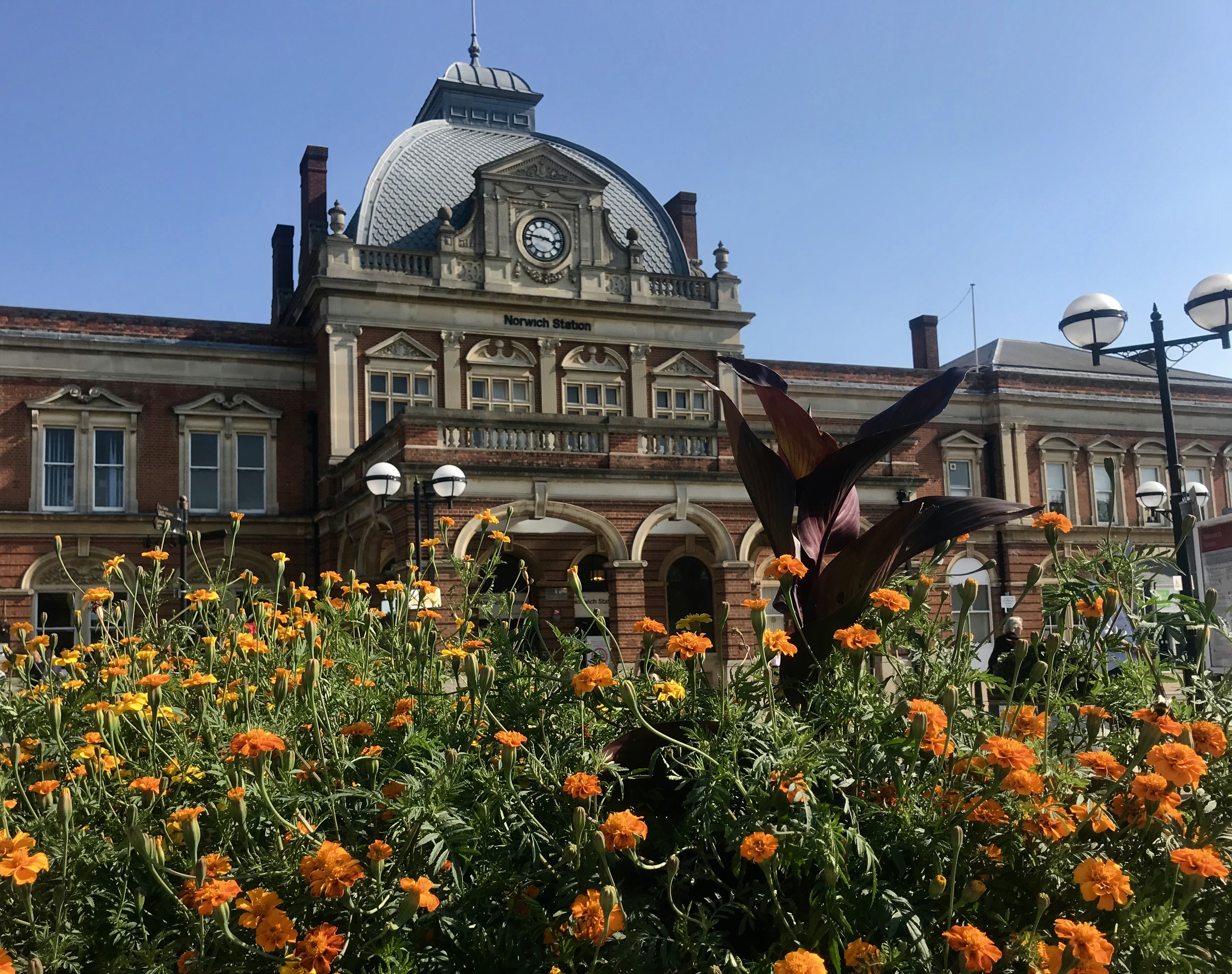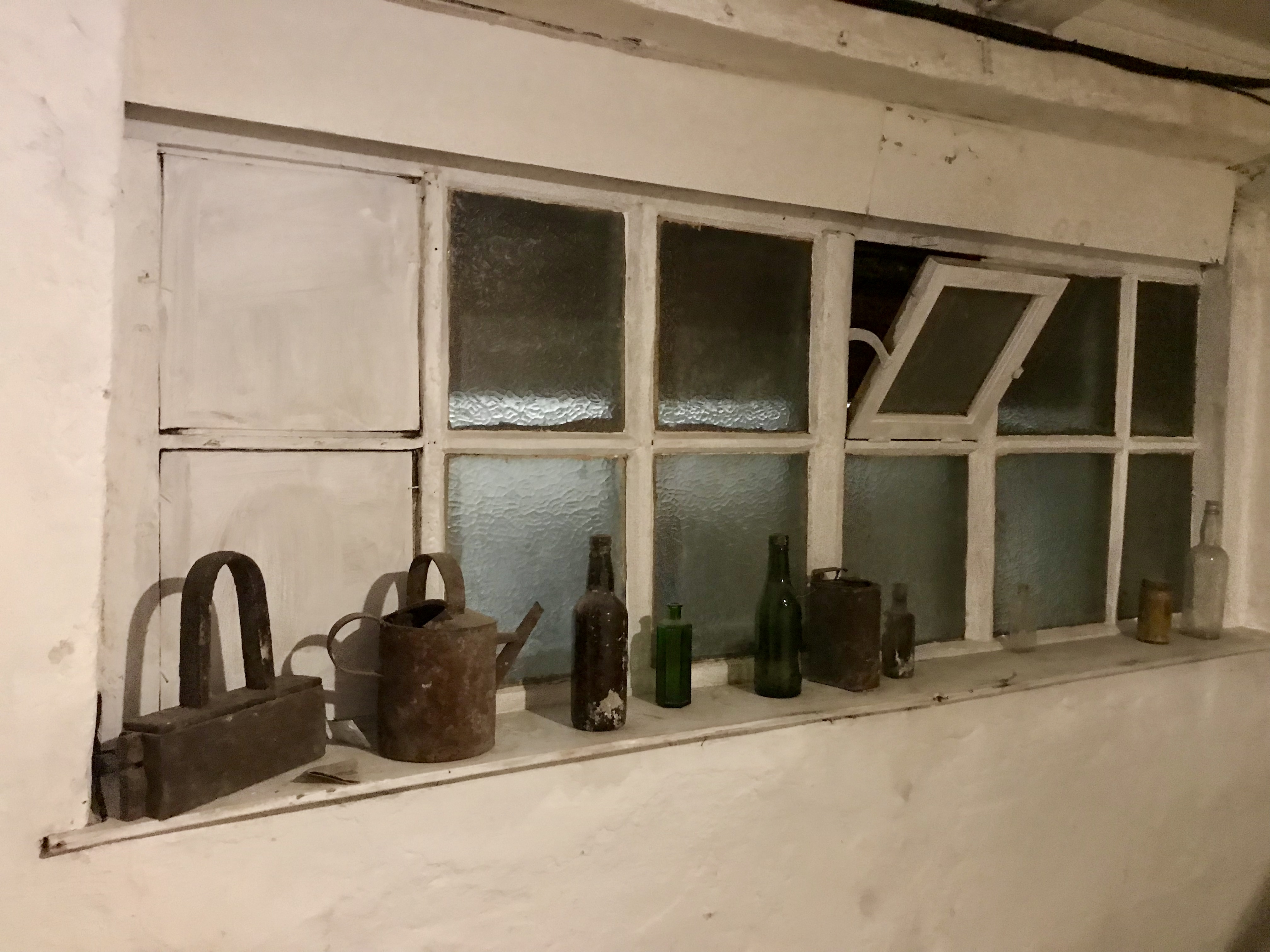A day trip to Essaouira
Essaouira is a port on the Moroccan coast that’s been on my travel wish list for many years. While I was in Morocco earlier this month, I figured I could visit the town as a side trip from Marrakesh and ended up spending a very enjoyable day there. Here’s how to do it.
What to see
Essaouira’s location beside the Atlantic Ocean makes it an ideal spot for surfing. On the day I visited, the air was still, with no waves of any use to anyone hoping for more than a swim. The beach was relatively busy – even on this early October day the temperature was in the mid-twenties. I strolled along the seafront to the port, where a mass of pretty blue fishing boats bobbed in the smelly, polluted water.
Essaouira is famous for its sardines and everywhere I looked there were boxes of fish packed in salt. Some were being detached from lines, others placed on grills ready for lunch. Watched by a number of hungry cats, I drew up a faded plastic chair and tucked in to a plate of grilled sardines and fresh bread – it cost me less than £3 and it was utterly delicious.
Next, it was time to explore the medina. Essaouira’s walled old town isn’t as densely packed as those in Marrakesh or Fes. With broader streets, there’s less likelihood of being run over by a motorbike or donkey cart as you browse. Sellers aren’t pushy and you can inspect the merchandise with no more than a laidback greeting. However, it lacks the choice you’ll find in the souks of Marrakesh, so save your purchases of brassware, leather goods and textiles for later – read my tips on how to haggle first.
What I did find fascinating, however, was the quiet back alleys of the Jewish Quarter. The city they used to call Mogador welcomed the Jewish community for their skills as traders. Their part of Essaouira is called the Mellah. Today, this walled ghetto is undergoing change; there is evidence of demolition and renovation all over.
But here and there you’ll find the Star of David carved into a wall, spot a sign indicating a centuries-old hammam or catch a woodworker carving an intricate mirror.During my visit the Slat Lkahal Mogador synagogue was closed, but I was able to duck under arches and wander along narrow derbs to get a feel for the neighbourhood.
Getting there
I was already in Marrakesh, so there were a few choices about how to get there. I could have booked an organised tour, though that isn’t my cup of tea. I could have rented a car and driven, but decided against that so that I could have a nap on the journey if I wanted to. The riad I was staying in suggested taking a grand taxi from Bab Doukkala. Pre-COVID I’d have been fine crammed into a small space with a bunch of strangers but didn’t want to tempt fate. So as the railway doesn’t head that way, the option I was left with was to take the bus.
CTM and Supratours both serve the route, and CTM was cheapest. My ticket cost 72 dirhams each way (about £11.60) and was bookable online. It left from a terminal a few minutes’ walk from the railway station, so I jumped on a city bus, grabbed a coffee at the station’s branch of Starbucks and strolled to the bus station in good time.
The ride
The journey took about three hours each way but the bus was relatively empty so I had a double seat to myself in each direction. The scenery wasn’t great for the first part of the way as the route takes you through featureless desert. As you near the coast, there are more trees. Some were full of goats.
These tree-climbing goats traditionally munched on the leaves of the argan trees but today, it’s a contrived tableau aimed at tourists, who are charged a fee for a photo. This article from National Geographic explains how it isn’t good for the goats or the trees. Such exploitation of wildlife is sadly commonplace in Morocco – in the Djemaa el Fna I saw monkeys on chains being led around the square in the hope of persuading someone to snap a selfie. Such behaviour mars what’s otherwise a super place to visit, though while it’s a necessary source of income, sadly it’s hard to see anything changing.
Visiting a kangaroo orphanage in Coober Pedy
Josephine’s Gallery and Kangaroo Orphanage was one of the Coober Pedy attractions I was most looking forward to. The sale of Aboriginal art and a modest entry charge help support this South Australian outback institution in the rescue and rehabilitation of orphaned joeys.


Animal lovers Josephine and Terry Brennan-Kuss opened their orphanage in 2008 and since then have rescued wildlife in need from an area the size of Germany. Some have been orphaned after their parents died in road traffic accidents. Feeding time kicks off with a chance to interact with the older kangaroos who have a thing for wasabi peas. The spicy taste apparently reminds them of a shrub they eat in the wild.


Next, it was time for Terry to fetch Olly, one of two joeys at the orphanage at the time of my visit. Terry gave him his bottle while we looked on. After Olly had a hop around – and was interrupted from some mischievous munching of potting compost – we got to give him a cuddle. Holding his tail very firmly, he settled back for a rest and plenty of strokes. Unlike the older kangaroos, he hadn’t yet developed a fear of having his ears touched. (When a kangaroo gets into a fight, it throws its head back so its opponent doesn’t gouge out its eyes.)
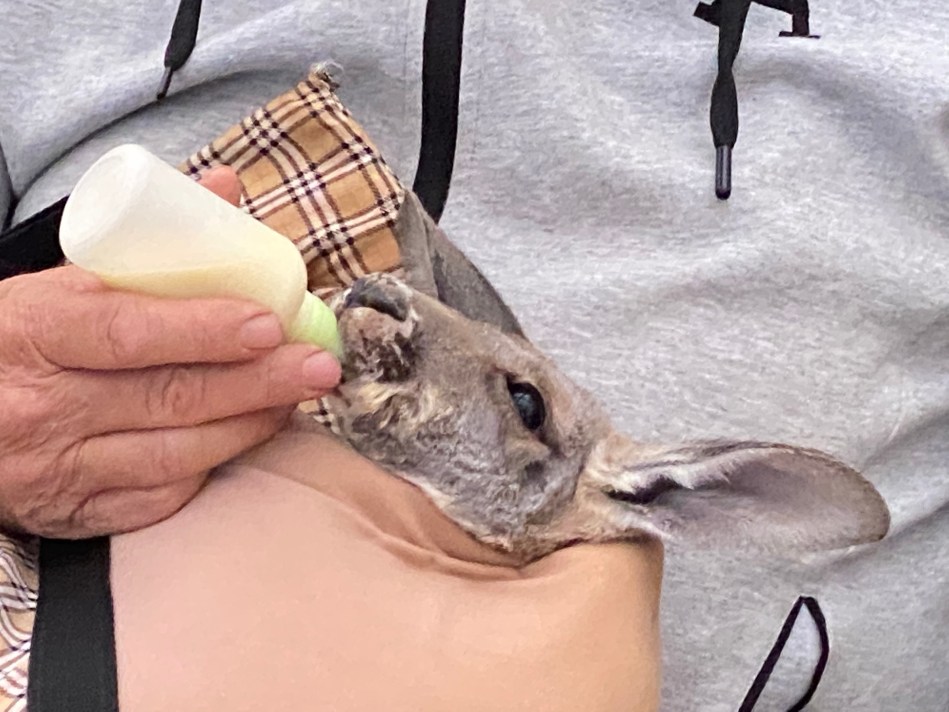

Olly hopped head first into his bag – mimicking Mum’s pouch – and it was time for us to say goodbye. You can find the orphanage on Coober Pedy’s Hutchison Street. Feeding time is late afternoon.
Off the bucket list: the Neighbours tour
I visited Australia many years ago, and one of the highlights of my trip was doing the Neighbours tour. Since then much has happened. First, the tour was extended to include the outdoor areas of the set, something that wasn’t possible on the original version. Most recently, news broke that Neighbours was coming to an end after being on our screens for 37 years. That was enough incentive for me to book flights to Melbourne and take the Neighbours tour again. If you’re a fan too, here are some photos from the tour. It runs until the end of July 2022; after that the future of the tour is uncertain.
First up, the street in real life: Pin Oak Court and the houses used for exterior shots.

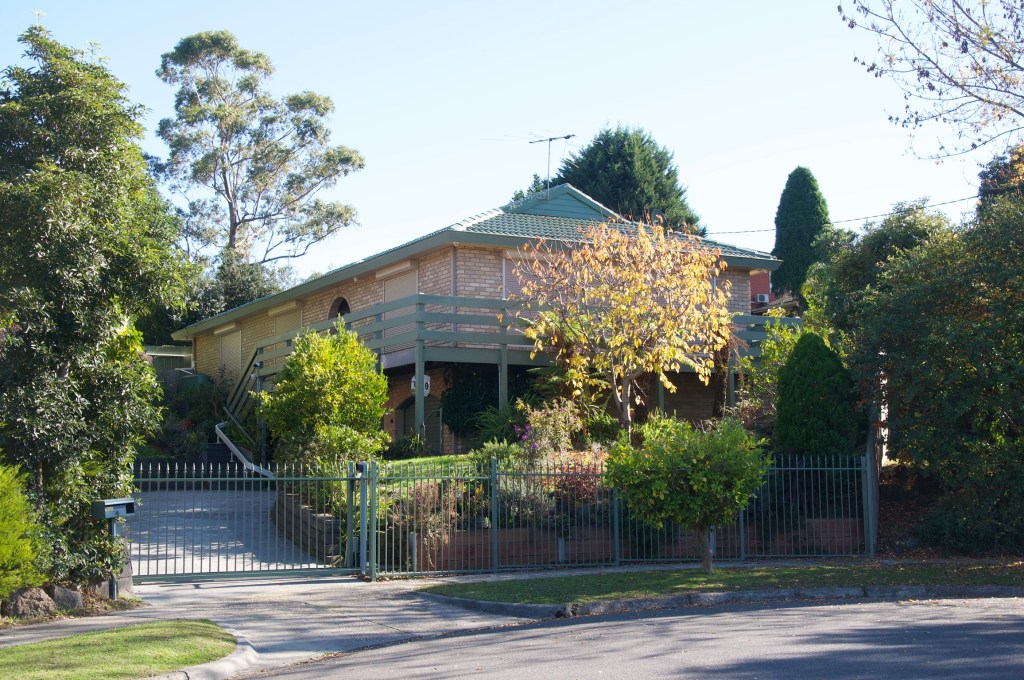
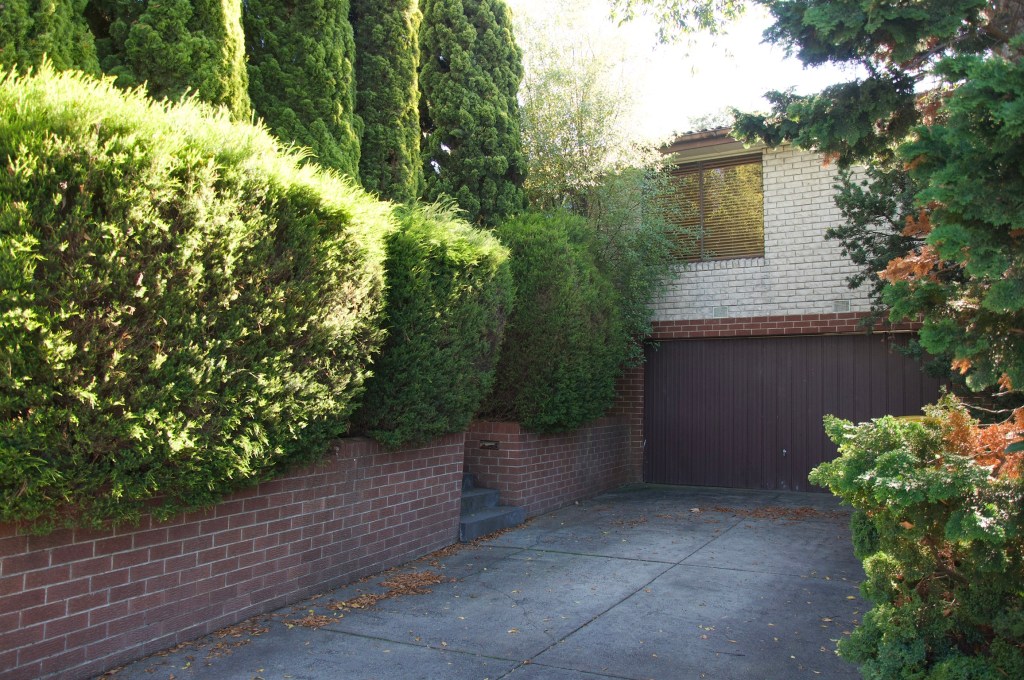
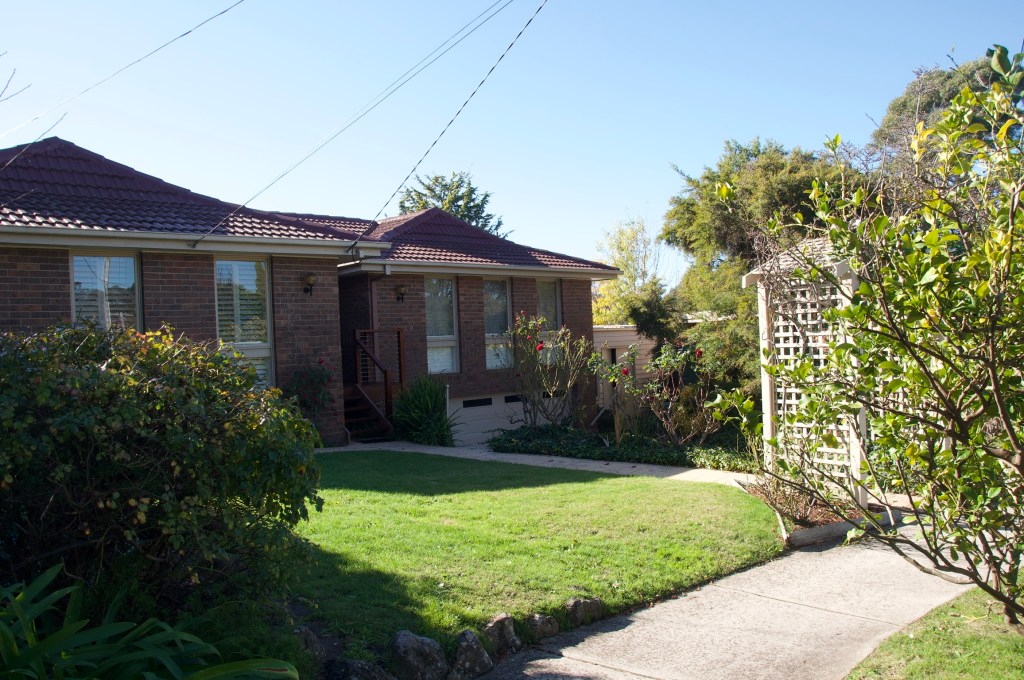
Just down the road, at the Nunawading studios, you’ll find some of the back gardens plus Karl Kennedy’s greenhouse. In case you were wondering, you can still see one of Sheila’s gnomes even though she moved out.
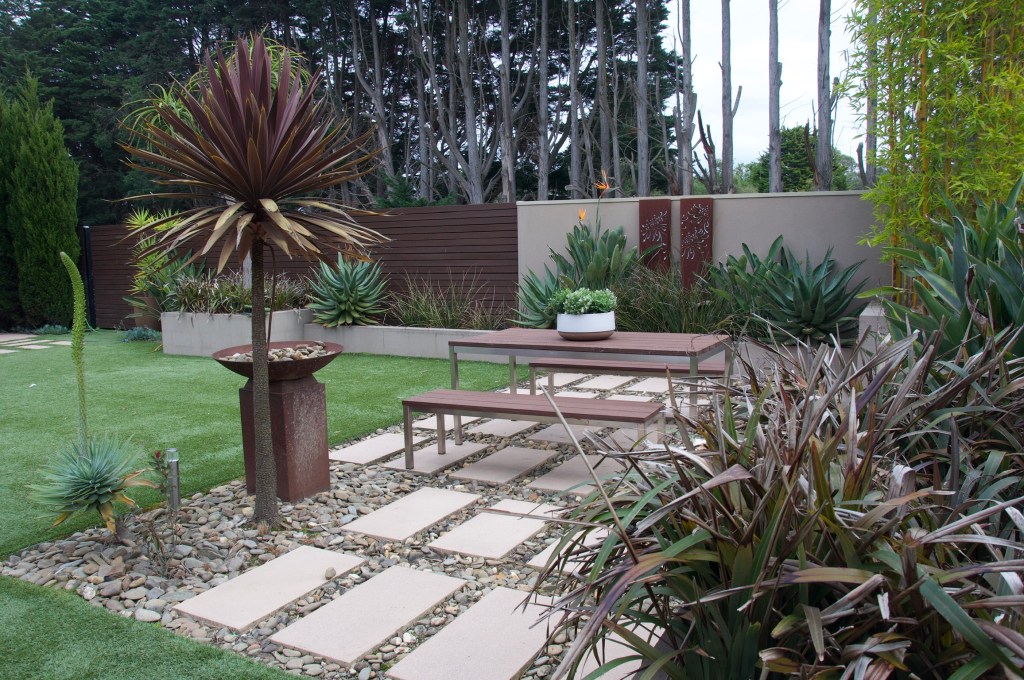



As you walk in from the main gate and on the set, the first things you see are the cars, including Hermione and an Erinsborough Hospital ambulance, plus the tram.
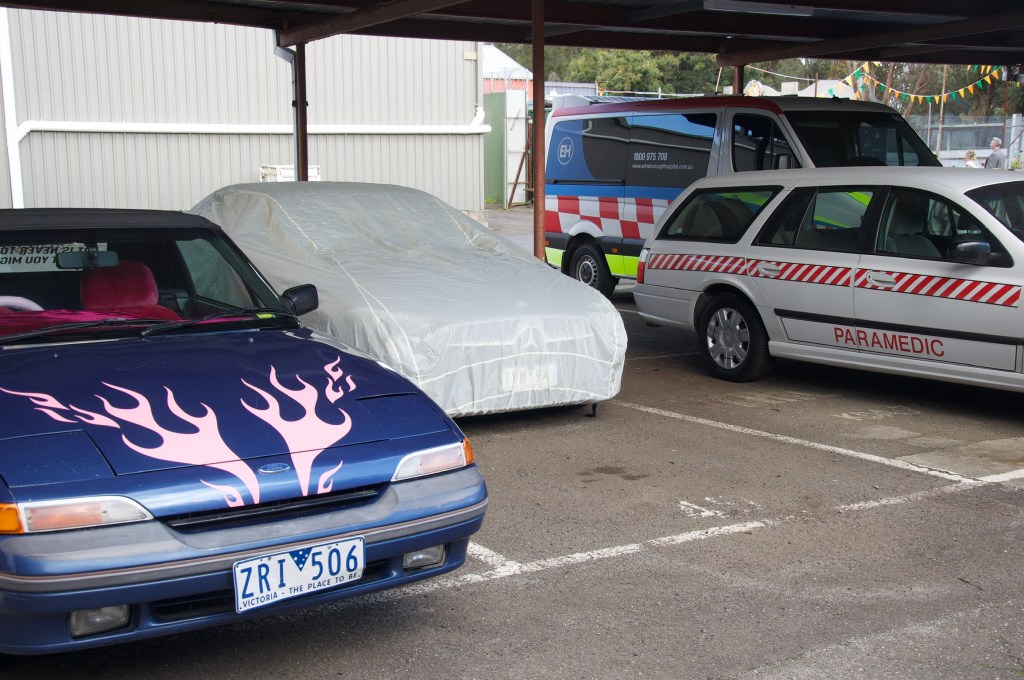
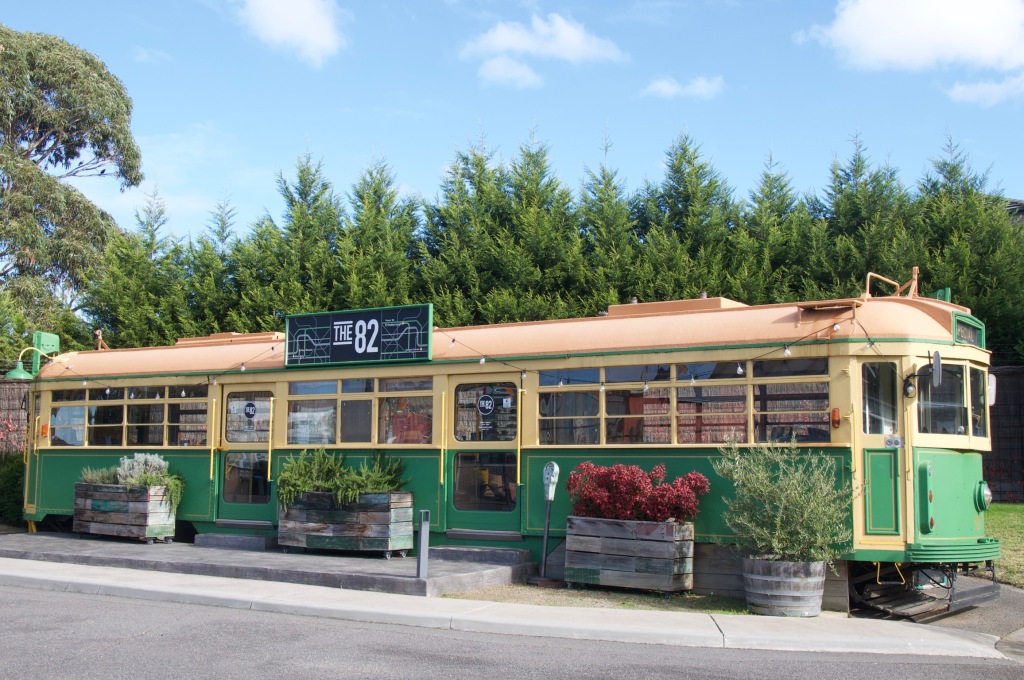
Next, you pass by some of the less frequently used business sets, including Grease Monkeys, Fitzgerald Motors, the yard owned by Kyle Canning when he ran Dial-a-Kyle and Sonya’s Nursery. There’s an indoor set at the mechanics too, which you can see if you peer through the window.


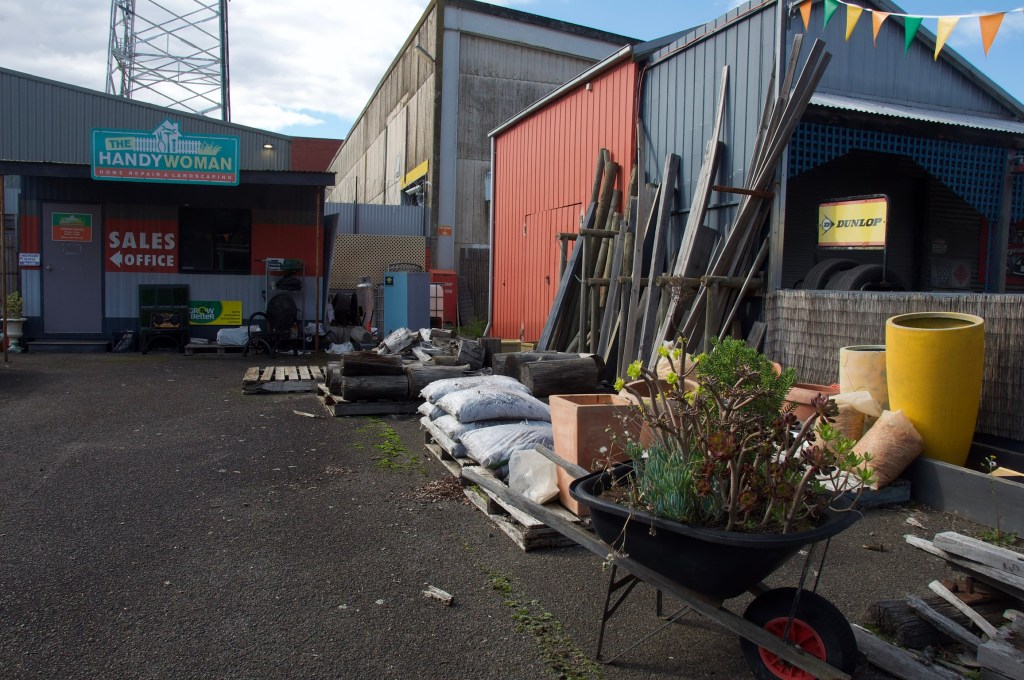

You might also remember Sonia’s mural, the community centre, these trees and The Hive/Leo’s Backpackers. Also, you can see the university mural featuring a young Toadie (and Harlow) plus a couple of lecture rooms. The sign for the Geography department at Erinsborough High is nearer the entrance to the studios.

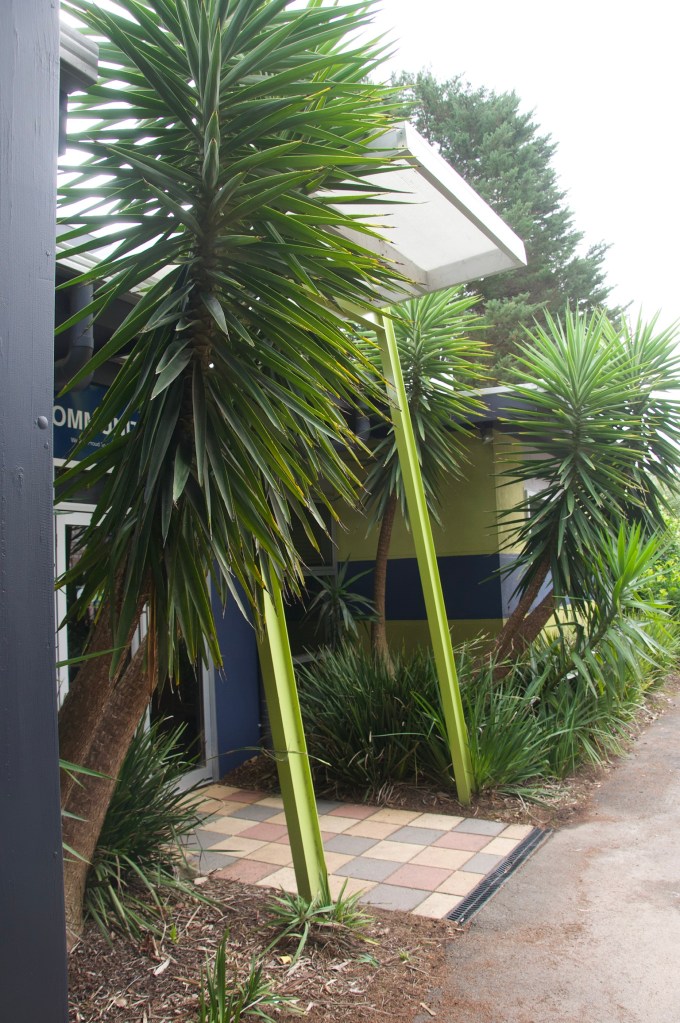
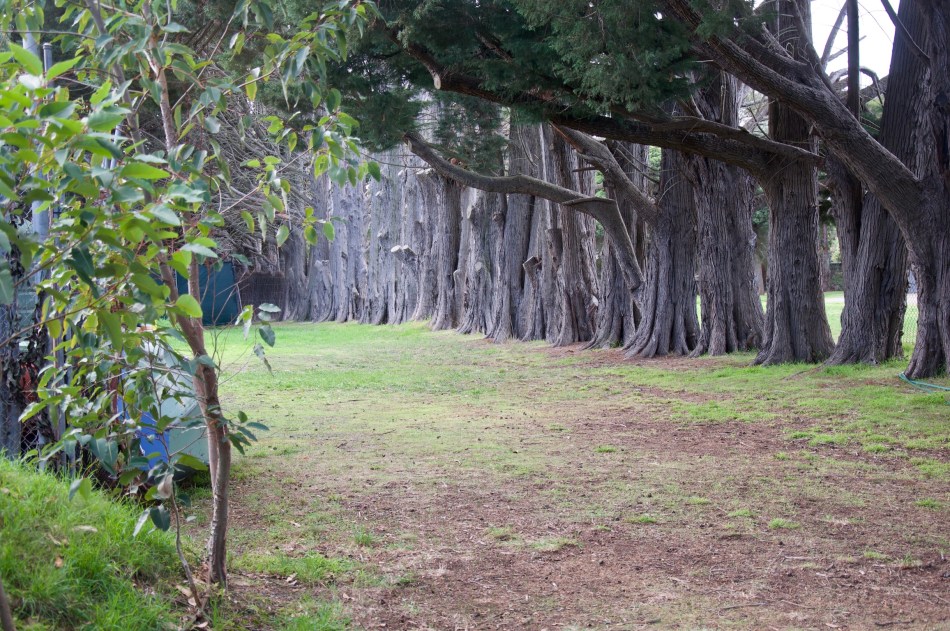
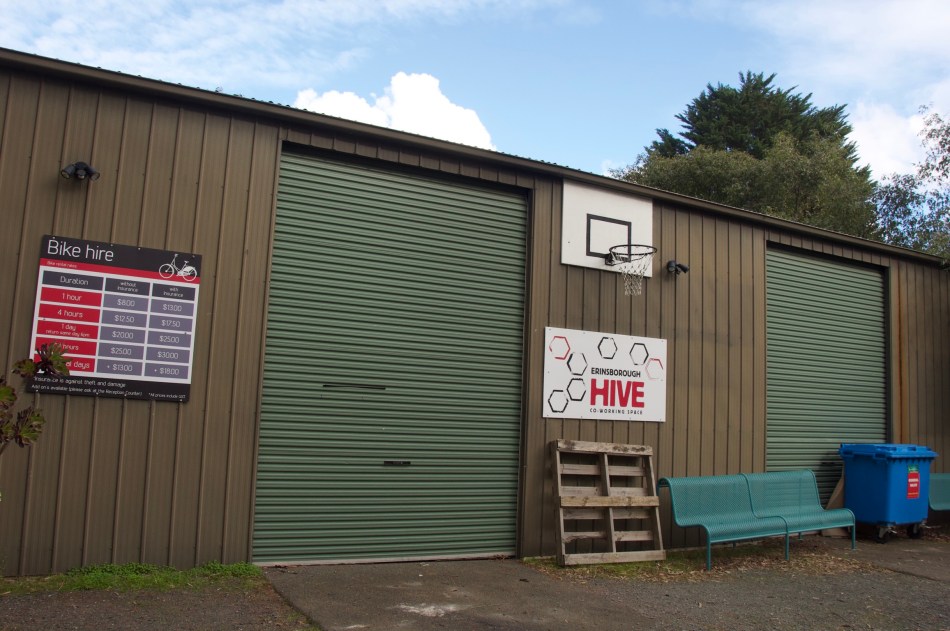
However, the main attraction is the Lassiters complex, of course, home to The Waterhole, Harold’s Cafe, the hotel and much more. Some of these businesses have indoor staging too, so for instance you can see the hotel lobby and lift, as well as Jarrod’s office.


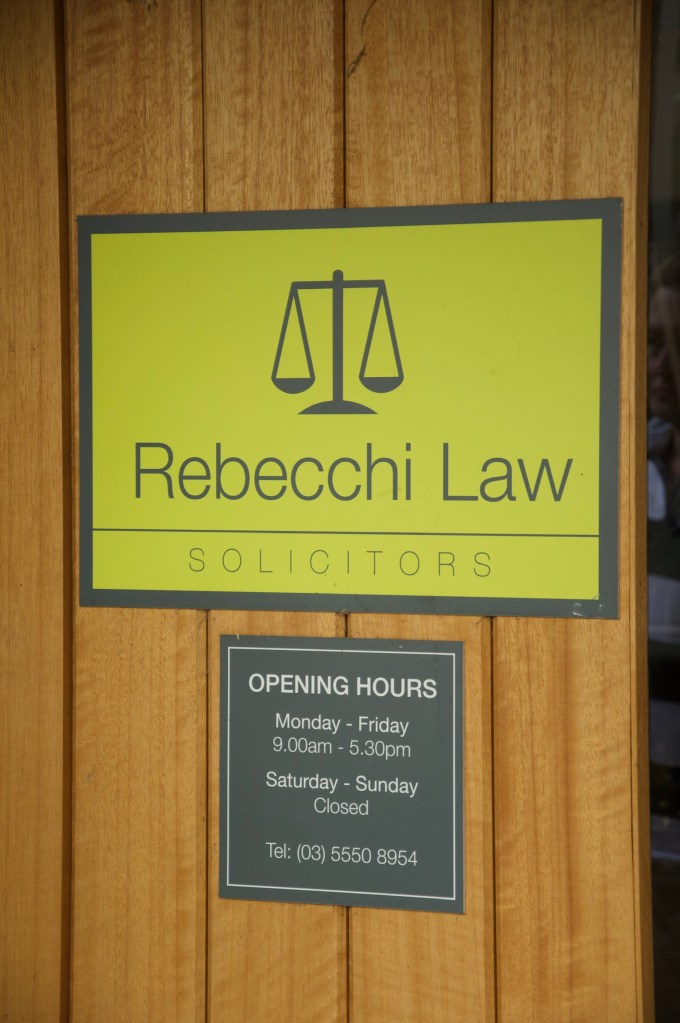


That’s all from the set.
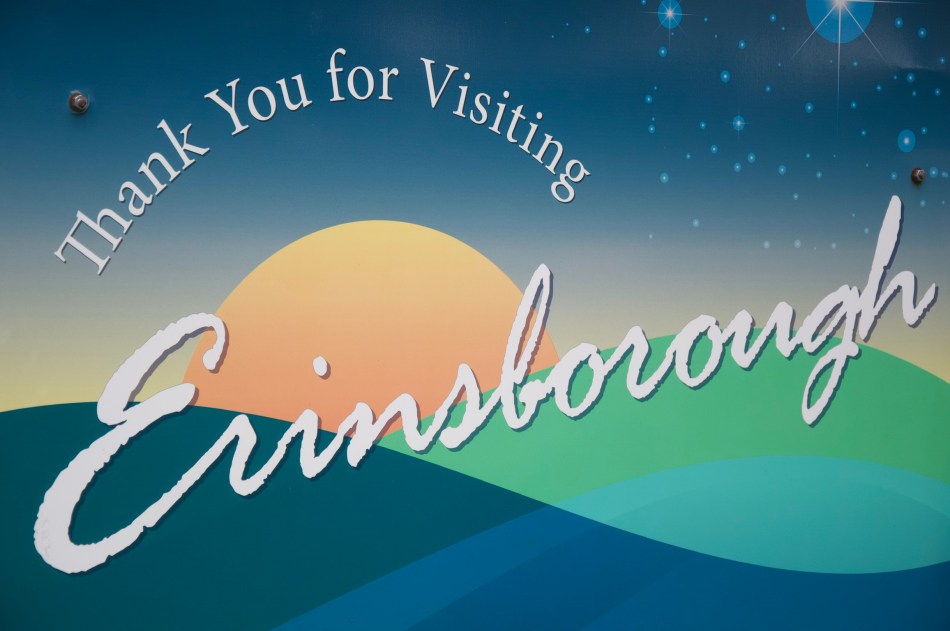
What’s it like to drive up one of the UK’s steepest roads?
The Bealach na Bà – Gaelic for Pass of the Cattle – is the UK’s steepest ascent. This road was initially built as a drovers’ road, used by farmers to move their livestock to better pastures or to market. It dates from 1822 and cuts across the Applecross peninsula in the Scottish Highlands. It’s not the highest mountain pass in the country; that honour goes to Scotland’s Cairnwell Pass, the top of which is 670 metres above sea level. However, because the Bealach na Bà starts at sea level and rises to 626 metres, it’s widely considered the UK’s steepest ascent. I drove this historic mountain pass, part of Scotland’s North Coast 500 route, in May 2021 – so what’s it like to drive up one of the UK’s steepest roads?

I’d been tipped off by good friends – thank you Alex and Karen – that the Applecross Inn was worthy of a detour for its king scallops alone. My B&B was actually on the Isle of Skye, but fortuitously I’d opted for the southerly Sleat peninsula. (I’d like to pretend that was deliberate but in truth I just didn’t want to pay Portree prices.) Anyway, thanks to the Skye Bridge, getting back to the mainland wasn’t difficult. From there, while everyone else was still washing up their porridge pots, I followed an almost empty road across the Lochalsh peninsula and around beautiful Loch Carron.
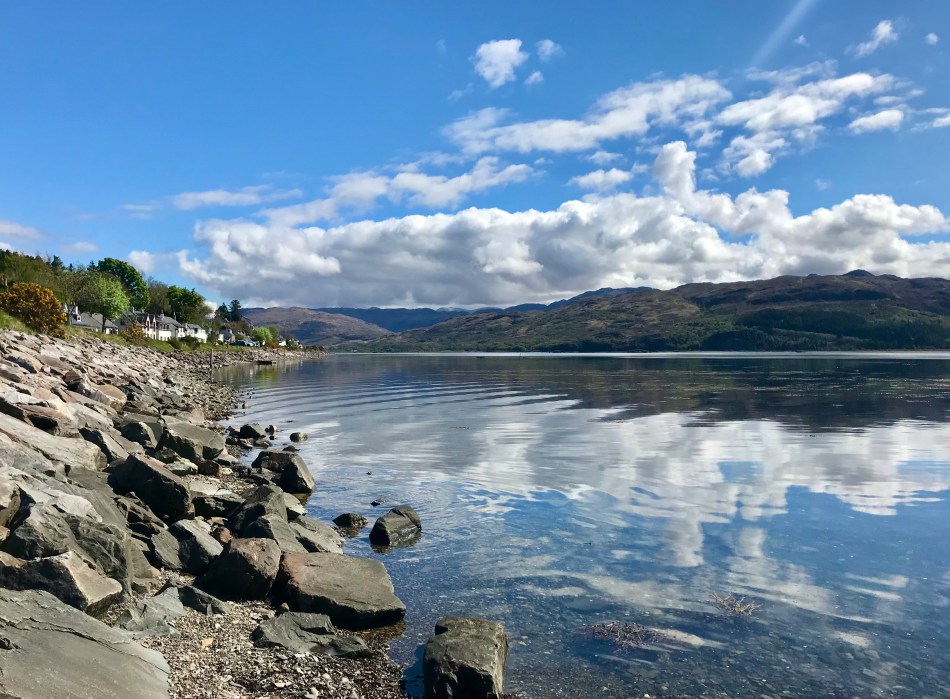
Not long afterwards, I reached this sign, which was a warning not to underestimate the route ahead. I’ve had to use this picture instead of one of my own as I was so excited to get going on the Bealach na Bà I didn’t think to stop!
Fortunately, it’s been a very long time since I was a learner driver and I wasn’t towing a caravan. I’ve also driven an Austrian mountain pass with the dog on board, not to mention some of Iceland’s steepest gravel roads, so I figured this wouldn’t be a big deal. They are both two-lane, however…
As on many of Scotland’s islands, this mainland route has sections that are single-track. We have them here in the north Essex countryside and they are a nightmare in the daytime. Lined with tall hedges or fields of crops, it’s almost impossible to see what’s coming and every bend is accompanied by the threat of a head on collision. At least at night you see approaching headlights. However, in Scotland, I found the narrowest highways considerably better managed. There is signage at regular intervals indicating where the passing places are, and these themselves are a significant step up from the micro-gaps and farm gateways on my local country lanes. Essex Highways, take note.

As it turned out, I was also lucky that I’d timed my trip just before Scotland’s COVID rules relaxed to permit indoor drinking; the number of visitors was still relatively low which was a bonus when passing through the many narrow stretches. I’d set out fairly early on a Sunday morning on a fine, sunny day. There were cars about, and also the odd cyclist, but traffic was light. This is really helped once I got up on the higher ground and round its hairpin bends. You see, if the traffic can space out, there’s no need for anyone to retreat to the previous passing place. I read that sometimes a dozen or more cars have to engage reverse and creep back to let other motorists through. That wouldn’t have been fun at all.

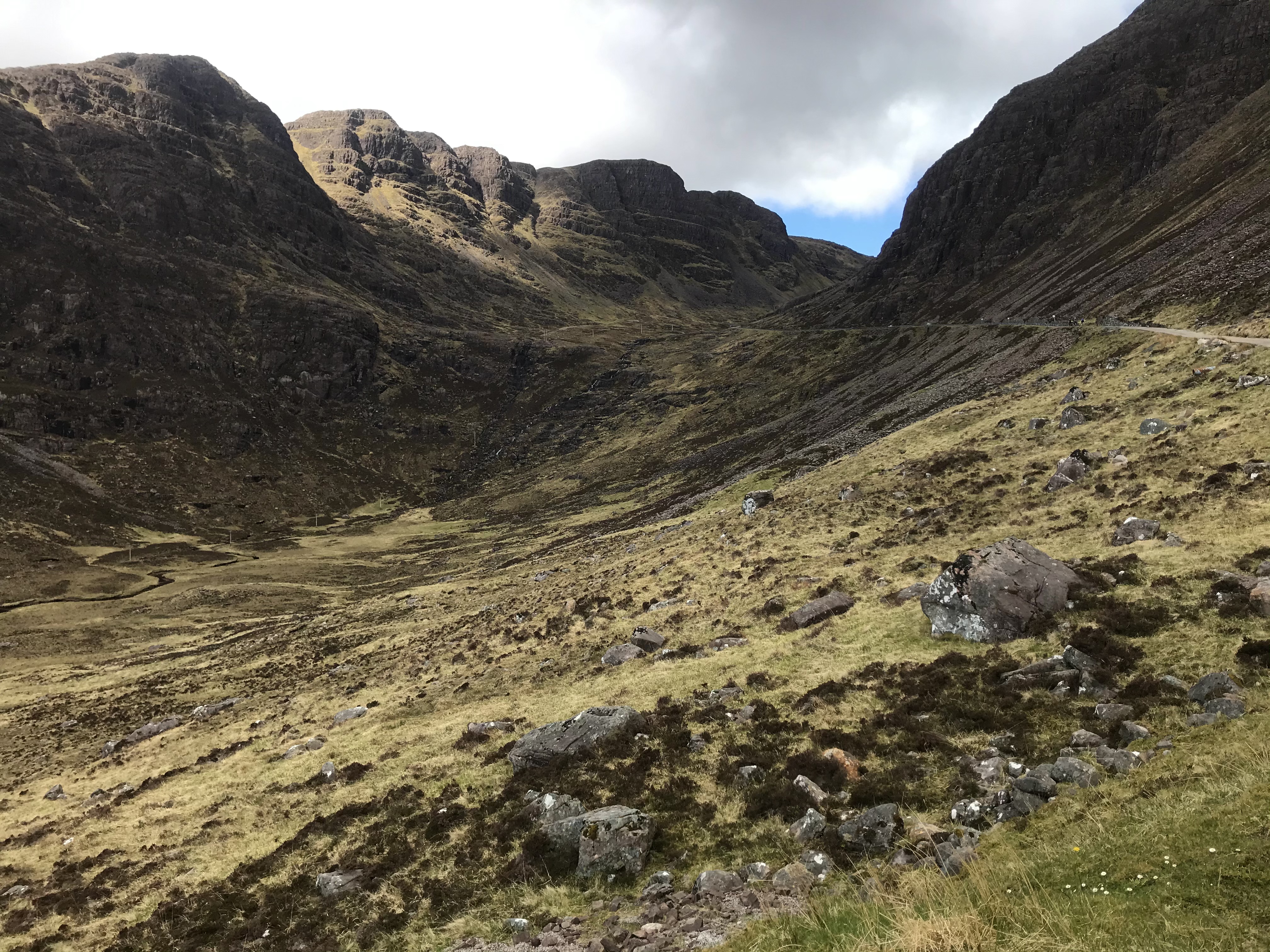

The biggest issue apart from needing to be aware of oncoming traffic was the distraction caused by the jaw-dropping beauty of the surrounding area. On a clear day the views are incredible. Coming from the east, there’s a significant pullout which gives you a chance to get out and take a look at the road winding upwards ahead of you. After that, it’s not safe to stop until you get to the viewpoint at the top, where there’s a large car park on either side of the road. You can see some of the nearby islands, such as Raasay and Skye, and it’s one of the most fabulous panoramas in the country. Don’t be tempted though to pause in a passing place to snap a photo. You could end up blocking the traffic and that will not go down well with your fellow road users.
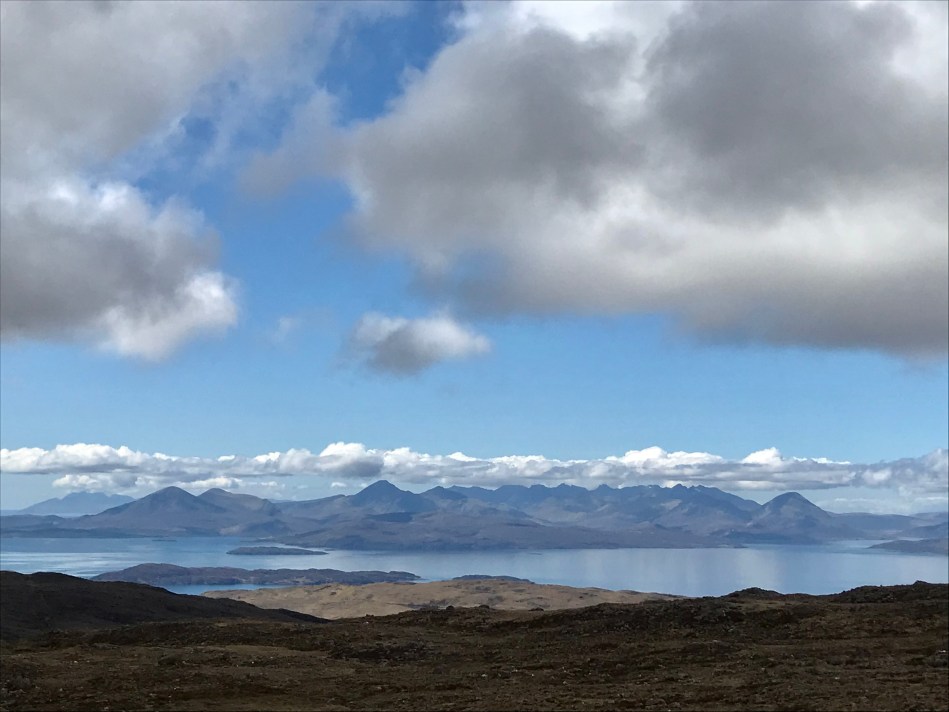
The descent down into Applecross is less twisty but the scenery is still nothing less than spectacular. By the time I started working my way down it was approaching late morning and the traffic was building. After I’d had lunch (I’m pleased to report it was as good as I’d been told) I decided to take the coast road instead as I didn’t fancy ruining my good mood with the stop-start motoring that would now be likely if I backtracked over the pass. Instead, hugging the shoreline I headed north and then looped south. It added over half an hour to my journey time to postcard-perfect Plockton, my final stop of the day, but it was also very scenic and so definitely a good decision.

Driving tips
- Avoid winter – if the weather’s bad, the road can be impassable and if the cloud descends, those breathtaking views will disappear which would be a terrible waste.
- Know your car – if you’re taking your own, you’ll be in familiar territory, but if you’re renting, opt for something slightly smaller than your own vehicle but don’t skimp on the horsepower. Also consider hiring an automatic which will take the hassle out of those hairpin bend gear changes.
- Consider leaving early in the morning to give yourself the best chance of lighter traffic.
- Always give way to oncoming traffic where they have right of way. Pull over on your own side of the road at a passing place, regardless of which side the passing place is – oncoming traffic should pull round you rather than drive in a straight line so that both vehicles remain on the correct side of the road.
- Book ahead for the Applecross Inn as it does get busy. Allow more time than you think to get there – check your Sat Nav or Google maps and then add on a generous amount of stopping time, as you won’t want to rush this drive.
My conclusion? If you find yourself in this part of Scotland, driving the Bealach na Bà is a must. My only disappointment was that I didn’t see any Highland cattle. According to Visit Scotland, I could have done (perhaps I was too busy concentrating on the road?) I guess I shall just have to try my luck another time, which gives me an ideal excuse to drive this magnificent route again.
A dog friendly break in Shropshire
Aside from a brief visit to Ironbridge many years ago, this was my first visit to Shropshire. I’ve just returned from a few days spent in a converted cow shed – rather lovelier than it sounds – in a sleepy village close to the Shropshire Hills. What follows is by no means a complete guide to the area – for that I recommend the excellent Slow Travel Shropshire by Marie Kreft. As with other guides in this Bradt series, it will equip both first-time and return visitors with all the information they need to get the most out of this beautiful county.
Where we stayed

Home for a few days was the delightful Little Drift cottage in Edgton. Convenient for Ludlow and Church Stretton, this cute place was surprisingly spacious. The cottage shares an enclosed courtyard with the owners’ house with a couple of seats perfectly located to enjoy the late afternoon sunshine over a glass of wine. Inside, the comfortable living room and well-equipped kitchen were more than adequate for our needs, while upstairs there were two roomy bedrooms and a modern bathroom. There were enough dog-friendly touches to make this work for Edison as well – dogs allowed upstairs and a hose outside in case he got too muddy – useful for cleaning off hiking boots too.
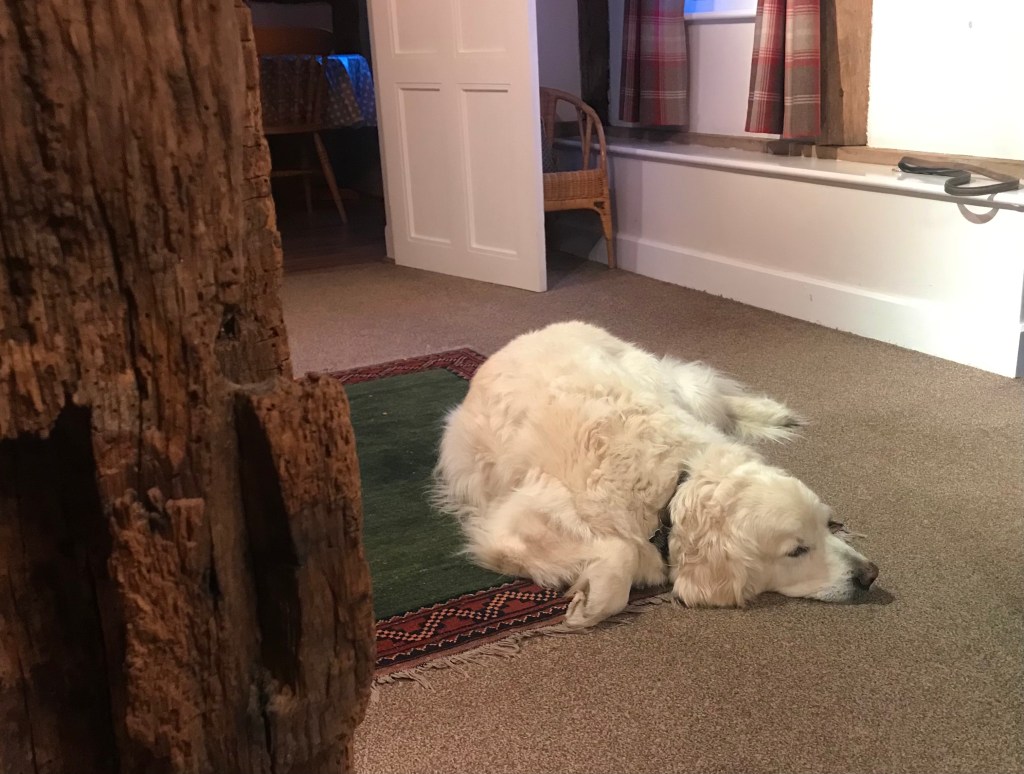
Where we strayed
Ironbridge

The UNESCO World Heritage Site of Ironbridge is handily close to Telford and as such barely a detour from our route into Shropshire. It’s the oldest iron bridge in the world, erected in 1779. In nearby Coalbrookdale in 1709, Abraham Darby had worked out how to produce iron on a commercial scale and the area soon attracted industry. With that, access needed to be improved and Thomas Pritchard, a local architect, came up with a groundbreaking design for an iron bridge. He died in 1777 but Darby’s grandson took on the job of overseeing construction. The result was the single span bridge we see today, 30 metres long and boasting five semi-circular ribs. It cost about £6000 to build, almost double the original estimate.

Much Wenlock

This charming place bills itself as instrumental in the establishment of the modern day Olympics, though with the dog in tow (not to mention COVID restrictions) we were confined to outdoor attractions only. There is a museum, however, should you be keen to learn more. Instead, we were content with a stroll through the village to admire the many historic properties and also a visit to Wenlock Priory. Managed by English Heritage, this ruined monastery stands close to fields grazed by sheep and at this time of year, plenty of lambs. It is sufficiently intact for visitors to get a sense of what it would have once been like, particularly if you take advantage of the audio guide provided.

Carding Mill Valley

Managed by the National Trust, Carding Mill Valley offers an easy but scenic walk to Lightspout Waterfall. The route is billed as moderate, as there are a few short stretches which involve some minor clambering over rocks. Edison enjoyed the chance to cool his paws in the stream, and have a drink whenever he wanted. The weather had been mostly dry in the weeks before our visit so there wasn’t a lot of water in the falls, but they were pretty nevertheless. We looped back along New Pool Hollow on a trail the National Trust described as “suitable even for children”. It led to a small reservoir before looping back to the tearoom.

The Long Mynd
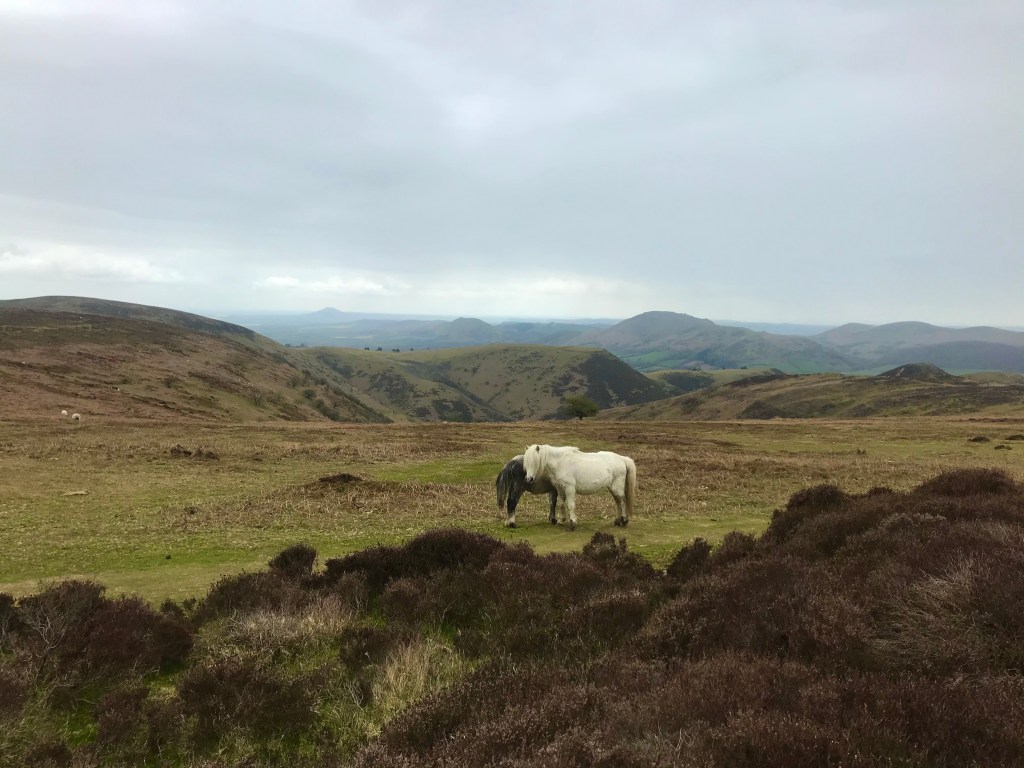
For a longer walk it’s possible to continue from Carding Mill Valley to the Long Mynd on foot. Instead, we chose to drive the Burway – a largely single track road which follows the ridge. There are passing places and as we were early in the season there was barely any traffic but I assume it would get pretty busy in peak season. We parked up near the top and continued on foot – the views were breathtaking and one of the wild ponies that was grazing nearby moved in for a quick lick of the car much to the dog’s surprise. At Pole Bank beside the Triangulation Pillar there’s a signpost which points to local landmarks which is great for getting your bearings.
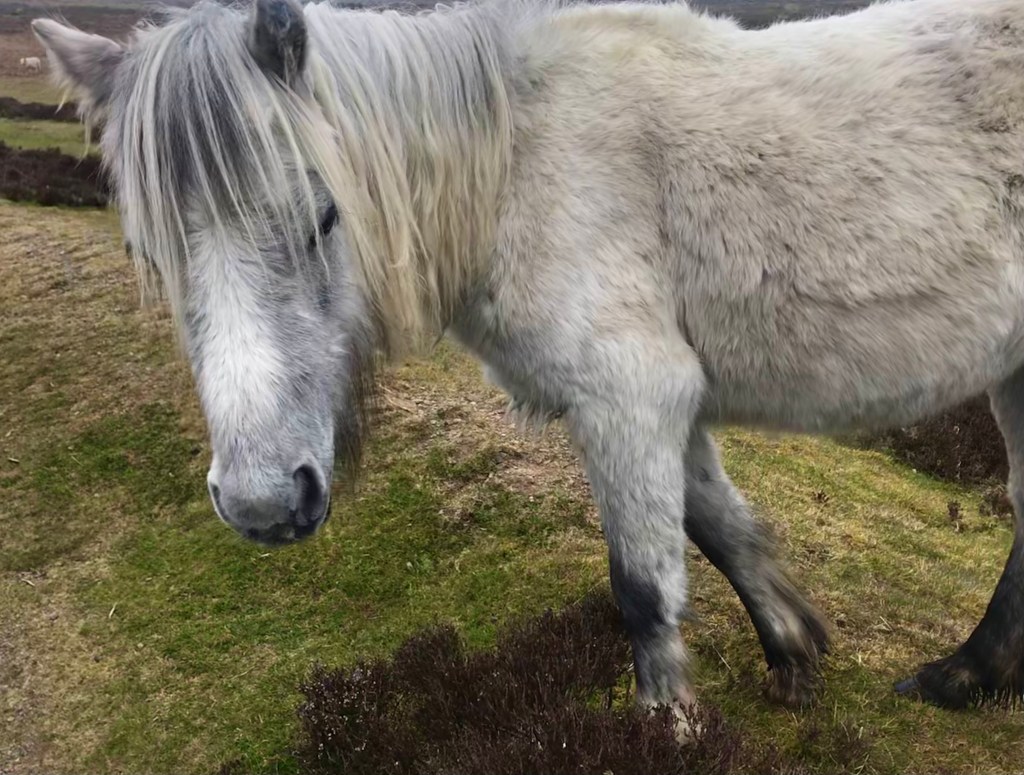
The Stiperstones

The Stiperstones are a collection of rocky outcrops which are formed from quartzite. Surrounded by heather, smaller rocks litter the slopes beneath. Each has a name: you’ll find Shepherd’s Rock, Cranstone Rock and Nipstone Rock. Manstone Rock is the highest point. The largest is Devil’s Chair. According to legend, the Devil was carrying stones in his apron but one of the strings broke, so he dropped them here. There’s also a ghost that roams here: a Saxon noble called Wild Edric haunts this upland area fighting an endless battle. As with other Shropshire uplands, there are some excellent mini-hikes from convenient car parks as well as longer walks.

A trio of castles

There’s no shortage of castles in this part of England though we were a little unlucky. During our visit Stokesay Castle and Ludlow Castle were both off-limits as they were being used for filming. Instead, we had to make do with Acton Burnell Castle, a ruined shell of a property built in the 13th century by Bishop Burnell, Edward I’s Lord Chancellor. It’s free to get in and we had the place to ourselves, save for a couple of squirrels. We only stopped for coffee in Shrewsbury but when COVID restrictions on indoor attractions are lifted, it’s good to know that you can take a self-guided tour of Shrewsbury Prison with a dog in tow. Instead, we looped south to another ruin, Clun Castle and a somewhat unimpressive heap of stones which once formed the fortification in the nearby town of Bishop’s Castle.
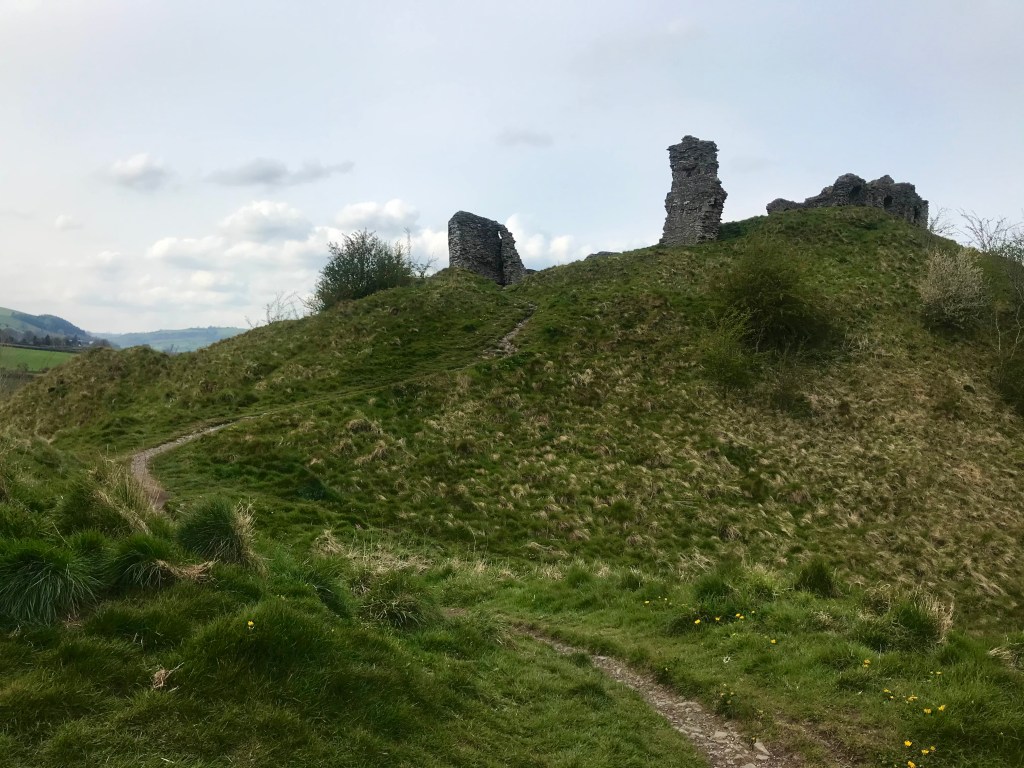
If you know this part of the world at all, you’ll be wondering why I’ve omitted Ludlow. This historic town is definitely a must for visitors. We did a drive-through only on this occasion to admire the many historic buildings but I’m keen to go back for the annual food festival which is held in September. Edison will have to stay home for that trip, as will my “I only eat brown food” husband.
Essex on foot: walk your way through lockdown
These are stressful times but one of the best ways to find a way through this with your sanity intact is to walk. As you connect with your surroundings, you’ll find yourself using more of your senses – you won’t just see what’s around you but be able to smell, hear and touch it. Slowing down the pace gives you time to appreciate what’s around you in a way that taking a scenic drive cannot. Here in Essex, thanks to our flat topography, walking really is accessible to everyone.

Even before the pandemic, Country Walks magazine was encouraging us to get out and explore on foot to improve our fitness. Its Walk 1000 Mile challenge was as simple as it sounds; walk, record, share. If you walk every day, that’s less than 3 miles in one go each time you lace up those boots. The initiative launched early in January, with a year suggested for covering the 1000 mile target, but there’s no reason you can’t start whenever you like. Use an app such as Map My Walk or Strava (not just for runners and cyclists) to keep track of the distance you’ve covered.
Be mindful of the lockdown rules
Before you head out on a cross-county drive to explore somewhere new, bear in mind the UK government’s lockdown guidance, which currently extends until December 2nd. Walking with members of your household or support bubble is permitted, and it’s also legal to meet with one other person. Plan ahead so you’re abreast of seasonal parking options and road closures.
Give other walkers space; carry a mask for areas which might be busy, such as queuing for a car park ticket or a takeaway coffee. Carry some hand sanitiser to ensure you don’t unwittingly pick up germs from a gate or bench. We might not all agree with the government’s policy, but restrictions will only ease if the numbers come down and we all have a responsibility to try to achieve that.

Where to find information
If you’re looking for a walking book there are a number of good choices, but one of the best is Essex Outstanding Circular Walks by Dennis and Jan Kelsall. Suggested routes are grouped by length, giving you a good idea of how long they might take, and there are clear maps too. Best of all, you’ll conveniently end up where you started.
There’s also a wealth of online content available. If you’re not able to get connected at home, sixteen Essex libraries are open and 45 minute computer sessions are bookable in advance. These are the libraries which remain open during the lockdown: Basildon, Billericay, Braintree, Brentwood, Chelmsford, Clacton, Colchester, Dunmow, Epping, Harlow, Harwich, Maldon, Rayleigh, Rochford, South Benfleet and Witham.

A useful starting point on the internet is the Essex Walks site. It has a useful map search facility which means you can identify walks near to your home. It also splits walks into long and short, allowing you to pick a route which is suitable for your fitness level and the amount of time you can spare. Fellow travel writer Helen Moat wrote a great round-up piece for Wanderlust magazine this summer, which mostly features walk ideas that showcase our varied coastline.
If you’re on Facebook, then I recommend you check out the Rambling Essex group. Largely driven by member-suggested content, this is where you’ll find the local walks and hidden gems that can only come from those who live here. The admin team have been diligently uploading all sorts of walking routes, so if you’re looking for inspiration, this is the place to find it.
Some of my favourite Essex walks
Woodland: Marks Hall Arboretum
We’re blessed with many woodland walks in Essex: well-trodden paths cut through Hockley Woods, Billericay’s Norsey Woods and Belhus Country Park in south Essex. Further north, the county boasts hidden gems such as Blakes Wood near Danbury, Chalkney Wood near Earls Colne and Weeleyhall Wood near Weeley. Let’s not forget Epping Forest, which remains an unspoilt tract of countryside despite its proximity to London.

Marks Hall Arboretum, in my opinion, is in a league of its own. This time, it will stay open during lockdown; the mix of formal planting and natural woodland makes this place a delight to visit at any time of year, but it’s especially lovely in autumn with its palette of ochre, burnt orange and crimson. It’s becoming increasingly popular, so check ahead for opening times and car park information.
Village walks: Thaxted
Inland, there are plenty of walks which loop within and around some of the county’s cutest villages. Coggeshall’s packed with history, not least as you stroll past Grange Barn or Paycocke’s House. A walk from Bradwell-on-Sea soon takes you to England’s oldest chapel, St Peter-on-the-Wall, built in 654AD. Follow St Peter’s Way 40 miles across Essex and you’ll reach another historic place of worship, Greensted Church, the oldest wooden church in the world.
The Essex countryside is also littered with windmills. The oldest, a post mill, stands overlooking the chocolate box village of Finchingfield but as far as walks are concerned, my vote goes to Thaxted. A loop trail reveals not just an early 19th century tower mill but also Dick Turpin’s house, thatched almshouses and the beautiful 15th century Guildhall.
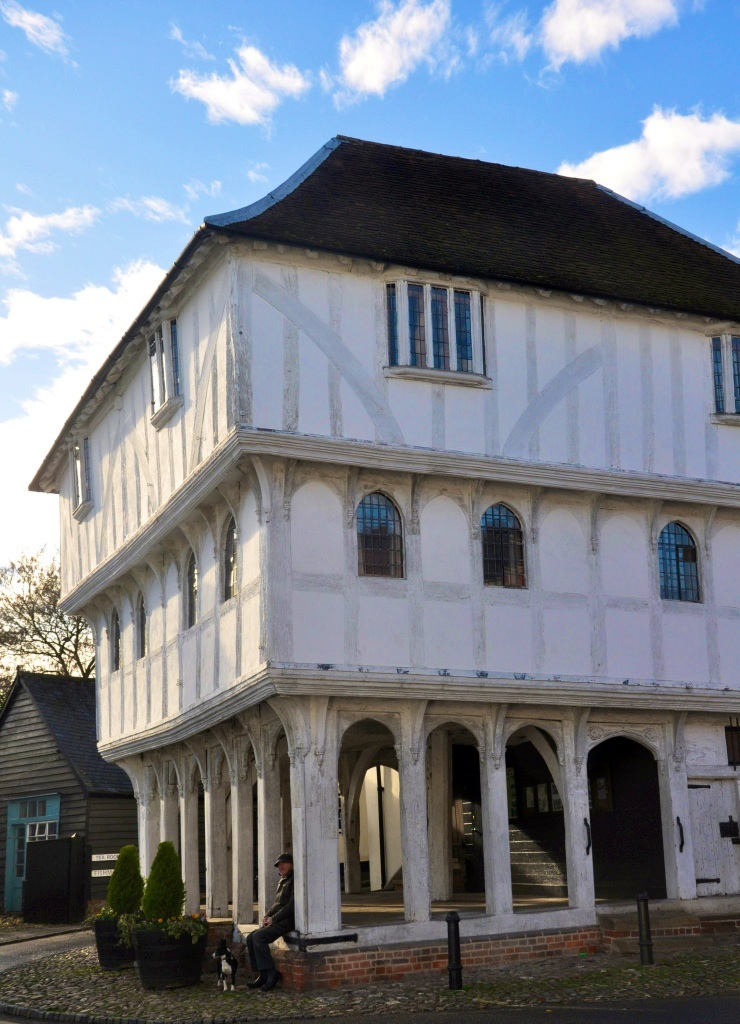
Riverside walks: the Wivenhoe Trail
It’s really hard to pick a riverside favourite as there’s just so many to choose from. The charms of the River Stour at Dedham Vale are well-documented, but it’s also a treat to walk east from Manningtree to Harwich, passing Wrabness and the quirky House for Essex along the way.
The Blackwater at Wickham Bishops reveals an almost hidden wooden trestle railway bridge tucked out of sight in a copse, the last of its kind in the country. Not far away, the Chelmer & Blackwater Navigation has a number of highlights, including Paper Mill, Hoe Mill and Beeleigh locks, not to mention Heybridge Basin, of course. The Crouch is pleasant too, particularly the north shore from Fambridge to Burnham-on-Crouch.

I do enjoy the five miles or so from Hythe in Colchester to Wivenhoe. The industrial heritage at the start of the trail is fascinating – you won’t miss the Colne Lightship in its red livery but there are some unusual wooden carvings that are easier to overlook. Wivenhoe, with its pretty historic cottages and colourful boats, is a complete contrast.
Coastal: Walton on the Naze
Surprisingly little of the Essex coastline boasts broad sandy beaches, as the presence of salt marsh creates a buffer between the villages and the sea in places. At RSPB Old Hall Marshes, near Tollesbury, and at Wallasea Island, footpaths make use of the sea walls for hikes that are guaranteed to blow away the cobwebs. That’s not to say we’re short of sand, however, from the busy beaches flanking Southend Pier to the historic iron lighthouses on Dovercourt’s Blue Flag beach.

In my opinion, the stretch of coastline between Jaywick and Hamford Water takes some beating. Though the grassy dunes of Jaywick are photogenic and the greenswards at Clacton and Frinton are ideal for a dog walk, northerly neighbour Walton is head and shoulders above the rest. With an 18th century clifftop tower, wrecked pillboxes, promise of shark’s teeth fossils and a nature reserve that’s home to migratory birds during the winter months, what’s not to love?
One last thing: show respect for local landowners
I’m always saddened to read of conflicts between ramblers and local landowners. Private land is what it says, whether we like it or not. Farmers out in their fields using machinery shouldn’t have to worry about people straying into their path – it’s important to remember that 72% of Essex is agricultural land, so stick to footpaths and marked trails if you’re venturing out into the countryside.
A day trip to San Marino
When I started planning my trip to San Marino, I knew almost nothing about the country except that it was small. It is also one of only three nations in the world, along with Lesotho and Vatican City, that are totally surrounded by the land of a single other country. You can see the sea from San Marino, but you have to cross Italian territory first.
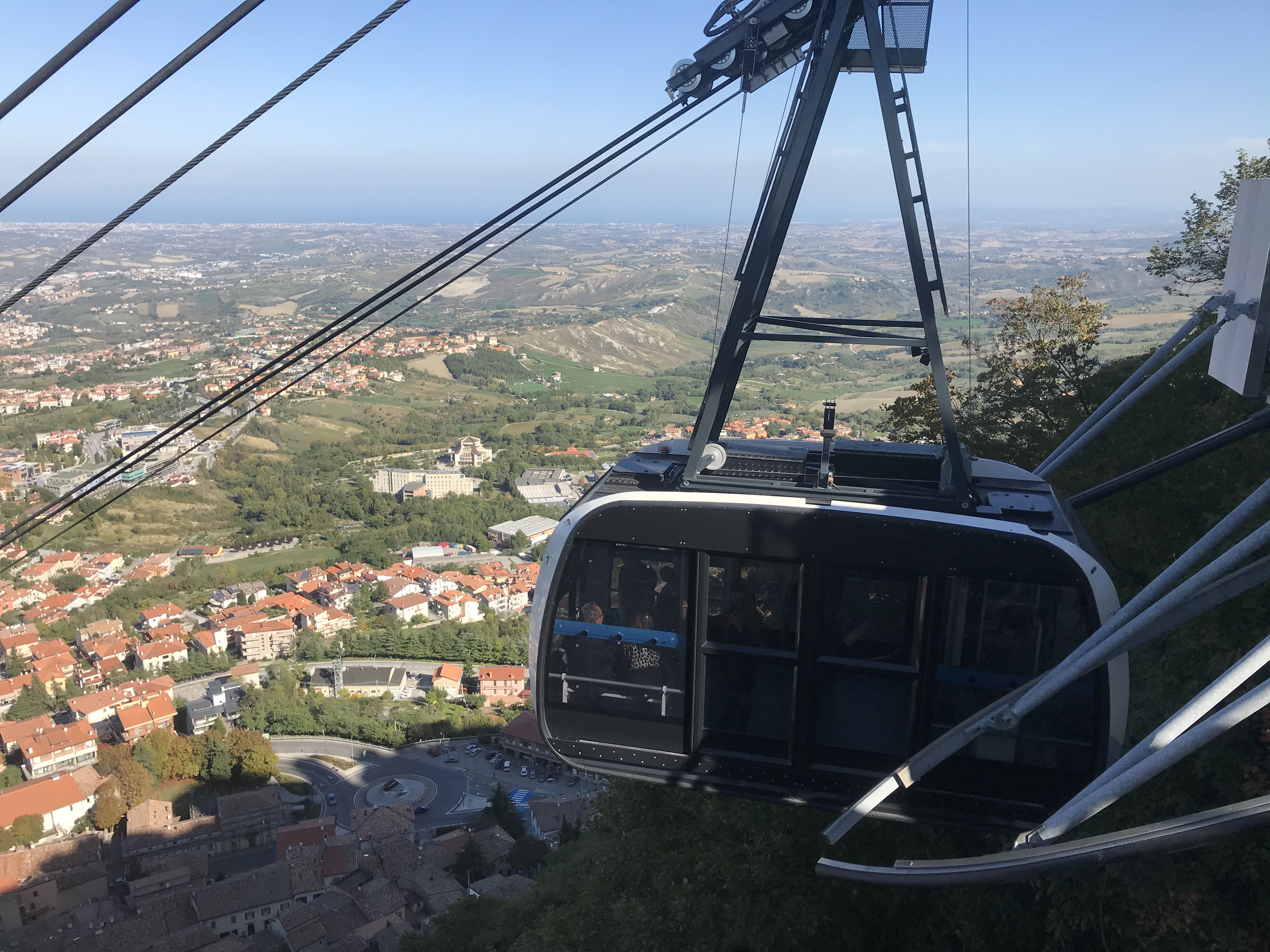
To reach San Marino, you need to enter from Italy. There’s a regular bus service which leaves from Rimini station and costs 5 euros. You can find the timetable here. Rather than stay in Rimini off season (Italians have long since fled the beach by mid-October, even though Brits would still consider it warm enough) I chose to base myself in Bologna. You can read about the food tour I did here. It adds a little under an hour to the journey if you travel between Bologna and Rimini by high speed Frecciabianca train. It costs surprisingly little for the train ticket (under 30 euros return for a first class seat, cheaper in second, and cheaper still if you opt for the slower regional train).
The bus from Rimini drops its passengers in one of San Marino’s car parks. The city of San Marino occupies a lofty position on top of Monte Titano, and visitors have to be prepared for its steeply sloping streets. In a few places, there are lifts, which is a boon for those with buggies or aching legs.
My first stop was at the tourist information office, to pick up a visa and a map, though strictly speaking, neither was necessary. For a fee of 5 euros, you can have a stamp in your passport, which seemed to me to be the best souvenir of my visit. That was, until I discovered the San Marino Duck Store later in the day, which had the biggest range of rubber ducks you could imagine, including a Star Wars stormtrooper that lit up when it came into contact with water. That was husband’s present sorted then.

From there, it was a short stroll uphill to the first of San Marino’s three towers. Called the Guaita, it’s the oldest of the trio, built in the 11th century. There was an interesting series of exhibits which recounted the tower’s history – at one time it was a prison – and a breathtaking view from its ramparts.
Visibility was excellent the day I visited, giving me a glimpse of the Adriatic in one direction and the Apennines the other. I was content with looking at the Second Tower, known as the Cesta, from the Guaita; a path joins the two, but the Cesta located on the tallest peak and if I’m honest I’m not interested enough in weaponry to have made the hike worthwhile. (The Third Tower, the Montale, isn’t open to the public.

Instead, I headed downhill for a spot of lunch and a visit to the Museum of Curiosities. This museum houses a quirky and eclectic collection of oddities. Amongst other things, you’ll find Venetian platform shoes, designed with flooding in mind, and a German mug with a porcelain half-lid to help moustached men deal with the problem of foam on their facial hair. It’s tacky and voyeuristic, but go with the right mindset and it’s a lot of fun too.
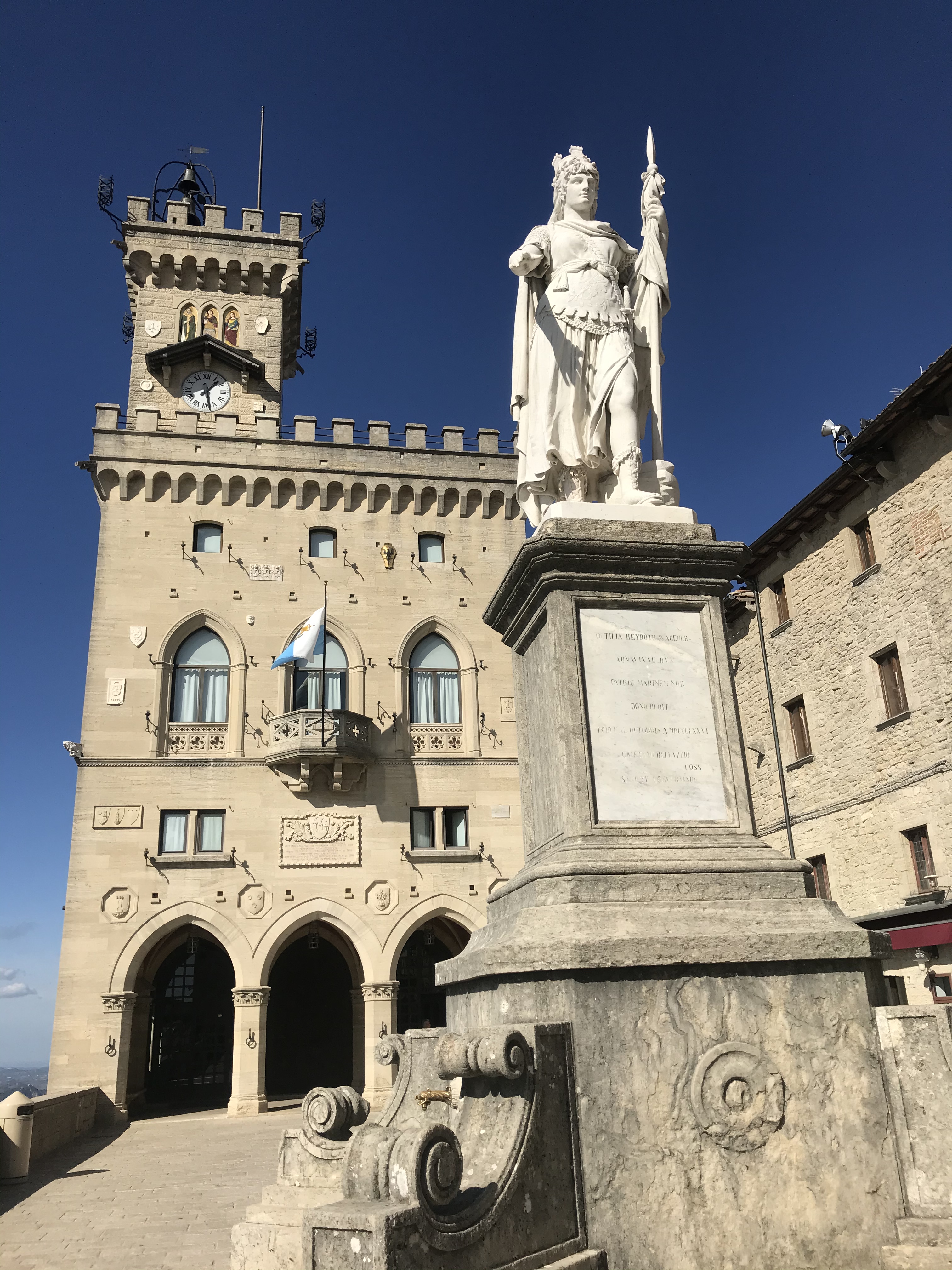
The last visit of the day was to the San Marino parliament, housed in the Palazzo Pubblico. The Most Serene Republic of San Marino, as it is unofficially called, is the world’s oldest continually operating republic. It also has a claim on the title of world’s smallest republic, depending on whether you measure Nauru by its land mass or include its marine territories as well. The parliament building was grand, with an imposing staircase leading up to the chamber where its government convenes. On the wall at the top of the staircase is a bust of Abraham Lincoln. San Marino conferred dual citizenship on the US President in 1861 in recognition of the “high consideration and fraternity” they felt with the USA.
For a small country, I was pleasantly surprised by the range of things to do – there were plenty more museums that I didn’t choose to look around, including the Museum of Torture which I didn’t have the stomach for. I’m not sure I’d choose to stay overnight, nor visit in the height of summer. But on a sunny October day, it made for an interesting diversion from Bologna and had a lot going for it.
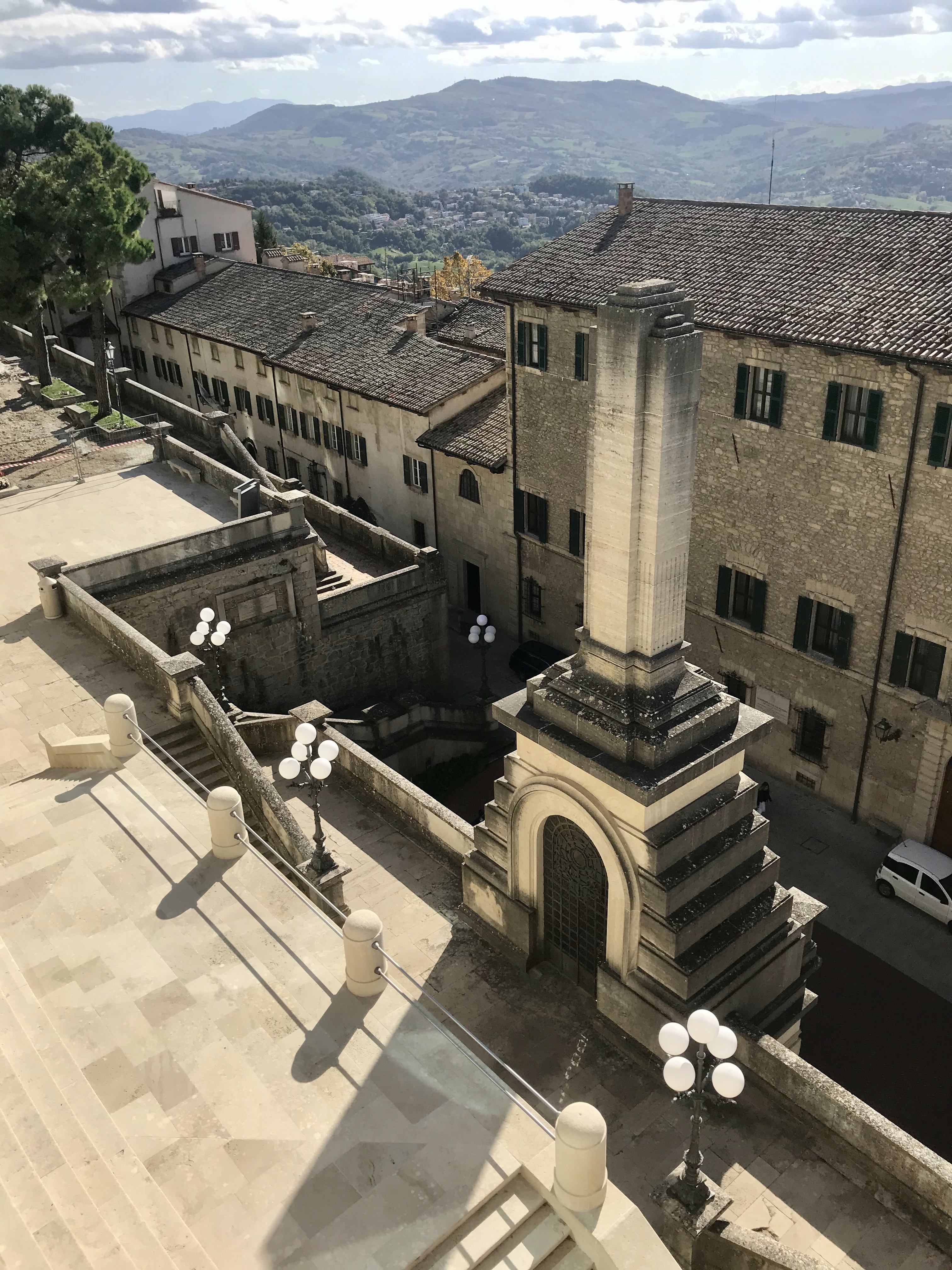
Footnote
I’m grateful for the complimentary tickets I received for the Guaita and Palazzo Pubblico, as well as the discounted admission I was given at the Museum of Curiosities. All opinions expressed in this piece are my own.
Review of Secret Food Tours Bologna
You know you’re going to like someone when they meet you with a smile and a croissant. Raffaella, our delightful guide from Secret Food Tours, certainly knew how to win us over. Our group of six soon gelled and bonded over a shared love of food – and Bologna.

We met under the Due Torri. The city that they call La Grassa (the fat one) is known for its food, but climb the 498 steps to the top of its tallest tower, Torre Asinelli, and you’ll go some way to easing the guilt of a glutton. Such towers were built by the residents of Bologna in mediaeval times to provide a safe haven in times of strife – in those days you wouldn’t have found a door at ground level. But interesting though Bologna’s past undoubtedly is, we weren’t on the tour for the history, we were there for the food. It was time to get walking.
Fellow foodies, you could be forgiven for thinking that Bologna is the home of spaghetti bolognese, but ask for this pasta dish and you’d be laughed out of town. Instead, you’ll need to ask for Ragù alla Bolognese, a slow cooked meat sauce tossed through fat strips of fresh pasta. We sampled it in a backstreet trattoria alongside half a plate of tortellini cooked perfectly al dente and they were both exquisite. Having watched a table of nimble-fingered women twist tiny squares of fresh pasta into those tiny tortellini shapes gave us some inkling into the work involved. This is nothing like the pasta you’d buy in the supermarket and definitely a treat for the taste buds.
The Quadrilatero, Bologna’s old market area, is crammed full of delicatessens, food stores and cafés, but it helps to have a guide as knowledgeable as Raffaella to navigate such a maze. As we strolled in and around the streets surrounding the Piazza Maggiore, we learned about mortadella, prosciutto and even balsamic vinegar, even though the best of the latter hails from nearby Modena.

In a store stocked with huge rounds of Parmigiano Reggiano, we discovered why some have horizontal scratches – these are the ones that fail quality control and are sold off cheap. The very best thing about sampling with a local is you try things you wouldn’t otherwise be tempted to consume. For me, ciccioli was a revelation – the ugliest slice of meat on the plate but – oh my! – also the tastiest.
This was my second visit to Bologna and last time, I’d walked right past its oldest osteria, a place with no signage that’s been serving thirsty Bolognesi since 1465. True osterias, like this one, don’t actually serve food, just alcohol. But Italians like to eat while they imbibe and so it’s the norm to carry in a parcel of cooked meats and cheeses to eat while you drink.
Raffaella had something different for us – a rich, sweet, gooey rice cake that was the ideal accompaniment to a glass or two of Pignoletto. It’s an Italian sparkling wine that to an uneducated palate is not unlike Prosecco. But while 400 million bottles of the latter are produced each year, Pignoletto production amounts to a paltry 11 million. That said, I enjoyed its frothy bubbles so much I pushed my way through the throng outside to pay a return visit the following evening. At two euros a glass (a small one) it was utterly quaffable and decidedly moreish. If word gets out, or if I can find it here in the UK, that figure of 11 million will shoot up.
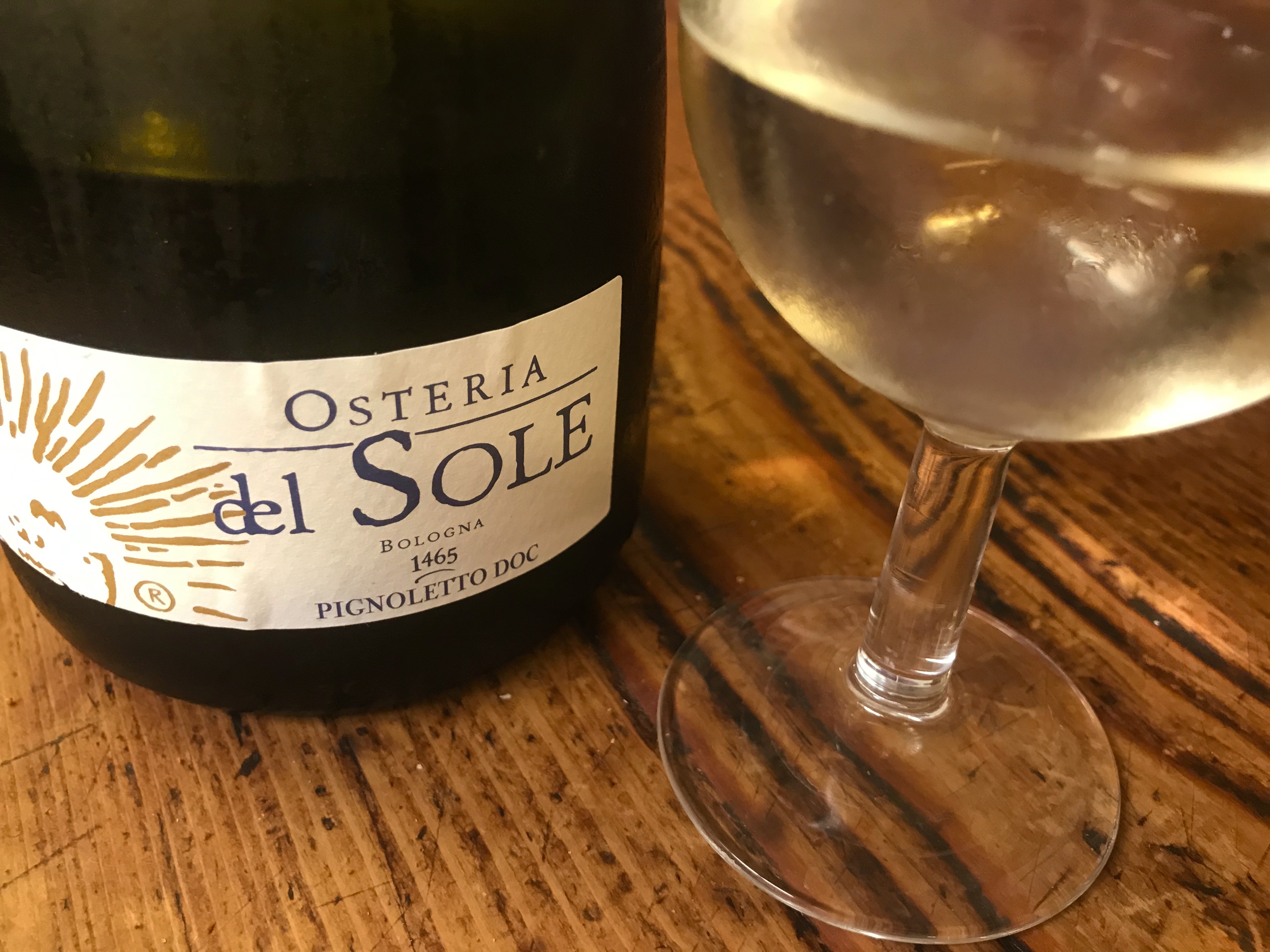
It wouldn’t be an Italian food tour if it didn’t include an ice cream stop, and this tour was no exception. We popped into a cute little place not far from where we began to sample some lusciously creamy gelato. I think I may have disgraced the family, however, as I ordered the zabaione flavour, commenting that my Mum used to make this dessert for us when I was a child. Given the alcohol content, that’s probably not something I should have admitted to, but the ice cream was every bit as flavoursome as Mum’s creation.

Now, you’ll probably have noticed there’s a distinct lack of names and addresses in this blog, but that’s deliberate – it was a secret food tour, after all. If you want to find out exactly where to eat in Bologna, you’ll have to book a place yourself, but I can promise you that if you love your food, you won’t regret it. Buon Appetito!
I’m grateful that I was offered a complimentary ticket for Secret Food Tours’ Bologna walking tour in exchange for a review; the opinions expressed here are mine, however.
Gainsborough’s House with Greater Anglia
When was the last time you looked at a painting? I don’t mean a casual glance, I mean really study the detail? If, like me, it’s been a while, then you might want to head to Sudbury before October 27th for a visit to Gainsborough’s House, which showcases the largest collection of the artist’s work in the country. No matter how much of an art philistine you might be, you’ll find yourself impressed by the subtleties of form and light and colour in the paintings that are on display.

However, you’ll need to get your skates on. The house closes for extensive remodelling in just a few weeks’ time. Downstairs is an exhibition on loan from a private collector, featuring works not only by Gainsborough, but also Turner, Constable and Lawrence. For me, surprisingly, the standout was a large painting not by Gainsborough but by John Constable of Salisbury Cathedral surrounded by meadows. When the museum closes its doors, they’ll be returned to their owner and will no longer be on public view. Upstairs, the comprehensive works will go into fine art storage. Some will be temporarily loaned to the Pushkin Museum in Moscow, but it’s an awful lot easier – and cheaper – to hop on a Greater Anglia train instead.

Painting by John Constable © Private collection on loan to Gainsborough’s House, Suffolk
Reached by train via the aptly named Gainsborough Line, Sudbury’s an easy day out by rail from London or East Anglia. This sleepy Suffolk town has surprisingly much to offer the visitor, not least the skull of Simon of Sudbury, hidden in the vestry of St Gregory’s church, and Vanners, one of several working silk mills in the town. Incidentally, when the new gallery is unveiled in 2021, you can expect to see Vanners’ silks adorning the walls.
Nevertheless, the star attraction is the house that acclaimed artist Thomas Gainsborough grew up in. He was born there in 1727 and as a child developed a love of sketching and painting landscapes. One of the obituaries published after Gainsborough’s death said simply: “Nature was his teacher, and the woods of Suffolk his academy.” Travelling by train gives you time to appreciate such leafy views instead of concentrating on the road, something that the team at Greater Anglia would like to remind you with their latest promotion, Room with a View. That said, you’ll travel across rather than beside the imposing Chappel Viaduct. Of course, you could always make a day of it and alight at Chappel & Wakes Colne station for the East Anglian Railway Museum to get the best of both worlds.

But I digress. Packed off to London at a tender age to hone his skill, Gainsborough’s artistic bent meant that earning a living as a portrait painter was potentially a lucrative profession. But he hated painting people, calling it “the curs’d face business”. Where possible, Gainsborough would pay as much attention as he possibly could to the background, lavishing the setting with what the churlish might describe as superfluous details of flora and fauna. He was less concerned with getting the faces right, and some of his finished pieces have a distinct touch of the wooden artist’s mannequin about them. To be fair, it didn’t seem to bother his clients much. Nor Gainsborough himself – when the work dried up he moved on, plying his trade not only in Sudbury, but also in Bath and London.
Gainsborough’s landscapes are nothing short of magnificent. In “Wooded Landscape with Cattle by a Pool”, first shown in 1782, the light is captured perfectly. The cattle, in shadow, and the crepuscular shafts of light on the pond complement each other perfectly. As a photograph, such a scene would be impressive; as a painting, it blows your mind. In “Wooded Landscape with Old Peasant and Donkeys outside a Barn, Ploughshare and Distant Church”, the peasant slumps onto his staff, donkeys resting at his feet, a little weary from a hard day’s work but pleased with what he’s achieved. It’s such details that create such a strong connection with those who view them today. Let’s face it, we’ve all had days like that peasant.
At Gainsborough House, the garden too is a delight. A 400 year old mulberry tree takes centre stage; think about it – that tree would have been there when Gainsborough was a boy. Although it’s the wrong variety to be used for producing silk (how neat would that have been?) its fruit is used to make jam to gift to the gallery’s patrons. There’s also a quince tree and a medlar; if you want to try those, Wilkins of Tiptree products are sold in the museum shop along with an extensive range of gifts.
To find out about timetables and fares on the Gainsborough Line, visit the Greater Anglia website. For Gainsborough House exhibit details and opening times, click here. While I am grateful for the complimentary train ticket and admission, all views expressed are my own.
Review: KindaKafe’s Hidden History tour in Norwich with Greater Anglia
Regular readers of this blog will perhaps remember that earlier this year I visited Norwich with Greater Anglia. I was pleasantly surprised at how fast the journey was from Colchester to Norwich – just over an hour – and blown away by how much there was to see and do in Norfolk’s county town. If you missed it, have a look at what I did here. One of the best parts of that visit was the Museum of Norwich at the Bridewell. The tales of some of the less respectable characters who once lived in the city were compelling. So when Kerri from Greater Anglia suggested I could go back and find out some more of Norwich’s history, I jumped at the chance.
I’m grateful to Greater Anglia for providing me with free train travel and also to KindaKafe for gifting me a complimentary ticket for their Hidden History tour. However, all opinions expressed in this post are my own.
The day I’d chosen to go was a Bank Holiday Sunday, and coincided with Ed Sheeran’s triumphant tour finale in Ipswich. I was prepared to travel early, although extra trains had been laid on so it wasn’t difficult to find a seat. I was a little concerned I might not be able to park easily with the additional passengers but the GA website has a handy feature which provides live data about how many free parking spaces are left. There were over a thousand so I needn’t have worried.

I could sit back and relax in the spacious seat as well as say a silent thank you that on this very hot day, the carriage was air-conditioned. The train arrived a couple of minutes early at Norwich station, from where it was just a ten minute walk to KindaKafe, located opposite the castle in the building that once housed Ponds shoe shop. This cafe supports the important work of the Missing Kind charity, providing a social space but also raising funds through the events it holds. One such event is the Hidden History Tour which I had come to try out. There was just time for a quick coffee before Lisa, our guide, began her introduction.
The tour began at ground level in what had been the Ponds shoe shop. We learnt that Norwich was once second only to Northampton when it came to shoe production and especially important for ladies and children’s shoes. It was warm in the 19th century building, but soon we would descend below ground where it was a more pleasant 17°C. Things would soon get a little strange as we descended a flight of steep stairs to find ourselves in front of the upstairs window of what was once a weaver’s cottage. That window would once have looked out over the castle. Confused? Bear with me, this will make sense soon.
Norwich Castle was built at the time of the Norman conquest. At the time of its construction, an order was issued for all the buildings in the immediate vicinity – 98 of them – to be demolished. Once they were knocked down, an eight metre ditch was dug by hand. The soil that was excavated is what forms the castle mound today.

A couple of centuries later, King Edward III formally gave the ditch to the city, while the castle was county property. Lisa told us that this variation in ownership was important, for instance when it came to public hangings. If a murder was committed outside Norwich, the convicted killer would be hanged on Castle Meadow (on county owned land) whereas if the crime had taken place within the city, the place of execution would be Castle Ditch instead – right where we were standing. My mother had already told me that our family was connected to the final public execution:
“Hubbard Lingley was executed outside the Castle on 26th August 1867 for the murder of his Uncle Benjamin Black. Benjamin was the husband of Anna Fickling who was my great great grandfather William Fickling’s sister. They came from Barton Bendish.”
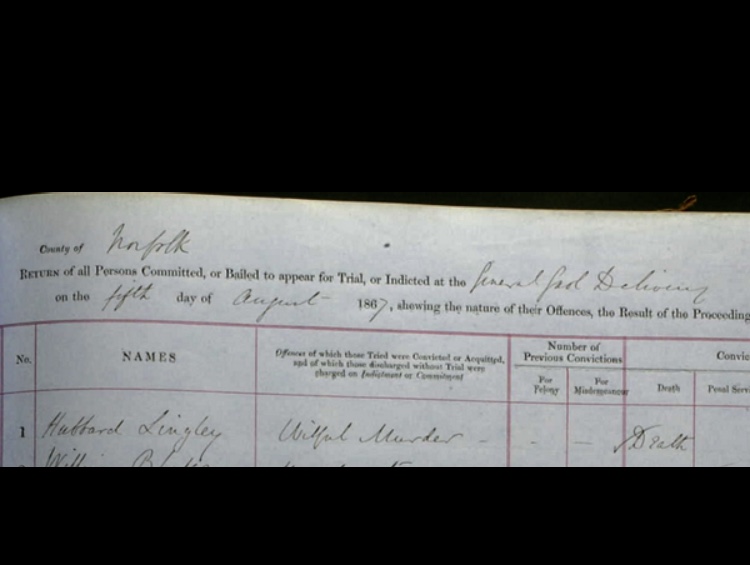
This extract from Charles Hindley’s book “Curiosities of Street Literature: Comprising ‘Cocks’ or ‘Catchpennies'” tells Lingley’s story:

I shared this information with Lisa and the other group members – and it turned out that some of the other tour participants were related to Hubbard Lingley. Lisa told us that the reason that this was the last public execution (after this, hangings would take place inside the castle in private, rather than in front of a public crowd) was that there was some dispute as to whether Hubbard Lingley was guilty. Many in the crowd, she said, protested that he was innocent, and vented their anger at the hangman himself. The Capital Punishment (Amendment) Act was passed the following May and from then on, all executions would be carried out behind closed doors (though reporters and the victim’s family could be present at the invitation of the authorities).
After we descended another flight of steps, we learned that some people believe that there are secret tunnels leading to the castle. We could have been standing in one, but in actual fact, it was a former alleyway that had long since been covered over. Never mind about secret tunnels: it’s even more cool to think you are standing in a long lost street. Ponds built their shoe shop right on top of this ancient street and used the “basement” as a storeroom. Look carefully and there’s an odd mix of brick types, with elongated Tudor bricks and even a smoke-blackened section of wall, perhaps from a street fire. Lisa pointed out would could have been some 18th century graffiti featuring the number (or maybe a date?) 1739.

Looking around, we could have been in Harry Potter’s Diagon Alley. A “jetty” that would have been constructed across the street linked two buildings. Behind it was a section of wattle and daub ceiling. In front were two rooms: one had the appearance of a dungeon; the other had a flint wall dating from the late 15th century when Henry VII was on the throne. Opposite was a nook in the wall called an undercroft, a bit like a cellar. Norwich has at least fifty of these accessible undercrofts, more than any other city in the UK, and possibly as many as 250. These cool, dry spaces would be ideal for storing your perishable goods – cool in summer and not too cold in winter.
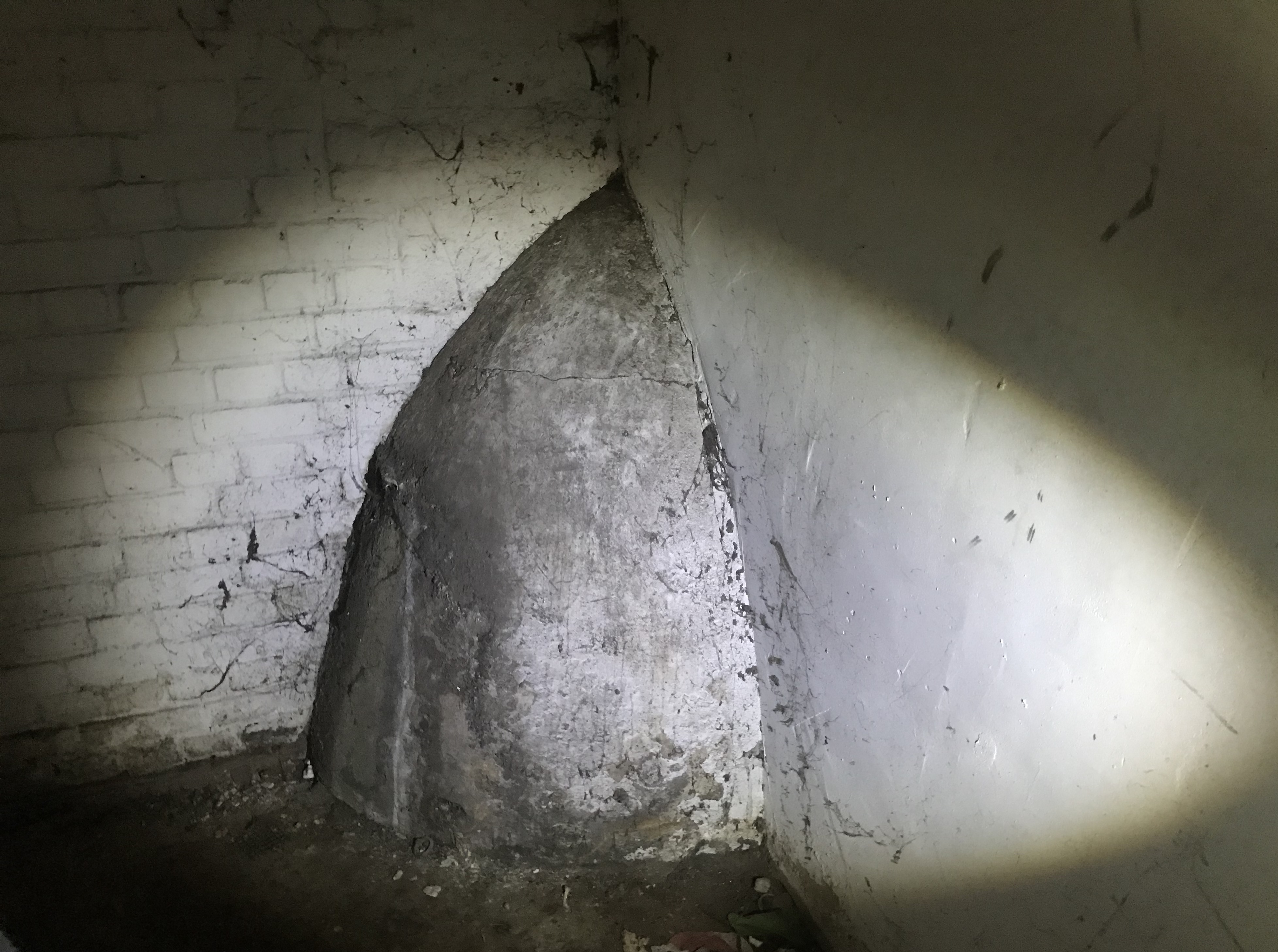
The group moved into one of these tunnels/covered alleyways. In the corner was an AUD (an anti-urination device). These, we were reliably informed, can be found all over the city. In the mid 1800s, there was a serious shortage of public toilets for the growing population. Mounds were installed to discourage men from weeing up the buildings – the design was such that if someone tried to go to the toilet, they’d get wet feet.

Three flights of steps down from where we started, Lisa led us out onto the street. If you walk along London Street, between Costa Coffee and a chicken place you’ll see an unprepossessing white gate. I’ll bet almost everyone who walks by has no idea of what they’d find if they stepped inside.
Have your own rail adventure
If you’d like to have your own rail adventure, then why not take a look at Greater Anglia’s website? You too could have a day out in Norwich, but there are plenty more places on the network to choose from – why not read my previous blogs on Harwich or Wivenhoe for inspiration?
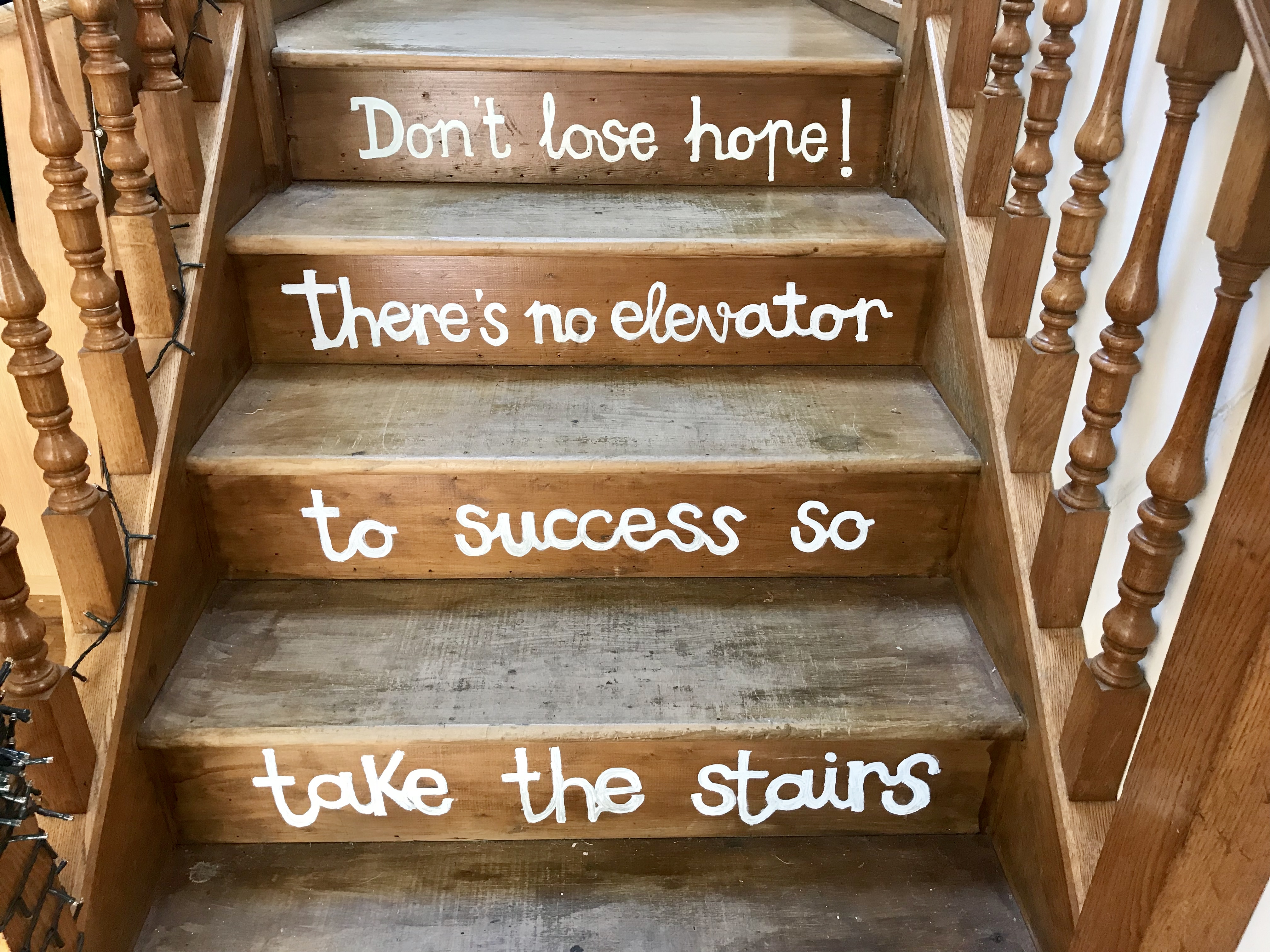
KindaKafe’s Hidden History tour costs £10.50 per person and I really recommend it. Advance booking is essential and for more information have a look at their Facebook page or call 01603 850309. All proceeds support the Missing Kind charity’s work.
Sunset along Salcott Creek on the Lady Grace
The creek I look out on from my office window winds its way through the stark beauty of the salt marsh to eventually reach the sea. Walking the dog along the path through Old Hall Marshes is one of the joys of living in this part of Essex. But though I’ve seen the water from the marshes, I’d never seen the marshes from the water. So when Stacey Belbin of Lady Grace Boat Trips invited me to join her for a sunset trip along Salcott Creek, I jumped at the chance.

Stacey has a passion for what she does
As we chugged steadily into the channel from West Mersea’s crabbing jetty, Stacey told us a bit about how she came to run trips on the Lady Grace. The daughter of a fisherman, she’d grown up on the water. At first, she and her husband bought a boat to take people angling at weekends, but in 2011, Stacey bought the Lady Grace and now works full time on the boat. A passionate ornithologist, her knowledge of the local and migrating birds that make their home in and around Mersea is first rate. But it’s her enthusiasm that’s infectious and even if, like me, you can’t tell a herring gull from a tern, you’ll find yourself getting excited about the birds that you see during the trip.

The old oyster shed on Packing Marsh Island
We were blessed for our trip with superb weather. On a late August evening, the air was warm and still. As we passed along Mersea Fleet, we had sight of Cobmarsh Island to the left, which acts as a natural barrier protecting Mersea harbour from the larger waves of the North Sea that would make such boat trips as Stacey’s difficult, if not impossible. To our right, there were a few clouds in the sky as we passed the old oyster shed on Packing Marsh Island and the remains of the wooden posts which would have once supported its jetty. As we turned into Salcott Channel, the setting sun lit up the sky in warm shades of ochre and orange behind Old Hall Marshes. Birds flitted overhead, preparing to roost for the night.

Willow sticks mark where oysters have been dropped to fatten up
Packing Marsh Island is a reminder of just how long a history Mersea shares with its oysters. The Romans famously farmed oysters here and many of those who work in the industry today can trace their connection with the sea back many generations. From time to time, you see a willow stick poking up out of the water. These mark where oysters have been dropped; they’re harvested from deeper waters and then relaid in the tidal waters order for them to grow. The rich nutrients in the silt here mean that Mersea oysters develop into a meaty, more flavoursome product than those farmed on the south coast, and in half the time. The water quality benefits too; oysters filter something like 8 litres of water per hour, cleaning the water for everyone.

Colours change as the light fades
One of the larger islands in the channel is known as Sunken Island, lying at the mouth of Salcott Channel. On the high spring tides, it is completely submerged. That’s given the island something of a reputation for being a place to stash ill-gotten gains. Smuggling was rife in the old days, and it was common for local churches to be used to hide contraband from the authorities. Loot was hidden in the church itself, usually with the knowledge of the vicar. The labyrinth of channels winding through the salt marsh would be a confusing environment for the revenue men, but locals knew every twist and turn of these waterways, no matter whether the tide was in or out.
I wrote about another tale on my Essexology blog about Salcott:
“One story claims that villagers found an customs boat floating off nearby Sunken Island. The 22-man crew were all dead, their throats slit. The bodies were allegedly buried in the church graveyard and the hull of their boat placed upside down on top of their final resting place.”

Boats moored in front of Packing Marsh Island
But the most intriguing story wrapped up with the Salcott Channel is that of a bell. Spirits, usually gin or brandy from across the English Channel, were brought in under cover of darkness to avoid excise duty. A bell was stolen. Some accounts identify this bell as that of St Mary’s Salcott, others speak of four bells taken from St Edmunds church in East Mersea. Geographically, it’s the Salcott location that makes the most sense for a bell later dumped near Sunken Island. So the story goes, the vicar was asked to grant permission for storing contraband in the church (the last place the authorities would look for stolen goods) and agreed, so long as a bell was commissioned for the tower in exchange. Made in London, its tone was distinctive, instantly recognisable to the people who lived in the village.
One night, a group of Flemish traders came to deliver their load and were envious of the bell. They decided to come back under cover of darkness on a night windy enough to drown out any sounds they might make. These robbers made off with the bell by sea – in those days Salcott creek was deeper than it is today and in any case, the creek winds behind the church. The bell was dropped and hearing the sound of what could only be their bell, the local villagers gave chase. They gained on the robbers easily, as the villagers were unburdened by the weight of the bell. In the ensuing fracas, the bell tumbled overboard, or the boat sank with it onboard. Whichever version is true, the bells were lost to the silt near Sunken Island. They’ve never been found, though many have looked. I couldn’t help peering overboard, just in case.
Stacey turned the engine back on and cast off from the last buoy. We slipped back into West Mersea through an avenue of yachts. In the blue hour, everything around us was still. After a stressful few days, it was the perfect place to remind myself that no matter what you’re going through, life goes on and there’s peace to be found whatever challenges you face.
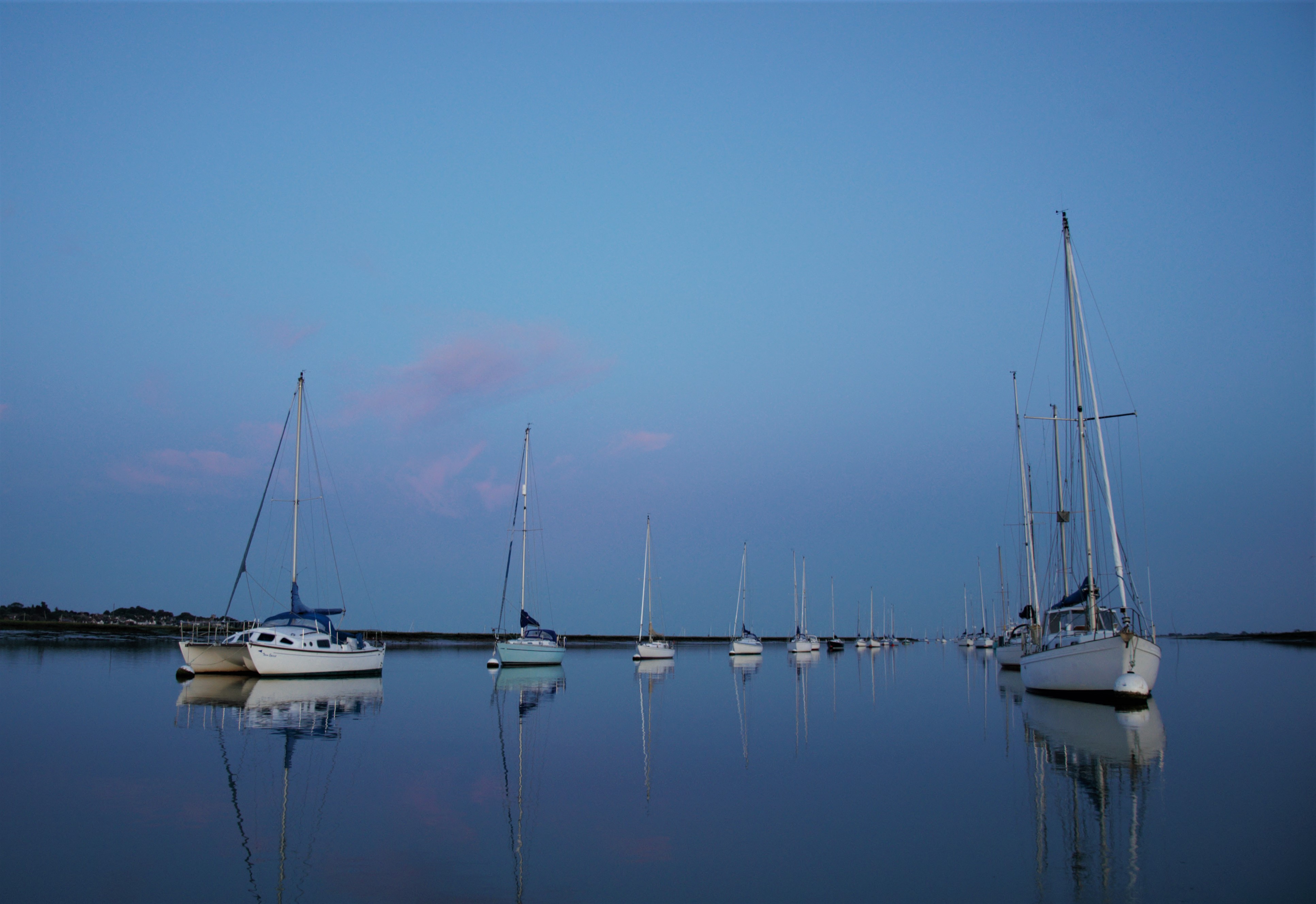
The water was perfectly still, making for some delightful reflections
The lowdown
I’m very grateful to Stacey for offering me a complimentary ride. Though it was a gifted trip, all the opinions expressed here are my own. I was blown away by the beauty right on my doorstep. If you’d like to book a trip yourself, this particular excursion costs £15 per person which is excellent value for a 90 minute trip. You’ll need to book in advance and can check availability here. Other excursions are also available, from 20 minute tasters to picnics at Bradwell on Sea across the Blackwater. Private hire is also possible.
One word of advice: aim to be in West Mersea early; the car park is small and on a warm night, there’ll be plenty of people still around. Roadside parking is available a short distance from the crabbing jetty, but allow yourself a few minutes so you don’t have to rush. On a warm summer evening under a blue sky, I can’t think of a better way to spend your money and strongly recommend you enjoy a ride on the Lady Grace for yourself.
To London with Greater Anglia
It’s been a busy few weeks for me when it comes to travel. I expect a lot of people think a travel writer is always travelling, but I choose to work part time and limit the number of trips I make so that I can be here for family and my beautiful dogs. Nevertheless, travel is always a privilege. Kyrgyzstan really blew me away, but 16 hours after stepping through the front door it was off to Devon, having written three articles and done five loads of washing – oh how glam! As we drove across the Dartford Bridge, a Eurostar passed beneath us, reminding me that travelling by train really is the best way to travel. So I was very pleased to have a day out in London courtesy of Greater Anglia to look forward to.
One of the most frustrating things about train travel is when there are no trains. The dreaded words “rail replacement bus” strike fear into us all, so I was really pleased when Kerri from Greater Anglia informed me that there is almost no engineering work planned on our lines into Liverpool Street all summer. She told me:
“Network Rail has paused its engineering work on the mainline for the summer with only a couple of exceptions – Sunday 16th June, when all journeys will involve a change at Stratford for the Underground into London, and Sunday 8 September, when there are buses between Colchester and Chelmsford during the morning.”
So if you were thinking of a trip up to London, then this summer’s an excellent time to go. For this week’s visit, I decided to focus on the South Bank. It’s a great area for families as there are a number of kid-friendly attractions. The London Dungeon, Shrek’s Adventure and Namco Funscape are all located close together. I opted for a visit to the SEA LIFE London Aquarium and a ride on the Coca Cola London Eye.
First up: the aquarium. What used to be the London Aquarium, housed in the bowels of County Hall at Westminster Bridge, was bought by Merlin Entertainments in 2008 and reopened a year later with a new look. It receives mixed reviews on Trip Advisor, but I was interested to see what it was like for myself. I’m sorry to report that my visitor experience didn’t get off to a good start. The member of staff who dealt with me on the ticket desk was rude and her manager wasn’t much better. Fortunately the other members of staff I encountered were more helpful and enthusiastic.
The SEA LIFE London Aquarium exhibits are arranged IKEA-style. Once you’re in, there’s no going back and even though I was assured it was a quiet day, there were some bottlenecks. At the penguin enclosure, two large primary school groups meant that it was difficult to see the birds, who’d taken themselves off down to the far end of their space, presumably for a bit of peace and quiet! The huge shark tank was very impressive, however, and I thought that it was well designed as you could get access to the tank’s windows on two different levels. Most impressive were the jellyfish, mesmerising as the lights illuminating them changed colour.

Throughout, there are a lot of opportunities to interact with the exhibits. The kids I saw really enjoyed being able to stick their heads into the perspex domes to get a 360° view of the marine life swimming around their heads. However, it isn’t a cheap day out. Standard tickets cost £27, though families could save a little by purchasing a family ticket. Adults would pay £26, children from 3-15 £22 and under 3s free. To snorkel with sharks for 15 minutes would set you back £150.
Next: the London Eye. This was a completely different kettle of fish if you’ll pardon the pun. I’ve been before and it never disappoints. Their customer service is excellent. Every member of staff I spoke to couldn’t have been more friendly and genuinely wanted to ensure I had the best time. And it wasn’t just because I had a complimentary pass; I listened in on a few other conversations and was delighted that staff were so polite and helpful to everyone. Though they offer a VIP experience, it seemed that those staff managing the queue to board treated everyone like a VIP.

The flight was great, even though the sky was threatening rain with dark thunder clouds in all directions. It brought to mind my first ever visit to the London Eye, not long after it opened, when an elderly lady behind me in the queue was rocking a hat she’d fashioned from a John Lewis carrier bag. This time, the rain held off and visibility was pretty good. We were a mixed bunch in our capsule, with visitors from the USA, Brazil and New Zealand all giving it the thumbs up.
“Best day ever!” one lady said.
Big Ben of course is covered in scaffolding, but it was interesting to see how much the skyline had altered in those almost two decades since my first visit. If you don’t know your Gherkin from your Walkie Talkie, there’s a useful 360 degree map that will cost you £2 on top of the price of your ticket which will help you identify what you’re looking at. Prices are pretty much the same as for the SEA LIFE London Aquarium and there are occasional special events for a similar entrance fee, like Time Out’s smart phone masterclasses. Of course, you can opt for a champagne experience too, for something extra special.

The trouble with London, understandably, is big city prices. Finding somewhere reasonably priced to eat in a city with such high rents can be a challenge. Fish and chips from the wagon on the South Bank would have set me back £10. If the weather’s fine, there’s another option. The Jubilee Gardens Trust work hard to maintain a sizeable patch of green space right next to the London Eye. There’s a play area for young children and the Trust have just purchased what was once a car park and have plans to turn it into an adventure playground for older children. It’s perfectly located for a summer picnic on a dry, sunny day.
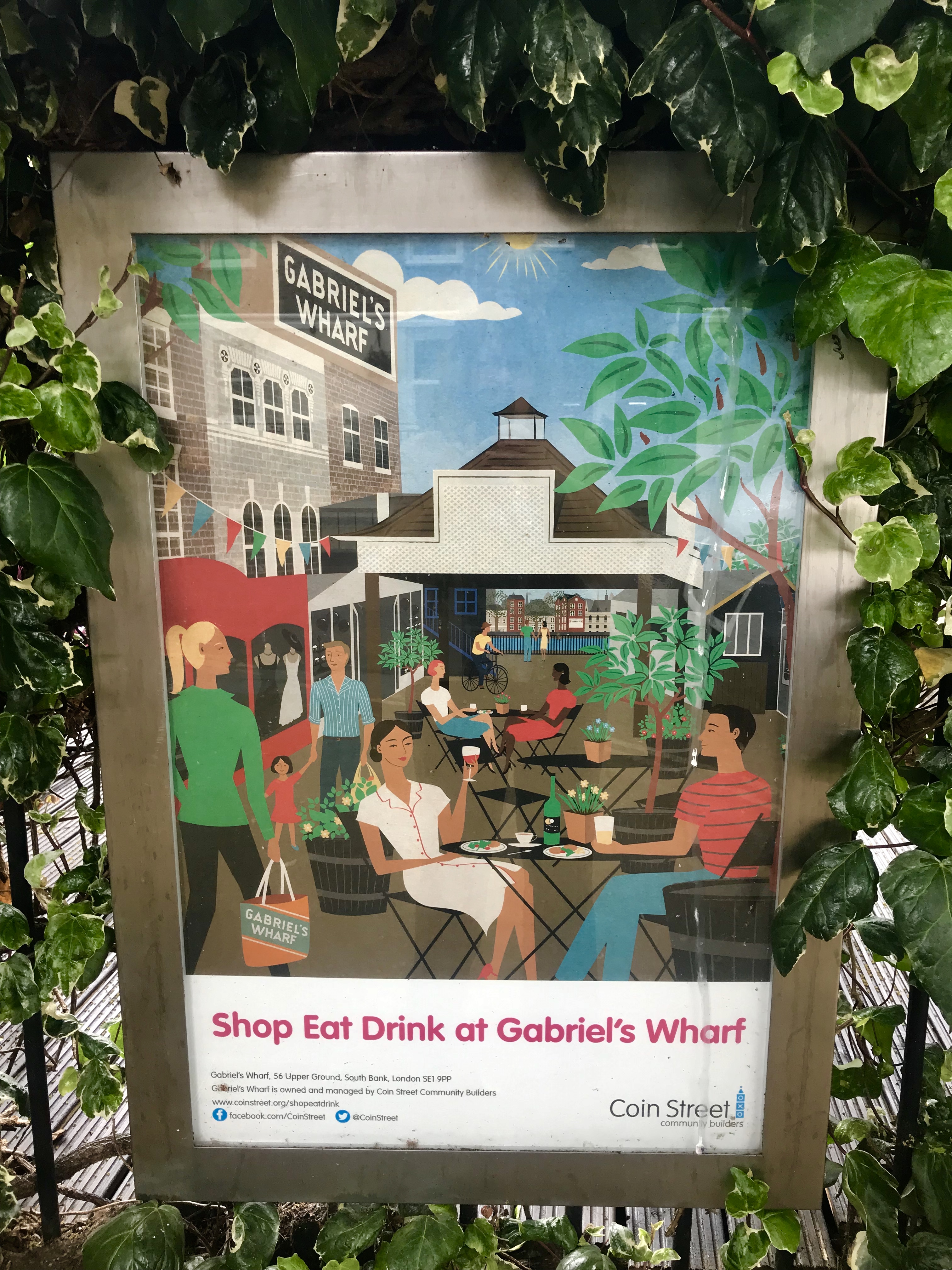
Around ten minutes walk further east is one of my favourite spots this side of the river: Gabriel’s Wharf. This eclectic mix of boutiques and eateries has a more local vibe than the tourist traps closer to Westminster Bridge. Spend your £10 here, and it will buy you a delicious sit down lunch rather than an average takeaway. It’s worth checking out some of the independent stores here too. The House of Eunice works with artisans in India to create some unique clothing designs – the owner runs trips to India too if you’re keen to learn about the processes for yourself.

We really are lucky to have such a magnificent city on our doorstep. Thanks to the speedy trains, from my Essex village by the coast I can still be in the City of London in under 70 minutes door to door (as little as 48 minutes on the train). That is always a good feeling, particularly on the way home! The recently launched Norwich in 90 and Ipswich in under 60 services bring East Anglia even closer to the capital.
Need to know
If you buy your train ticket in advance you can travel to London from Colchester or even as far as Norwich for just £10 each way. From Southend, getting to London can cost as little as £6 single if you are flexible with dates and times. You don’t need an Oyster card to score the lowest fares within the capital, as you can tap in and tap out with a contactless debit card in the same way.
You don’t need me to tell you just how many visitor attractions there are in London. Greater Anglia offer a range of 2for1 deals which can add up to some pretty significant savings. Museums, theatre tickets and even bike tours are included in the promotion – dates and specific savings vary so check on Greater Anglia’s website for more details. While the SEA LIFE London Aquarium isn’t participating, their sister attractions in Southend and Yarmouth are. The current London Eye offer with a valid rail ticket is a 2for1 deal for £30.
With thanks to Greater Anglia for my train ticket and to Merlin Entertainments for complimentary passes to SEA LIFE London Aquarium and the Coca Cola London Eye. I appreciate their generosity. All views expressed in this blog are my own.
Why not take the train to Norwich?
Regular readers of this blog will know that I’ve worked with Greater Anglia on several occasions. They sponsor me to go to places in the Greater Anglia network and in return, I share my experiences. This weekend, I took the intercity train to Norwich.

Journey time is only an hour from Colchester station, typically around half an hour quicker than it would be by road, and with standard advance fares costing as little as £8 each way, surprisingly cheap. Factor in Greater Anglia’s offers – accompanied children go for just £2 (just turn up on the day and nab this fare for any off peak journey on the network) and 2for1 deals on many attractions – it’s a tempting prospect.

To be honest, the intercity trains that currently run on the Greater Anglia network look pretty dated from the outside. However, when you step inside, they’ve been refurbished as part of a £12m upgrade. What you get is a very comfortable ride. The seats are like armchairs and there’s plenty of legroom. There’s a choice as you’d expect of table seating, great for families or groups of friends, and airline-style seats. That upgrade has paid for new carpets, seat covers, improved lighting and upgraded toilets. Best of all are the at-seat powerpoints, which came in very handy on the return journey when I needed to use my phone which as always had a woefully low battery. It’s also convenient to have onboard WiFi. The only thing I didn’t like was having to lean out of the window to open the carriage door, but fortunately those waiting on the platform helped when I couldn’t quite reach. It reminded me of the slam door trains in the 1970s, though getting out wasn’t as impossible as it was with that horizontal squeeze – if you travelled by rail back then, you’ll know exactly what I mean.
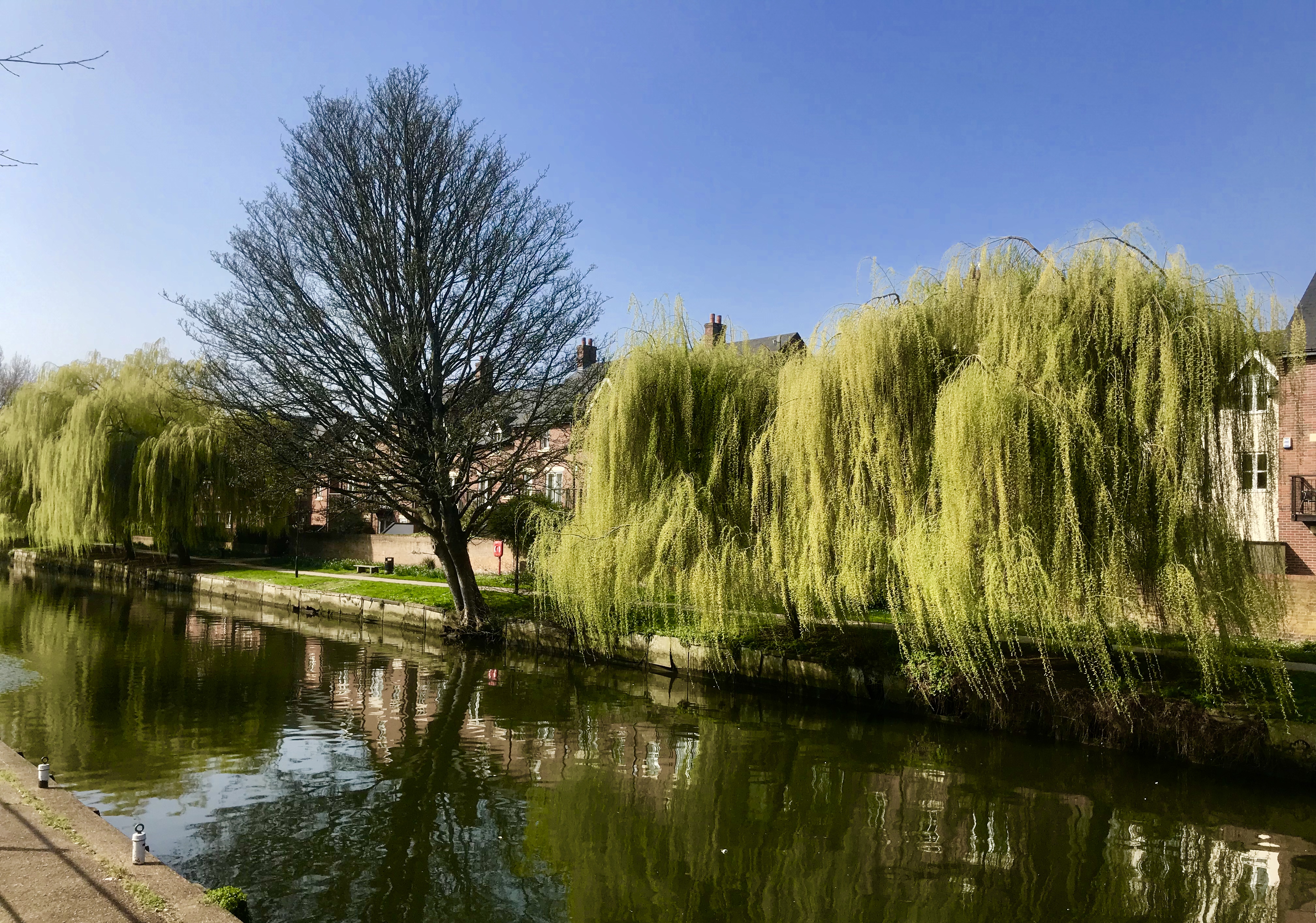
Anyway, I’d got so comfortable it was almost a pity to arrive in Norwich (and I promise I’m not just saying that because Greater Anglia paid my fare) But the sun was shining it was the first really mild day of the year, perfect for a stroll alongside the River Wensum which does a loop of the city centre. The river is almost right in front of the station. Within a couple of minutes, I was walking along a riverbank lined with willow trees. The first landmark I passed was Pull’s Ferry. This flint building was once a watergate and takes its name from John Pull, a ferryman, who ran the boats in the first part of the 19th century. Apparently, the stone that was used to construct Norwich Cathedral came in via this route, having been imported from Normandy.

I strolled further along the river bank until I came to the Red Lion pub. On its slipway, a group of people were stepping into wooden Canadian-style kayaks. Chantal and Nick set up Pub and Paddle a few years ago – this year will be their fourth summer and the business is going from strength to strength. Chantal told me that one of their most popular excursions is also their shortest, suitable for anyone. This four hour rental takes paddlers past the cathedral, football ground and Colman’s mustard factory to the village of Thorpe St Andrew. Most people take a break at one of the riverside pubs before returning to the Red Lion. At only £20 per person, it’s good value. Chantal and Nick make their own kayaks and also have a couple of wooden rowing boats for hire for those wishing to stay in the city centre. I didn’t have time to do this, but it’s definitely a good excuse to return.
My next stop was Cow Tower, a 14th century artillery tower built as a response to the threat posed to Norwich not only by the French but also by local rebel forces. Contrary to what its name suggests, it wasn’t constructed to shelter cows, though this Eastern Daily Press article suggests that might have happened later. Instead, it was named after the surrounding meadow, which was called Cowholm. It was big enough to hold a garrison but now, it’s just a shell, the floors and roof long gone. As a consequence, you can’t go inside. Nevertheless it’s an imposing structure, standing almost 15 metres high, and very photogenic in the spring sunshine, particularly when the daffodils are in bloom. On the other side of the path from the Cow Tower there’s a rather lovely carved wooden seat, its smooth curves perfect for lying back to watch cotton wool clouds scud across a blue sky.
I was reluctant to leave my seat, but wanted to take a look at Norwich Cathedral. Construction began in 1096, using local flint and mortar faced with that limestone imported from Caen. It’s quite a large site – actually two churches and an Anglo-Saxon settlement were knocked down to make room for this new structure, such was its scale. The cathedral close is the largest in England. By 1145, the cathedral was pretty much completed. The same building you see today would have had a wooden spire clad with lead, added in the 1160s. It was struck by lightning in 1169, less than two years after it was finished, so today’s spire dates from 1480.
The cloisters of this very grand church bear a resemblance to the colleges of Oxford or Cambridge and are the second largest in the country after those of Salisbury Cathedral. A quadrangle is bounded by walkways featuring elaborate vaulted ceilings; inside, the cathedral itself is even more impressive.
One of the more interesting modern additions is the copper baptismal font. Formed from two bowls, one upturned, it was donated to the cathedral when it was repurposed from its previous use – making chocolate in the Rowntree’s factory until it closed in 1994. Though a donation is suggested, entry is free. Allow plenty of time as the building warrants more than a quick look.
It was time for lunch and over on Tombland, Cocina caught my eye, two white statues flanking its doorway. Samson and Hercules are Norwich icons, though the figures that you see today are replicas, installed when the originals became too fragile to leave in place. In 1657, the two figures, both symbols of strength, were placed outside the home Christopher Jay, then the Mayor of Norwich.
The statues were removed from their pedestals in 1789 and reinstalled in the rear courtyard of the building; a century later antique dealer George Cubitt moved them back again. At that point, Hercules was in such a bad way he had to be replaced. In the 20th century, the building housed a dance hall and later a nightclub. In 1993, one of Samson’s arms fell off and years of paint were revealed. The two figures you see today might only have been placed there just before the millennium but are a much treasured part of the city’s history.
Taking a circuitous route to take in cobbled Elm Hill, my next target was the Museum of Norwich at the Bridewell. Whether you know a lot about Norwich or like me, embarrasingly little, it’s a fascinating place to spend a few hours. The £5.95 ticket charge is a steal. Originally constructed as the home of a rich merchant in 1325, it became a prison for women and beggars in the late 16th century (that’s what a Bridewell means).
The first inmate was one John Flowers, banged up for being accused of having “a lewd life and to be a counterfeiter of begging licences”. But the most interesting story was that of Jane Sellers. She was the Bridewell’s most persistent offender, serving nine sentences in just eight years in the early 17th century. Her first stint was for “being found idle at Trowse”. Several times she returned, did her time and promised to leave town to find work. But she never did. Instead she was caught stealing numerous times. The burglary she committed at the end of 1631 would be her last. The authorities lost patience with her and she was hanged.
After a pit stop at Jarrold’s for tea, I set off for the Plantation Garden, pausing for a quick look at the city’s Roman Catholic cathedral along the way. The garden is the work of a dedicated team of volunteers. Occupying an abandoned chalk quarry, the garden is Victorian in origin, something you might guess from the many follies and statuary that litter the garden. There’s a gothic fountain, Italianate terrace and mock mediaeval terrace wall, plus delightful woodland walkways and vibrant flower beds. Judging by the many people who’d spread picnic blankets or settled into the benches for a natter, it’s well used by locals and visitors alike. A honesty box is located by the gate for your £2 entrance fee.
Back in the heart of the city, there was time for one last stop before I would catch my train. Norwich Castle occupies a hilltop site overlooking the shopping streets below. There’s a £9.50 entrance fee which is expensive, but I was told that for the final hour each day, you can get in for just £2. Inside, as well as an impressive keep, you’ll find a collection of exhibits, some temporary. Right now, there’s a Viking display which is worth a look, as well as a section telling the story of Boudicca, Queen of the Iceni. For me, the museum lacked the emotional connection I got with the Bridewell, but I’m a hard sell, much more interested in social and industrial history than that of early Britain. If you’re local and have kids, I think they might enjoy the castle’s Knight Club or some of the special Easter events that are planned.
Have your own rail adventure
If you’d like to have your own rail adventure, then why not take a look at Greater Anglia’s website? You could visit Norwich, but there are plenty more places that offer a great day out – read my previous blogs on Harwich or Wivenhoe, for instance. I’d also love it if you would answer the simple yes/no review on this survey – being purely selfish, if you’ve been inspired by my day out, I get to do another!
Gorillas lite: up close with the chimps of Kibale Forest
Bwindi Impenetrable Forest National Park in the south west of Uganda is one of the few places in the world that you can see mountain gorillas, the others being just across the border in DR Congo (currently on the FCO no-go list) and Rwanda. These aren’t the gorillas you’ll maybe have seen in zoos – those are lowland gorillas – as mountain gorillas can’t cope in such environments. Less than 800 of these magnificent creatures remain in the wild and about half of them are found in Uganda.
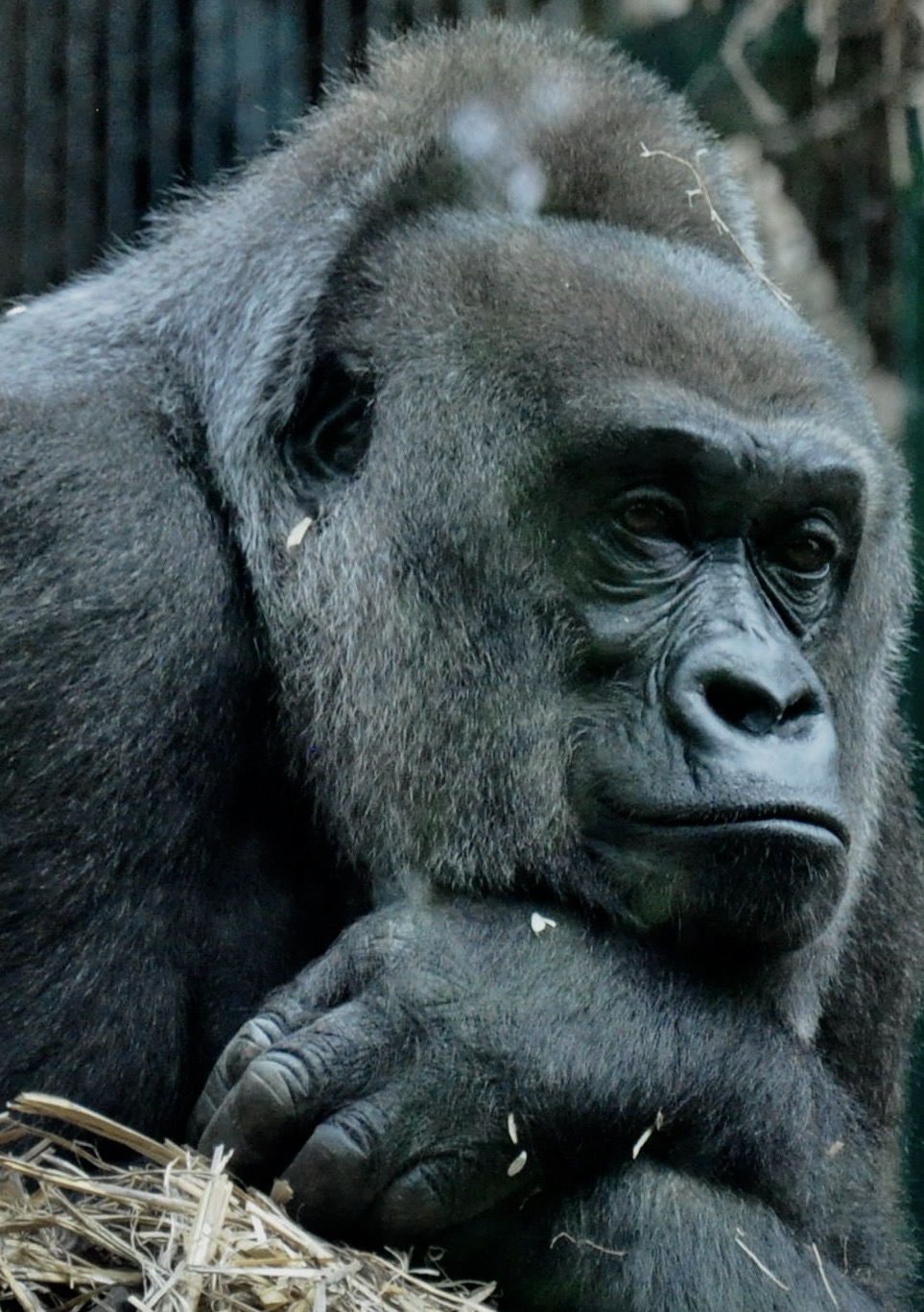
Lowland gorilla in Port Lympne safari park, Kent
I was really keen to include a primate tracking safari as part of my Uganda itinerary but knew from what I’d read online and from what others had told me that I just wasn’t physically fit enough to do a gorilla trek. Bwindi Impenetrable Forest truly lives up to its name (well, almost). The hike, which research indicated could take anything from one to seven hours depending on where the gorillas were that day, was likely to involve the thin air of high altitude, steep uphill climbs and trails wet and slippery with mud. Last April, a 63 year old French tourist lost his life after collapsing with a heart attack on the way back. Though Trip Advisor is full of gung-ho reports about porters and assistance, I decided that realistically, it wasn’t for me. Oh, and it would cost $600 in permits, though admittedly that’s a whole lot cheaper than the $1500 you’d pay across the border in Rwanda.

Grooming
Fortunately for me, Uganda’s primate tourism doesn’t begin and end with gorillas. While I was looking into a gorilla trek, I came across a chimpanzee tracking experience that seemed the perfect fit for me. I’d get to see primates up close but the trek, across the relatively flat forest floor of Kibale Forest, shouldn’t be anywhere near as tough. I put together a customised itinerary with car and driver provided by Roadtrip Uganda and they sourced a permit for me. It’s not wise to leave the purchase of permits until you arrive as they are strictly limited in number and you may be disappointed if they’ve sold out.
Tip: to further minimise the need for a long hike, opt for an afternoon tracking slot.

Chimps are exceptionally good climbers
As I had opted to stay overnight in Fort Portal and planned to spend the morning driving around the area’s crater lakes, I opted for an afternoon permit which would give us plenty of time to drive south to Kibale Forest. This turned out to be a wise idea. Groups go out in the morning and when the rangers come back to base, they report back on where the troops of chimps have been spotted. There’s no guarantee that they’ll have stayed put, of course, but I was told that there’s usually less walking involved in the afternoon excursions as a result. The downside is that temperatures do increase as the day wears on, though in the shade of the forest this isn’t as big an issue as you might first think.
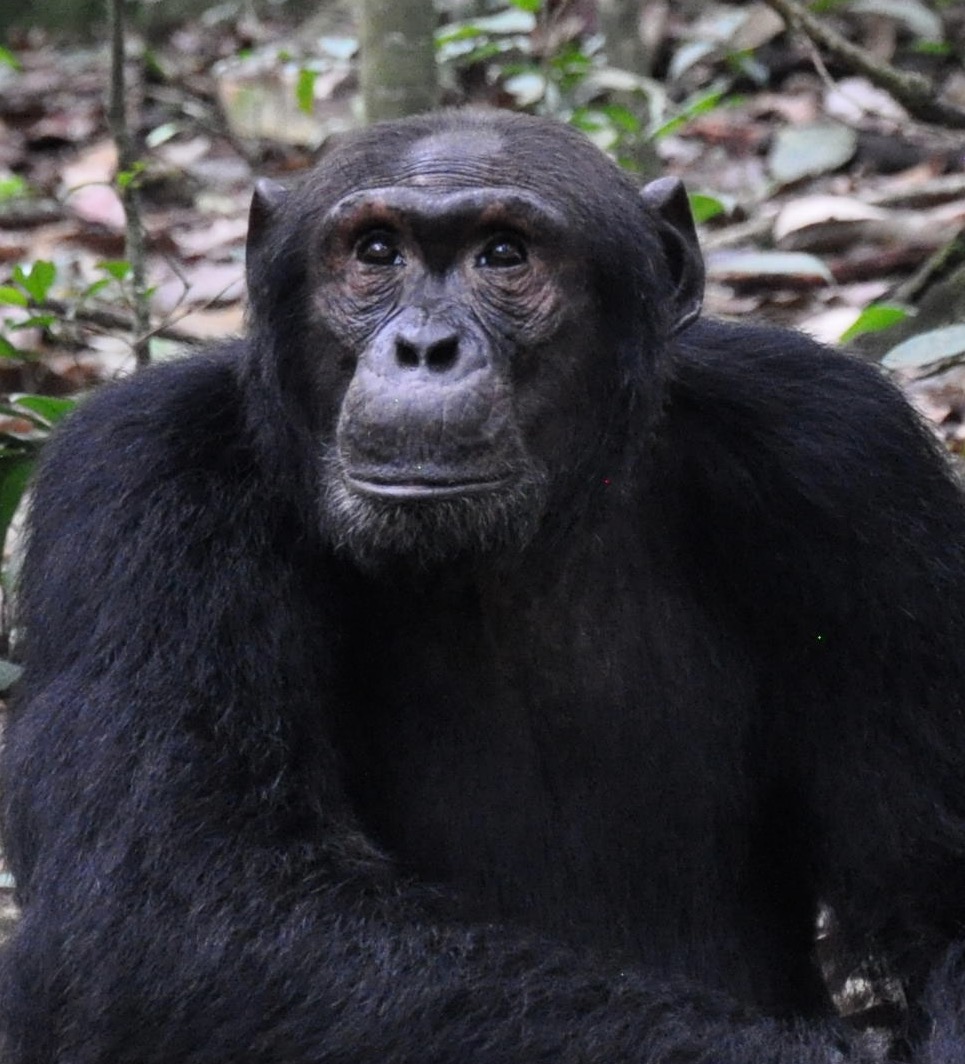
Chimps share 98% of our DNA
Our group of six met at the park office for a short briefing before our own drivers took us to the part of the forest that had been chosen as the start point for our tracking experience. Accompanying us were a ranger and also an armed guard; in the event of elephants or buffalo encroaching too close to the group, the latter would fire warning shots in the air. Before we gave our drivers a few hours off, there was another briefing. No one would be allowed to trek if unwell, the group should remain at least 8 metres from the chimps at all times and most important of all, we were told to tuck our trousers into our socks to avoid being bitten by ants. Photography was encouraged but we were to turn off the flash to avoid startling the chimps.
Three whoops of chimps (that’s the collective noun!) in Kibale Forest were habituated, that is, they’re used to being close to humans. Others are left alone. We set off in search of one of them, Benson our ranger encouraging us to hurry so we could reach the spot before they moved deeper into the forest. The pace wasn’t actually too fast, largely because we were picking our way over buttress roots and ducking under forest vegetation. Benson told us that the “hoo hoo hoo” sound we could hear was chimps calling to each other and that they were close.

The initial group
I was thrilled when we came across the first group of four – three adults and a baby – after only about fifteen minutes of walking. Benson arranged us so that we’d have a clear line of sight to the chimps without getting too close. We were the only group at that point, so the six of us enjoyed an intimate encounter and it was truly a delight. Though the baby had climbed a tree, too unsure to remain on the ground so close to us, the three adults weren’t fazed at all. Two were too focused on grooming each other to acknowledge our existence while the other rolled onto his back and closed his eyes for a snooze.
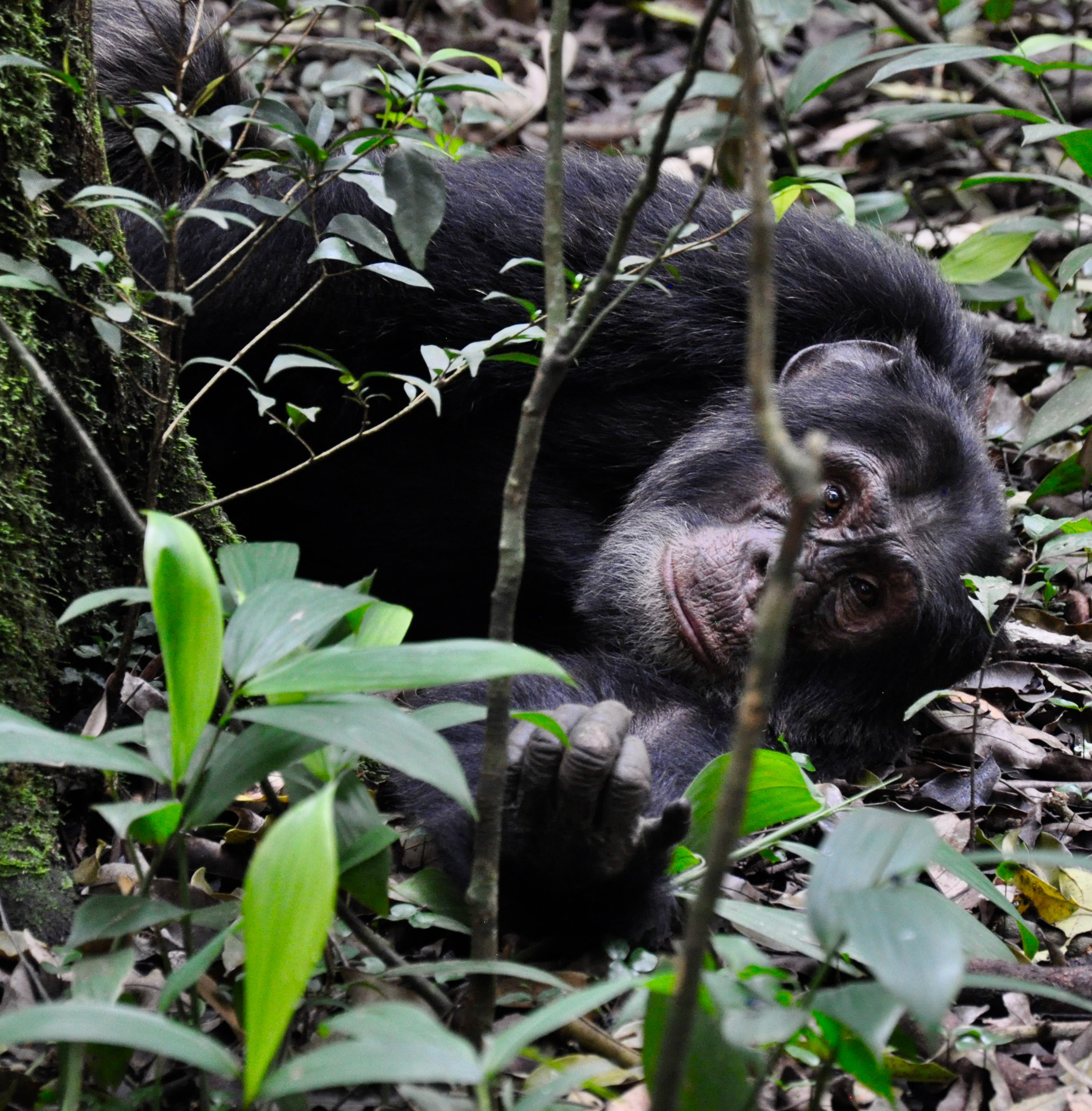
Time for a snooze
The chimpanzee tracking permit had cost $150, considerably less than that of the gorilla encounter, but still a significant amount of money. But at that point, it was worth every cent. About five to ten minutes later, another group caught us up. Benson asked us to move on so that the chimps would not be overwhelmed. We did so and and after a few minutes came across a larger group.

It’s a real privilege to be so close to the chimps
Once again, watching their behaviour was fascinating. These creatures share 98% of our DNA and many of the mannerisms are uncannily similar. We watched, transfixed, as they ate fruit, chased each other in play and swung from the canopy high above our heads. We saw their nests high in the canopy – the chimps overnight in these but prefer to hang out on the forest floor during the day. Generally speaking, it was a pleasure to be so close. The loud chatter and screams as they approached was a bit intimidating – as it was intended to be, I guessed. I think I’d watched too many Planet of the Apes films to have been entirely comfortable at this point, but Benson calmly explained what was happening and pointed out where they were which made me feel safer, particularly when they had us surrounded.
After the initial delight of seeing the chimps, I began to notice how different each were from the others. One was a proper porker – we were told he was vying for the alpha male spot and thought his extra weight might help. Some of the older chimps in the family were going grey, or balding. The youngsters, true to type, were mucking about and being put in their place by their elders. And the baby, well he was just too cute. We saw a female in oestrus, and then a bit of chimp sex up a tree after she parked her baby on the branch next to her while she got it on with her potential baby daddy. Sadly, light levels in the forest weren’t sufficient to get it on film but that’s probably just as well.
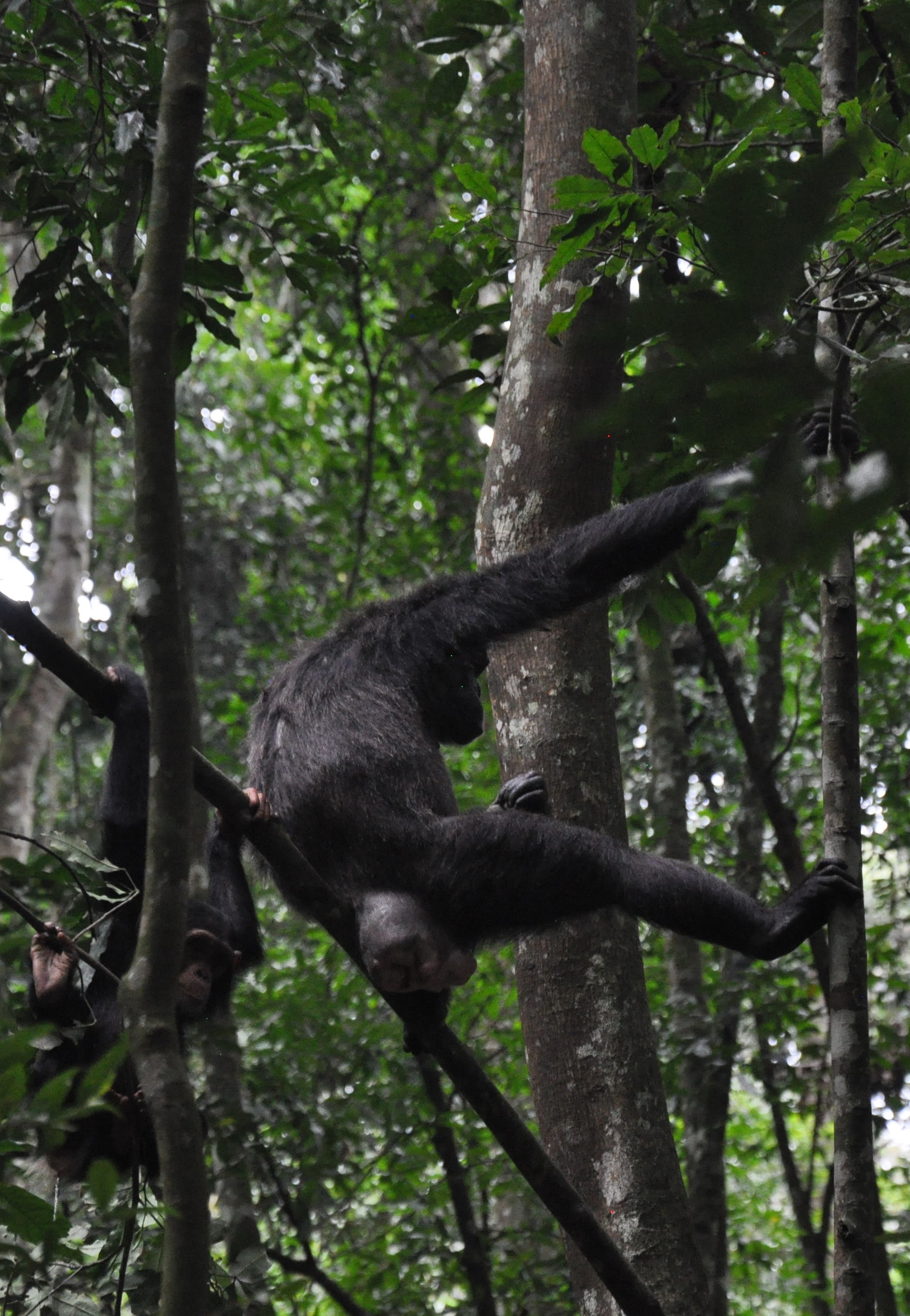
Letting it all hang out!
In all, we spent around an hour with the chimps before Benson led us on a trek out of the forest back to the ranger station. This was at a very leisurely pace, with plenty of stops to point out types of trees, birds, monkeys and butterflies. The tracking activity that I booked in Kibale Forest has about a 95% success rate of spotting chimps. This is nature, of course, and nothing is guaranteed. In all, we saw about 25 chimps. The permit cost me $150, which included entrance to Kibale National Park for 24 hours.
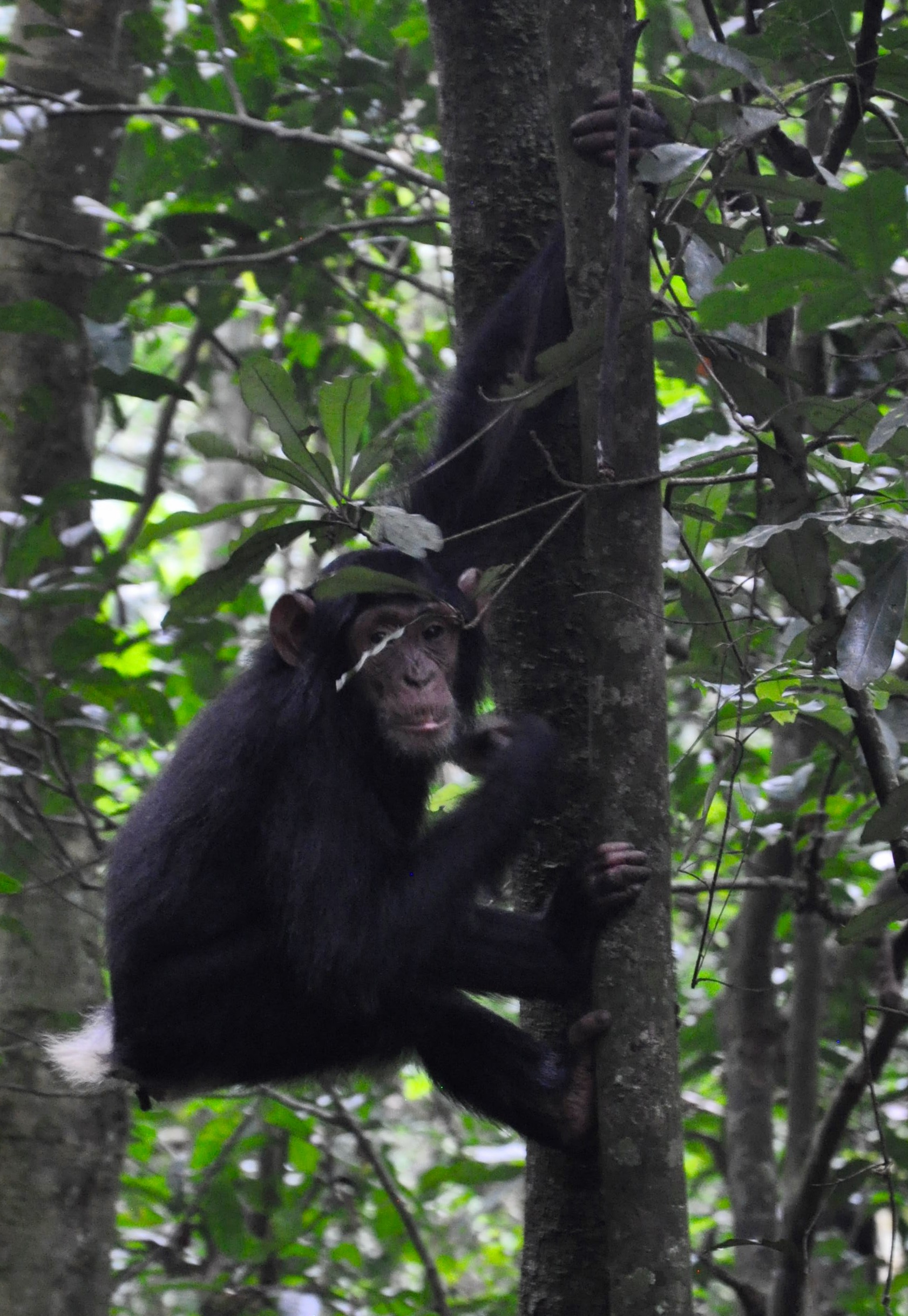
The adults were well habituated though the babies were a little unnerved by our presence
You can also try your luck spotting chimps at Budongo Forest Reserve in the northwest of the country, those living in the Kyambura Gorge at Queen Elizabeth National Park in te south and also at the Toro-Semliki Wildlife Reserve near the Congolese border. To spend longer, a chimpanzee habituation experience is offered, where visitors can spend all day in the forest shadowing researchers. This costs $200 for foreign visitors; on the Uganda Wildlife Authority website it does state half-day habituation experiences were available for $100 but I was told this was not the case. For a full price list, including prices for other areas, please use this link:
Review of Nile Horseback Safaris
“Oli otya!”
My greeting, freshly learned, typically resulted in a surprised face, followed by a torrent of incomprehensible words in Luganda, the language of Uganda. The villagers that responded could have been saying anything. It was as if I was participating in a kind of verbal line dance in which everyone knew the steps except me. I trusted they were repeating the familiar pattern of “hello, how are you?” that I’d been led to expect.
“Cale!” I replied, I’m fine.
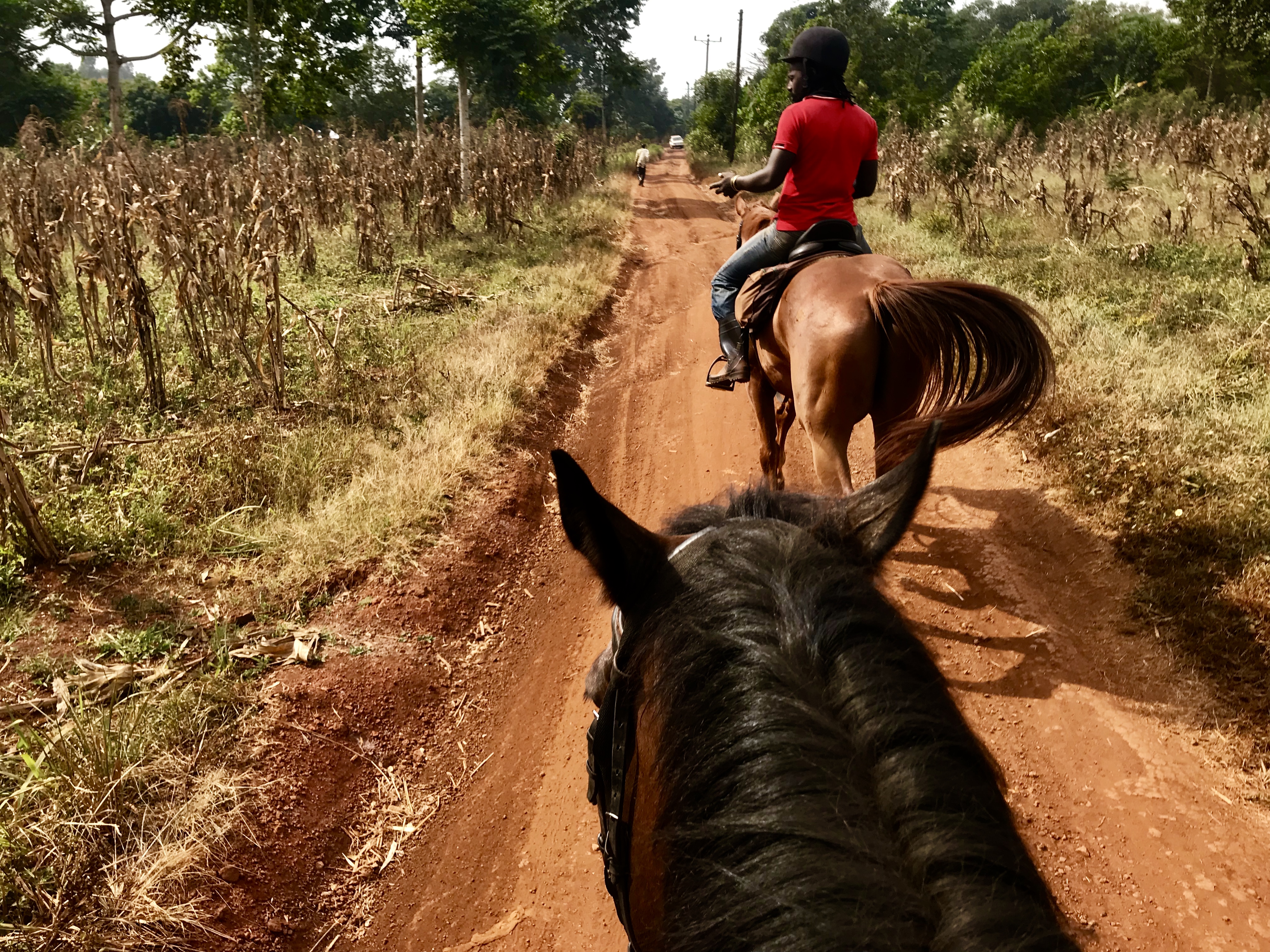
Fortunately, passing astride a horse at a slow but steady pace, by the time I’d uttered the final response I was some way down the trail and thus unlikely to be troubled by a continuation of the conversation. Francis, my guide, was effusive in his praise, commenting on the accuracy of my pronunciation, though obviously not on the extent of my vocabulary. As he’d been the one who’d taught me earlier that morning, I echoed the compliment.
A couple of hours earlier, I’d made the short journey out of Jinja, a pleasant town famed for being at the source of the Nile. English explorer and army officer John Hanning Speke had made his way here in 1863, searching for the beginning of the world’s longest river. Noting a spring that rose from an outlet of Lake Victoria, he staked a claim, sending a telegram that said simply:
“The Nile is settled.”

The claim was disputed, however, largely due to a lack of corroborating evidence and competing egos. Speke died in 1864, receiving posthumous recognition for his discovery in the latter part of the 1870s after Henry Stanley mounted his own expedition and proved Speke had been right all along. Things are considerably easier in the 21st century, with a memorial to Speke in the grounds of the Living Waters Resort and a blue and white marker located prominently (though inconveniently) in the middle of the river. Disputes over the source of the Nile continue, however, with many differing theories as to which bit of water lies furthest from the Nile Delta over four thousand miles to the north. The very visible spring bubbling up at the outlet from the lake at Jinja adds credibility to this particular claim.
Kitted out for my own, much more modest expedition in helmet and half chaps, I’d set off on a horseback trek. A series of mounting blocks at different heights made it easy to mount JD, a sturdy horse with a calm temperament that boss TJ had selected for me. The path we took soon led us through the village of Naminya. A succession of little children tottered about in the dust, their older siblings busy in the classroom. As we approached, they waved enthusiastically.
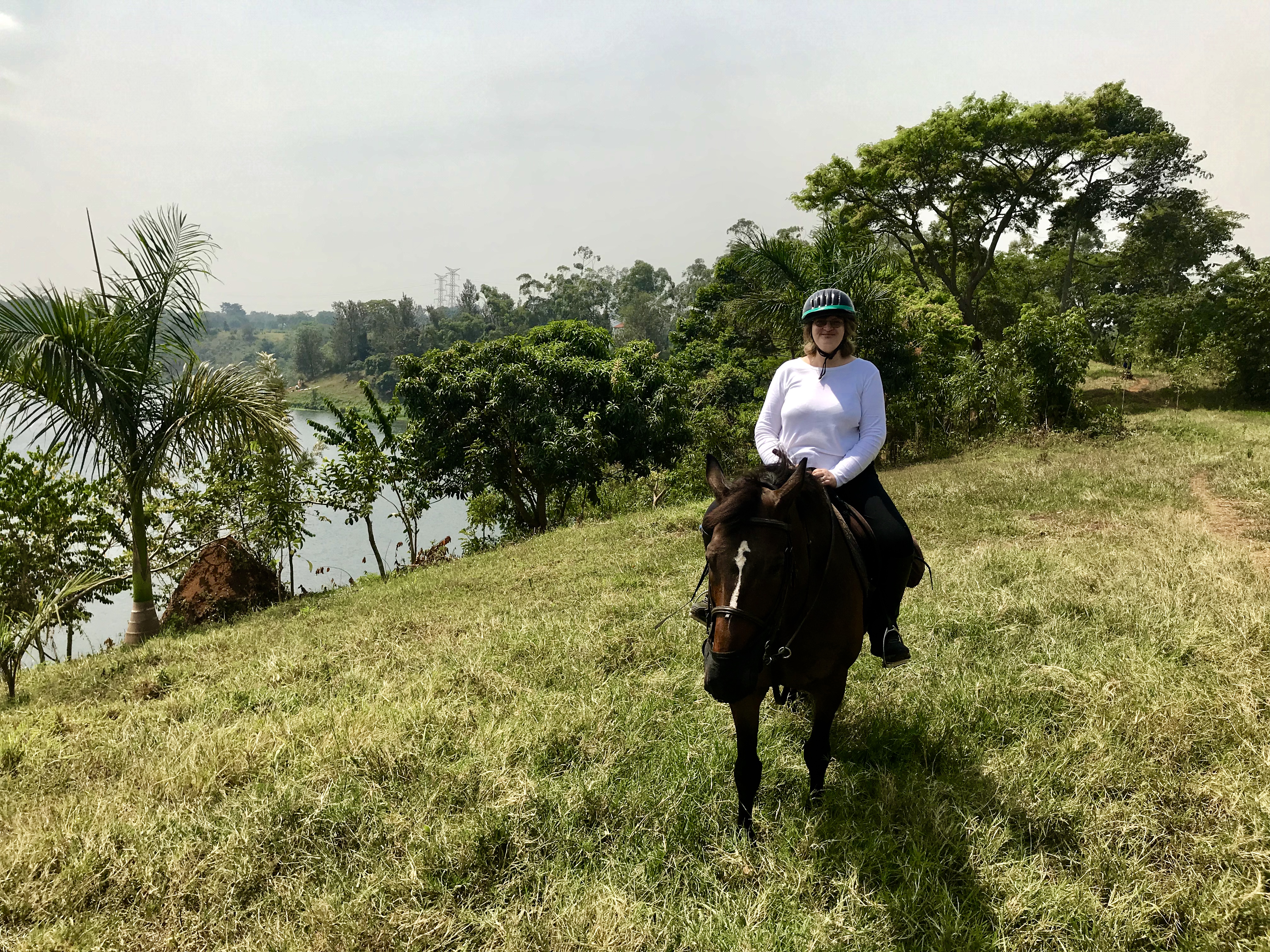
“How are you?” they trilled, giggling with delight at my response, “I’m fine, thank you. How are you?”
“I’m fine. I’m fine. I’m fine! I’m fine!!!” The singsong chorus was one that would become familiar wherever I went.
The sound of their voices faded to a whisper as the horses continued further along the dirt track. Such small children had much more freedom here. Passing bodas aside, there was little to trouble their safety. In any case, these motorcycle taxis hooted a warning as they passed and even at this tender age, the tots knew to stand back. We continued on, the horses’ hooves kicking up the compacted terracotta earth which passed for a road. The same mud held together by thin branches and topped with rusting sheets of corrugated iron provided rudimentary shelters. Those who could afford it upgraded to brick built dwellings, the uneven blocks fired in crudely constructed kilns that belched acrid smoke.
We passed the village well. Two women chatted idly as they pumped water into faded yellow plastic cans. Effortlessly, they swung the weighty loads onto their heads and strode off in the direction of home. They made it look deceptively easy. A man passed us, carrying a sizeable bunch of green plantains, the staple of the Ugandan dish matooke. What we call a bunch is merely a hand; this was a stalk crammed with the fruit and weighed a ton.

Soon afterwards, we encountered a woman in a fuchsia pink blouse and skirt making light work of an equally heavy sack on her head, and, more unusually, a lighter bag in her hand. Along the track, three sheep tugged at the ropes that tethered them in a yard shaded by banana trees. Next to them was a roughly constructed wood and rusted iron shelter that in no small measure resembled a bucking bronco.

The ride took us through plantations and lush countryside. Francis turned and said:
“Julia, if you’d like to pick up the pace tell me and we can trot.”
In the warm sun, though, I was content to walk, the lazy rhythm far too relaxing to interrupt. Out of practice – it had been a year since I was in the saddle – I wriggled uncomfortably in the saddle. The tightly zipped chaps gripped my chunky calves and numbed my feet. JD plodded on, patiently accepting the fidgety novice on his back without complaint. Every so often, I freed a foot from the stirrup and rotated my ankle. Francis continued to lead the way at a steady, manageable pace, glancing over his shoulder at regular intervals to make sure I was OK. I was. Even when his horse spooked a little at some cows beside the road, JD was reassuringly composed.
We looped round, passing verdant fields planted with crops. I was getting stiff, my body unused to the saddle. Ready to return, my interest suddenly piqued as the Nile came into view and all aches and stiffness was forgotten. Across the grass, in a gap between the trees, a glimpse of blue appeared. Francis led us to a clearing, from which the sliver opened up into a broad swathe of water.
“Would you like me to take a photo, Julia?” he asked.

I nodded, and manoeuvred the horse with some difficulty so that I faced the camera yet avoided coming a cropper down the steep river bank. Photo session concluded, we headed off along the trail following the river bank. So high above the river, one slip would send me tumbling down to the water, crashing through bushes and trees on the way. Once again I was relieved that JD’s calm disposition meant I could trust him not to stumble, leaving me free to enjoy the view from the saddle. Soon, the gate to the property came into view and it was time to dismount.
About Nile Horseback Safaris
Nile Horseback Safaris is an established riding business well run by TJ, an Aussie expat, and his Kiwi partner. A number of rides are offered, the most popular being the 1.5 and 2 hour rides that combine village trails with river views. These suit most riders as the pace is relatively gentle, but complete novices may prefer the one hour ride. Longer safaris are available for more experienced riders.
It’s a very professional set up and one which receives consistently positive reviews. Horses are well looked after, safety is paramount and helmets are provided. To ensure that the horses are as comfortable as their riders, a strict weight limit is enforced – check the website for details if like me, you are on the heavy side. The mounting blocks make it easy to get on and off the horses and TJ’s policy of sending out two guides with each group – one leading and one at the rear – ensures that if a rider was experiencing any difficulties, assistance could be given promptly.

I’d like to thank TJ for providing a complimentary ride but would hasten to point out that all views expressed are my own. I was very impressed, both with the set up and the scenery, and would happily recommend Nile Horseback Safaris to anyone looking for an alternative way of viewing the Nile and Ugandan countryside. This is slow travel at its best.
A January daycay: just the thing to banish those winter blues
Do you suffer from the winter blues? If you do, this month’s hell. Without Christmas lights to lift the spirits – excepting the neighbour whose outdoor tree will be a beacon of defiant brightness until the temperatures rise in the spring – the long hours of darkness can seem endless. If there’s a rare blue sky to tempt us to take a walk (it’s free and healthy after all!) it’s accompanied by a merciless cold north wind that defies the toughest hat, gloves and winter coat combo. The Arctic has nothing on the damp, seeping cold that whips off the North Sea in January while I’m stood waiting for the dog to finish his interminable sniffing. The sales are on, but there’s no longer anything worth buying, and even if there were, we couldn’t be persuaded to drag ourselves off our sagging sofas to investigate, such is the pervasive lethargy that blights January. Yet throughout this, our TV screens are awash with adverts featuring smiling families in sun-drenched locations having the holiday of a lifetime. It’s like a parallel universe, designed to torment us while we wait for our January paychecks and lament how our less than perfect life fails to measure up to that depicted by TUI.
Yesterday I escaped from all that, just for the day.
Despite living out on the Essex coast, it’s an easy run into London thanks to the swift and reliable service from Greater Anglia trains. This time, in preparation for the day ahead, I made a point of stopping by the Kelvedon station book exchange to pick up some reading material. It’s not often I have the luxury of curling up with a book on a working day, so this would be a real treat.

It was bliss. I spent the day trialling a new concept, a daycay, and it was just the thing to banish those winter blues. My day stay at the stylish Trafalgar St James in the heart of Central London had been arranged by DayBreak Hotels. They specialise in providing accommodation that would otherwise go to waste. Think about it: occupancy rates are lower than average in the UK at this time of year. Factor in that many people check out early and check in late, and you have hours and hours in between where those beautiful hotel rooms sit empty.

In the award-winning and recently refurbished Trafalgar St James, I was allocated a junior suite, complete with a comfy sofa looking out over a sunny Trafalgar Square and an even comfier bed promising to help rid my face of the grey skin and black circles that had settled in over Christmas. Watching from above the pillow was a black and white photograph of a youthful looking Mick Jagger, one of many in the hotel to be taken by acclaimed celeb photographer Dave Hogan.
The room was thoughtfully equipped, the attention to detail marking it as one of Hilton’s prestigious Curio Collection properties. Waiting for me, I found a Nespresso coffee machine, a book on London’s curiosities and a selection of glossy magazines, as well as a plate of melt-in-the-mouth macarons beside a welcome note.
There were a selection of Molton Brown toiletries lined up in the spotless bathroom and a couple of inviting dressing gowns hanging in the wardrobe. This was like a home away from home, but unlike home, I didn’t feel guilty that I wasn’t doing the hoovering or clearing away the dishes.
You might expect that as you’ve only checked in for six hours you might not be treated with the same respect as an overnight guest, but you’d be wrong. Every interaction I had with the hotel’s staff, from the receptionist to the restaurant servers, emphasised the close attention paid to customer service. I was offered a tour of the hotel, the highlight of which was enjoying the views from the rooftop terrace. The rooftop spaces make great entertainment venues; if I wasn’t a freelancer I’d already be bombarding my boss with emails about where to hold next year’s Christmas party.
I was also invited to see one of the suites that used to be one of Cunard’s corporate offices. The Landseer Suite was occupied, a minor disappointment as this was the boardroom where Cunard first received word of the sinking of the ill-fated Titanic. Next door, I did get to look around the Barry Suite, its original woodpanelling preserved under a coat of contemporary matt grey paint. It managed to be grand without being stuffy, the kind of place that makes you want to pop in to John Lewis on the way home to buy a few more cushions to spruce up your own place.

The hotel strives to be innovative – there’s not a hint of a bland, corporate hotel chain here. I found that also to be the case with afternoon tea. The dining room will shortly close for refurnishment, but the untrained eye would never guess. I was presented first with a menu of teas from the Tregothnan Estate in Cornwall. I had no idea that we even grew tea in this country and made a mental note to check that place out next time I was in the West Country. My question – was the rose tea better, or the red berry? – was met with the best possible answer – why not try both? (I did, and they were both a treat.)

The savoury treats were presented next, each accompanied by the Molton Brown scent that had inspired them. Coastal Cypress & Sea Fennel was represented by a slice of compressed cucumber topped with pieces of fennel crisp. Carpaccio of Denham Vale beef with pink peppercorn gel on sourdough toast exemplified Fiery Red Pepper. Following this were scones with jam and clotted cream, pleasantly warm and surprisingly filling. The patisserie was equally as inventive. A rose and rhubarb pastille was bursting with flavour and a mouthwatering prosecco sabayon with watermelon and berries decidedly moreish. My favourite Molton Brown aroma, orange and bergamot, came in the form of a chocolate and Earl Grey eclair topped with tiny strips of candied orange.
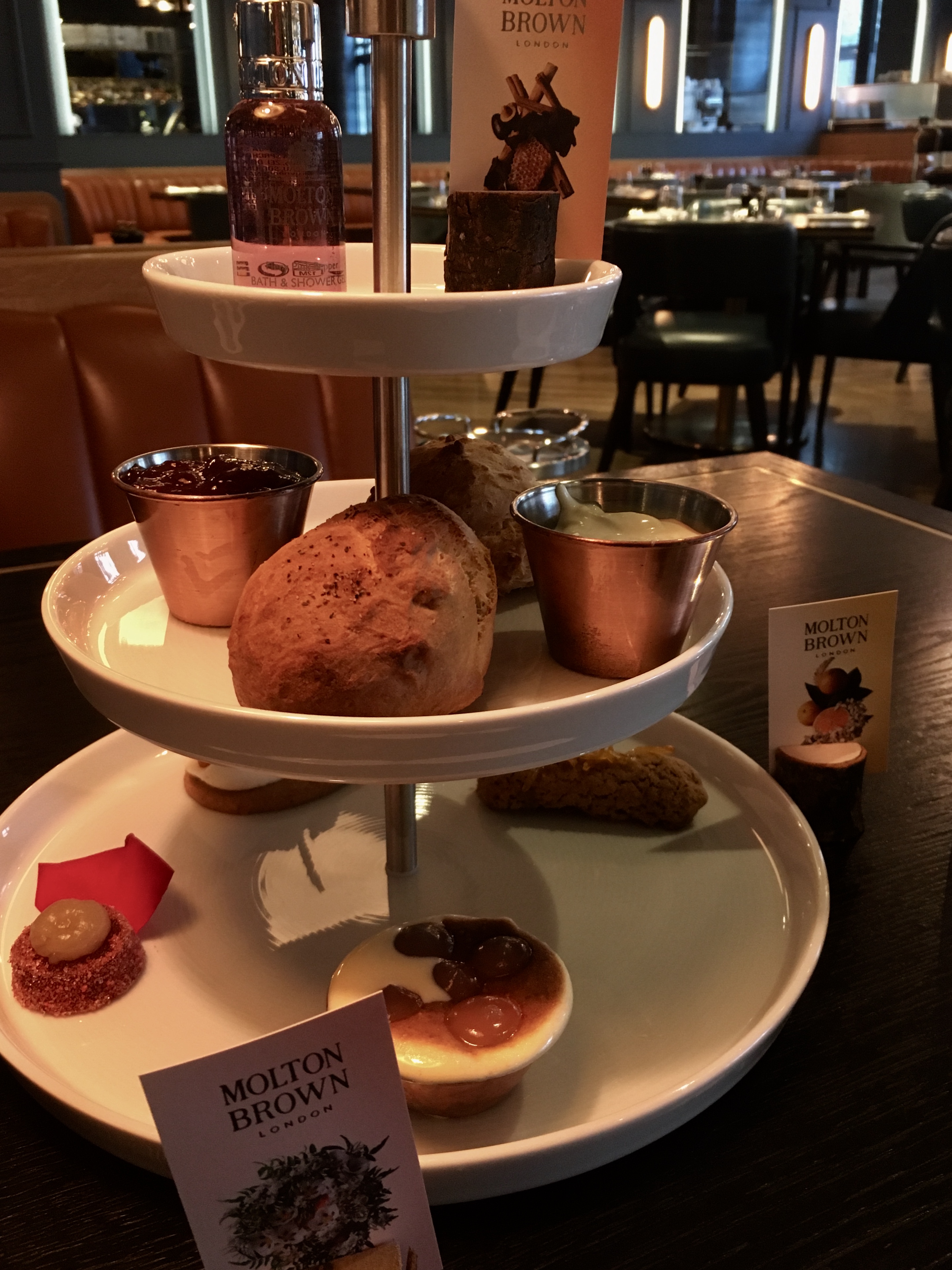
There was barely a crumb left by the time I’d finished. Had I not been in public, I’d have been tempted to lick the plate. With an hour and a half left on the clock, I chose to return to my room for a profligate nap. London, with its galleries and museums and countless other attractions, would have to wait. After all, it’s not every day a girl can say she fell asleep under the watchful gaze of Mick Jagger, is it?
About DayBreak Hotels
Daybreak Hotels offer a range of properties in destinations across Europe, the Americas, the UAE and Australia. The daycay concept is a clever one, with daytime and evening slots available. Same day and advanced booking as well as special offers can be found on their website:
https://www.daybreakhotels.com/GB/en-GB
There are so many reasons why you might book a hotel for the day instead of the night – perhaps you’re looking for a comfortable place to shower and change before a posh night out on the town or somewhere to relax before an evening at the theatre. Perhaps like me, you’re tempted by the promise of an indulgent afternoon tea or need a winter pick-me-up without the expense of a full-on holiday. Some properties come with spa or pool access, making them a great choice if you’re in need of a little pampering.
Maybe you could make use of a convenient city centre base for a sleepy toddler to have a rest in between seeing the sights? Or how about a place to leave a grumpy husband in the ultimate man crèche while you potter the shops at a leisurely pace? Also, there are plenty of hotels on DayBreak’s books that are conveniently located on or very close to airports, ideal for a lengthy layover – and far nicer than hours spent in an airport lounge. Whatever your reason for booking, the daycay concept is one worth checking out.
Thank you
I was a guest of DayBreak Hotels and benefited from complimentary travel with Greater Anglia. To both: many thanks for your generosity.
Cirque du Soleil’s back in London
Bulging veins riddled the man’s substantial biceps, triceps and quiadriceps like a toddler had been let loose with a crayon and scribbling pad. Beads of sweat trickled into the furrows in his forehead. He was mirrored by another, equally intense, performer who lie supine beneath him. Together, they contorted into ever more fanciful positions, bearing each other’s weight and holding positions that required muscle strength and concentration far beyond that which ordinary mortals could summon. The sight, just a metre or so in front of me, was as hypnotic as it was impressive. I, like everyone around me, was rapt.

That was my first introduction to Cirque du Soleil, over twenty years ago. Was it Quidam or Alegria? I can’t remember. Nor can I remember whether it was in the Grand Chapiteau or the Royal Albert Hall. But that doesn’t matter. What’s important is the spectacle of it all, the mesmerising performances that truly deserve the overused and rarely accurate epithet breathtaking. That’s what has stuck with me for all these years and that’s what keeps me going back to see Cirque du Soleil time and time again.
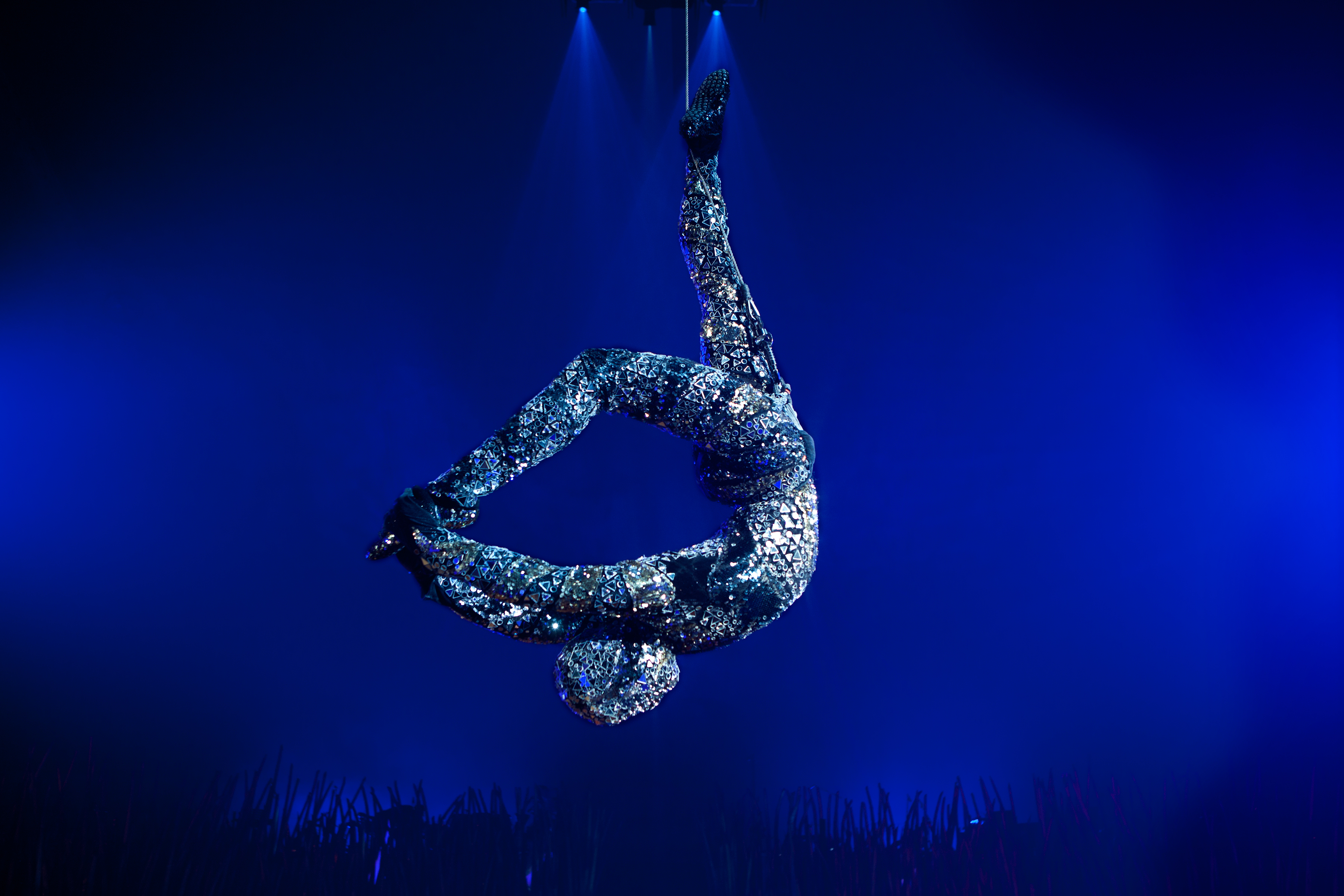
Crystal from TOTEM
Picture credit: OSA Images via the Totem press kit
This week, Made and Greater Anglia supported a complimentary trip to see this year’s show, Totem. It was staged at the Royal Albert Hall – a treat in itself. As the lights dimmed, the compere revealed that it was a Royal premiere also, to raise money for Sentebale, a charity working with HIV-positive children in Lesotho and Botswana. Our seats would face those of Prince Harry and his wife Meghan, who wore a dazzling Roland Mouret gown. I felt underdressed in my wool sweater and scarf dampened by rain. Touching my make up free face, I resolved to make a bit more effort next time. But hey, who cares when the lights dim?

Diabolo from TOTEM
Picture credit: OSA Images via the Totem press kit
Totem wowed, just as the others had done before. From the moment the covers came off the skeletal turtle shell to the waves and bows of the finale, it was a showstopper. Acrobats, unicyclists, Russian bars and of course the almost obligatory Italian clowns – it had all the elements of the successful shows that I’ve come to love.

Stand out moments in the evolution-themed show included the flawless work of the Native American ring dancers and a wonderfully romantic rollerskate interlude conducted on a platform too small for any error. Clever choreography lent itself to a neat evolution of man set piece.
If I had one criticism, it would be that the music lacked the impact of, say, Alegria. As I’m writing this, the title song from what’s probably my favourite of all the Cirque du Soleil shows is playing in my head, although I’ve not heard it for years. Yet less than 48 hours after hearing Totem, I can’t recall a single tune. But don’t let that put you off. Whether you’re a die-hard fan or a Cirque du Soleil newbie, this is a show that you should definitely see. You’ve got until February 26th to catch it this time.

Thanks
Made provided two complimentary tickets to Totem, for which I’m very grateful. I also appreciated the free rail travel provided by Greater Anglia – driving to the Royal Albert Hall at rush hour wouldn’t have been a pleasant trip at all. The train was clean, comfortable and on time, leaving me plenty of time for a pre-show drink. For more on Cirque du Soleil including ticket booking for the current London run of Totem, please visit their website at:
https://www.cirquedusoleil.com/totem

Finale from TOTEM
Picture credit: OSA Images via Totem press kit
Moldova’s National Wine Day
Moldova celebrates its National Wine Day over the first weekend in October. If you want to sample wines from the country’s many wineries without putting in the legwork, this is your chance. Representatives from the major labels come to the capital Chișinău and set up beside Cathedral Park. The organisers even offer a wine tasting passport with tour guide to provide key background information should you wish to know a little more about what you’re drinking.

Getting there
From the UK, there are pretty much two direct options: Air Moldova from Stansted and Wizz Air from Luton. (I also found an airline called FlyOne, but it didn’t seem to be operating flights at this time of year.) When I booked, the Wizz Air option was significantly cheaper but did have the disadvantage of flying overnight on the outbound leg. If you’re going to do this one, hope that your hotel will allow you to check in early or prepare to take an afternoon nap. That’s of course if like me you’ve reached the age where staying up all night is no longer a good thing.

Getting around
There’s a convenient trolley bus which departs from right outside the arrivals terminal door. It takes about half an hour to get into the city centre and costs just 2 lei, about 10p. Look for the number 30 and pay the conductor on the bus. If you need to find change, there are exchange facilities that open early in the morning landside; I bought a cup of coffee which gave me somewhere warm to wait for the bus and the right money to buy a ticket. It was a little disconcerting when the bus stopped and the driver got out; I’d forgotten that trolley buses are a lot of effort when the wires don’t extend the length of the route. What was good, though, was that the buses ran from very early in the morning until late at night, even on Sunday.
Getting a room
I opted for the almost brand new City Center Hostel. It was located just across the road from Cathedral Park and around the corner from the bus stop. My room had twin bunks and for single occupancy cost just £27 for the night. The shared bathrooms were down the hall but were spotless. If you can’t bring yourself to stay in a hostel, next door is the conveniently located Bristol Central Park Hotel and opposite is the Radisson Blu. Both I’m sure are very nice but would set you back a whole lot more.

Getting your culture fix
I’d read that there was a parade and early signs were promising. There were plenty of people in national costume and in front of the big sound stage, rehearsals were still in full swing just minutes before the action was supposed to kick off. I was able to get close enough to see the dancers, which was fortunate as once the formal proceedings began, some rather surly security personnel did a very good job of keeping everyone right back out of the way. The view was further obstructed by press photographers and cameramen. There were no programmes in English, but this lady had brought her own from the local newspaper – no help to me, alas:

Though I did manage to see some of the winery representatives presenting their baskets of grapes, this part of the proceedings was something of a let down. However, later, once all the dignitaries had said their piece, the bands came on and the dancing started – fun to watch and even more fun to join in. The event’s free too, which was even better.

Getting drunk
With a tasting passport costing just 200 lei (£10), it’s hard to resist the chance to try as many of the wines on offer as you can. I made my way to one of the information kiosks (they’re located at either end of the main drag) and grabbed a place for one of the English speaking tours.

Our guide was as hipster as they come, but explained the different characteristics of the wine well at first. As the afternoon wore on, he became progressively more tipsy (like the rest of us) and at one point dropped a bottle of wine on the floor in front of him.

Some of the wines were too dry for my taste but I did enjoy the Cricova sparkling wines. I’m no connoisseur – the sweeter and fizzier the wine, the more I like it. Fortunately, the passport contained an extra token for “your favourite” wine so I had a second glass. It was a pity there are such stringent regulations at airports these days as I’d have liked to buy some to bring back.
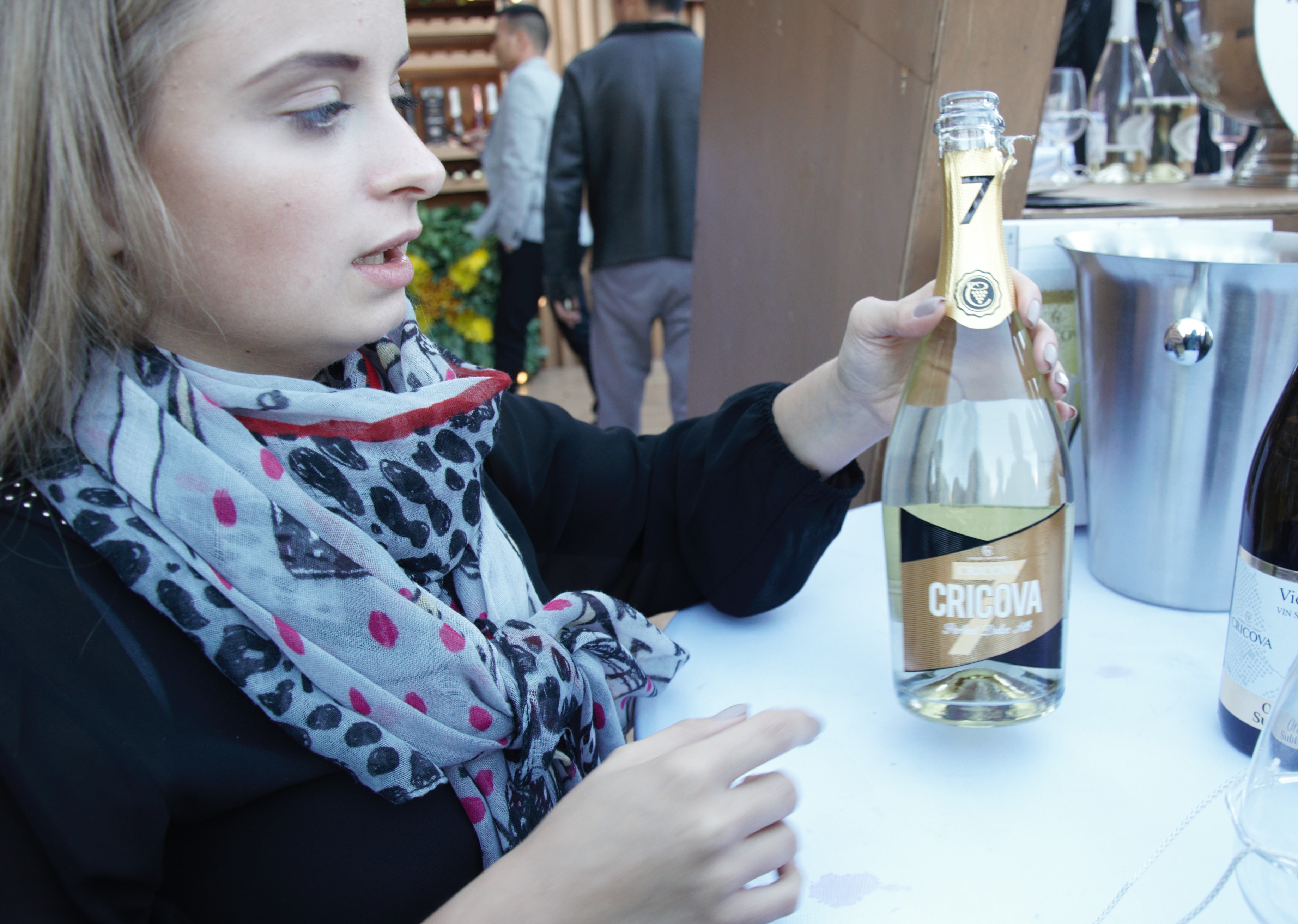
By the way, if you are going to visit one of the wineries outside Chișinău, I’d recommend Mileștii Mici. Its huge underground vault can hold almost 2 million bottles of wine and its subterranean rooms and passageways extend for around 120 miles. They run organised tours so there’s no need to worry about getting lost down there forever.
Getting food
Fortunately, there was plenty of opportunity to taste the local food as well, which helped to soak up a little of the alcohol I’d consumed. Adjacent to the wine stands are the food stalls. Many sold similar fare: succulent pork, tasty sausage, cabbage and potatoes. A lot of the stalls sold by weight; you indicated roughly how much they should pile on your plate and they told you how much you owed them. I had a heaped plate for about 75 lei, which worked out to under £4, and it was delicious. Communal tables mean it’s easy to make friends while you eat.
Getting to see more of the city
As I was visiting Transnistria, my time in Chișinău was limited. I did get to see the city’s smallest statue. Representing the Little Prince in Antoine de Saint-Exupéry’s novella, it took a while to locate, not least because someone I asked for directions Googled it and found an old article which said it was yet to be installed. It’s on the railings lining the lake in Valea Morilor Park – persevere and you’ll find it.

I also had a wander around an open air museum outside the city centre on the airport road; there was a wedding taking place so I didn’t have the chance to go in the wooden church. I finished up at the Ciuflea Monastery. Despite being close to the main road, it was remarkably peaceful.
How to visit Transnistria from Chisinau






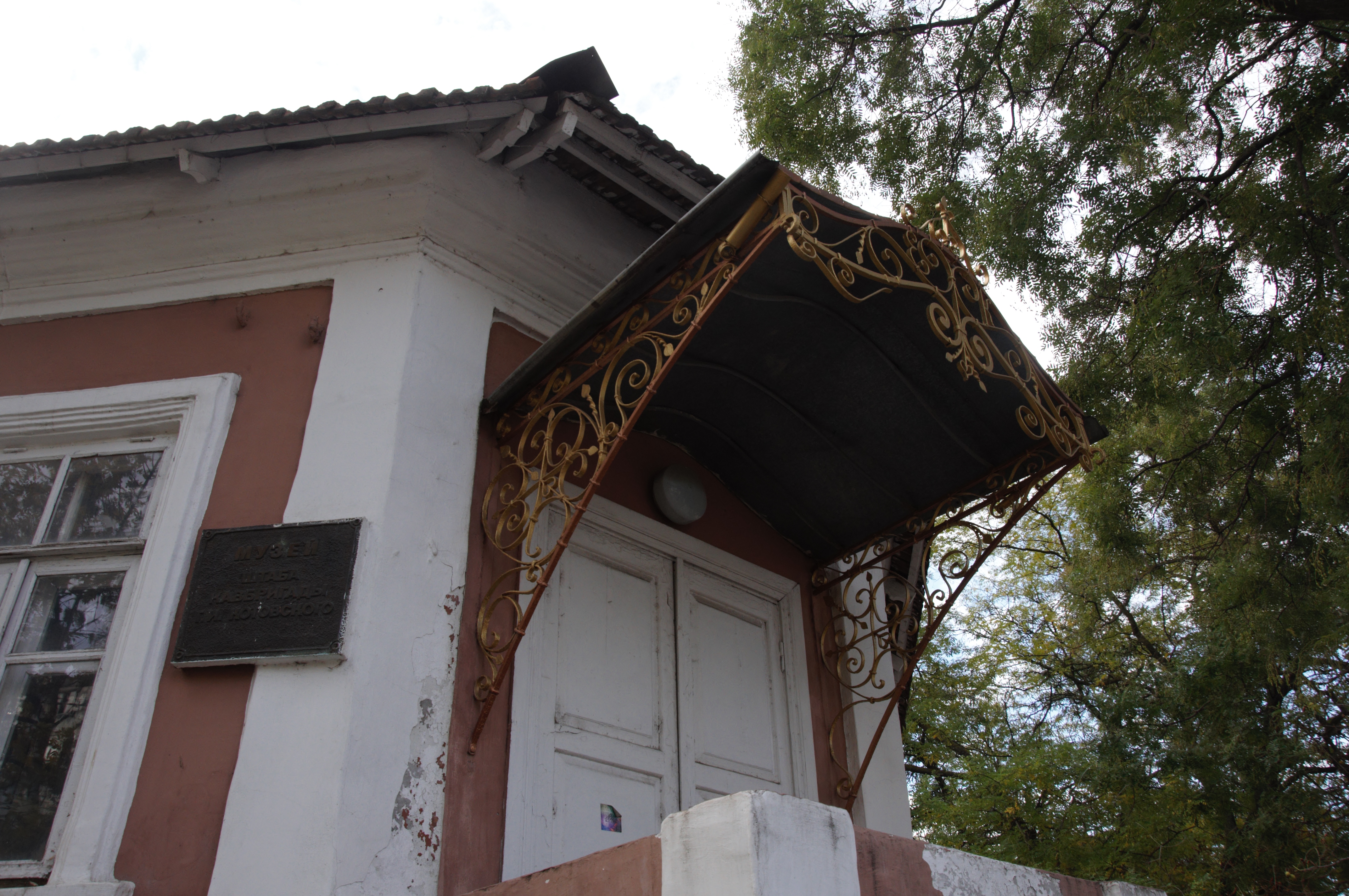
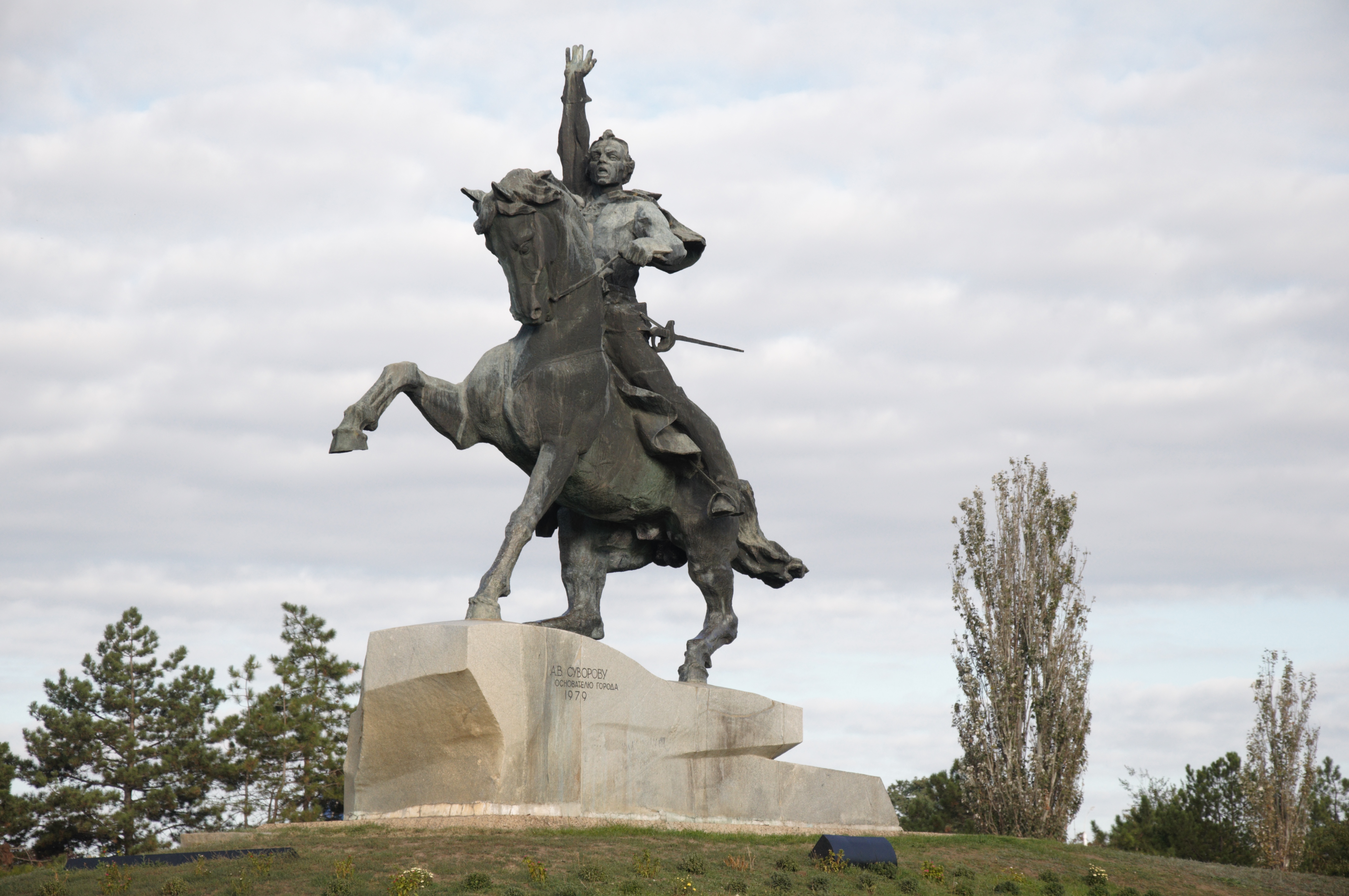




Have you visited London’s Postal Museum?
Piccadilly, Central, Circle – most of us are very familiar with the London Underground. But there’s another subterranean railway and it links Whitechapel in the east to Paddington in the west. Long before the DLR was operational, it ran without drivers and guards. It carried freight beneath the streets of London and kept an industry efficient despite the capital’s heavily congested streets.

That railway is MailRail and though it was closed by the Royal Mail in 2003, the good news is that last year, specially adapted, it opened for visitors as part of the new Postal Museum. If you haven’t been, I’d urge you to go. From small children to the elderly, this is a true family attraction with something to interest everyone. Last week I was lucky enough to be offered a complimentary visit courtesy of Made and enjoyed a fun afternoon at the Postal Museum as their guest.

We began at the Postal Museum Exhibition. I expected to want to rush this part of the visit in my excitement at having the opportunity to ride MailRail. In fact, the exhibits have been very well thought out and I was soon engrossed. Many of us don’t realise that the postal service in Britain began as a private service for Henry VIII. The term “the post” referred to the horses that were used as transport. But the King’s couriers took on covert work to supplement their income and soon the notion of sending something through the post was commonplace – amongst the wealthy at least. Ironically, most of the post boys couldn’t read and letters bore the symbol of a hanged man as a stark warning not to steal the letters’ contents. The advent of the mail coach reduced the risk of robbery and increased reliability.
In the Victorian era, the Royal Mail as we know it was born. Rowland Hill submitted his proposal for postal reform in the 1830s. He suggested the introduction of uniformly low prices based on weights rather than distance, as well as the system of prepayment which we take for granted today. His ideas met with a favourable response. In 1840, the Penny Black was introduced and for weightier letters, the Twopenny Blue.

The museum features plenty of interactive exhibits. You can dress up in vintage mail uniforms and create your own stamp with your picture on it. There were also plenty of surprises. I learnt that pillar boxes were originally green. They were road tested in the Channel Islands in the 1850s before being rolled out across the UK soon after. But the colour was thought dull and dreary, so red paint was introduced a couple of decades later.
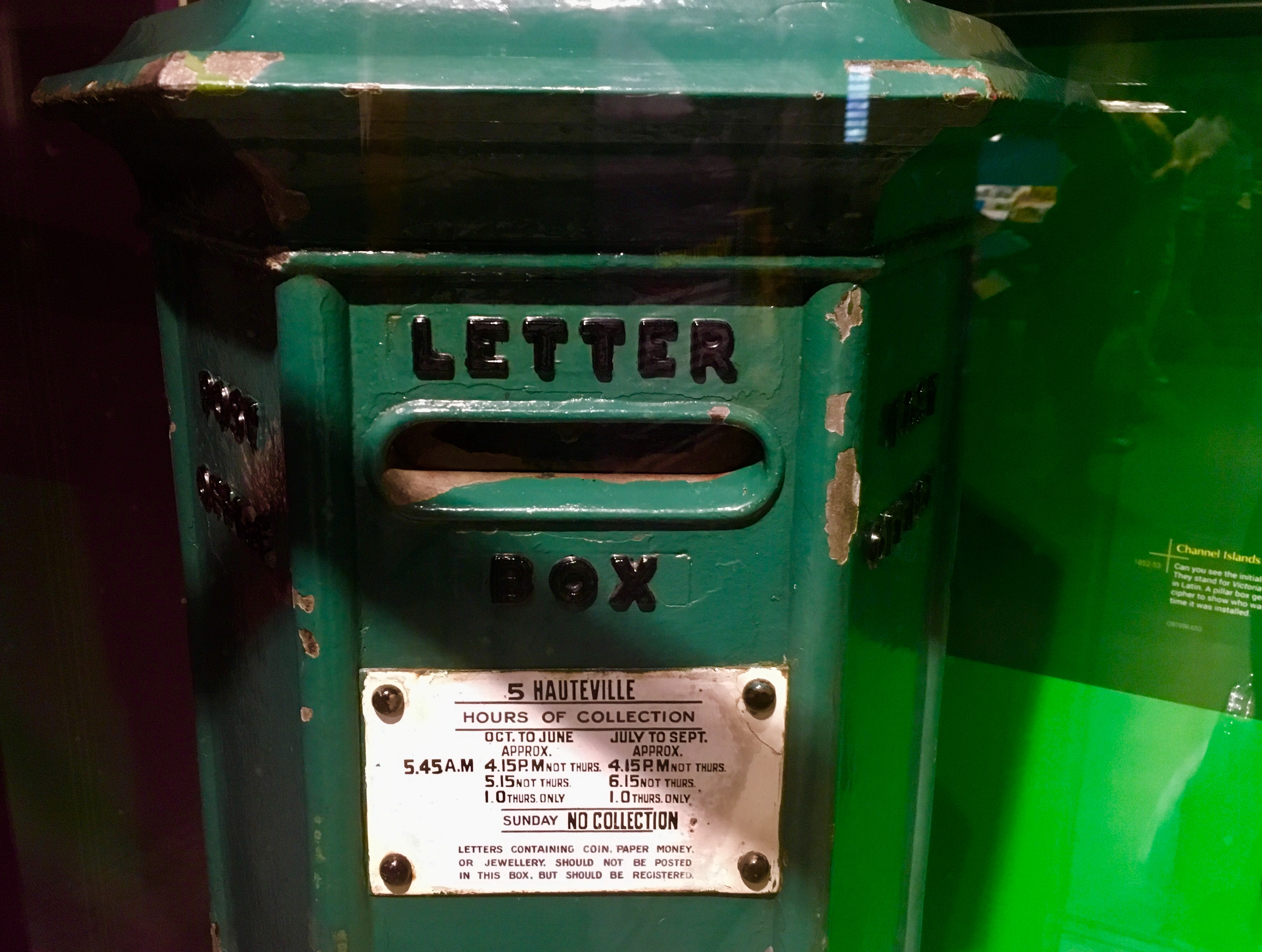
Blue airmail boxes also existed and on them were lists of last posting times for key cities around the world. The inclusion of Algiers is a reminder that places become more and less important to others as times change. Colonial names like Tanganyika, Persia, Siam and Ceylon can still be seen on this 1930s box. If you’d have wished to send a letter from London to Brisbane at this time, it would have taken 12 days to arrive. With a journey length of 12700 miles (when you take into account the many stops), it was the world’s longest air route at the time it was launched, in 1935.

Engaging though the museum was, the highlight of the afternoon was to be found across the street: MailRail. The Post Office Railway was rebranded on the occasion of its 60th birthday in 1987 to this catchier brand name, but in actual fact, the idea of a railway for the postal service had been mooted as early as 1909. The route linked the six big sorting offices with two mainline train stations over 6.5 miles of track.
Sacks of mail were transported on these trains and an army of employees manned the platforms unloading the precious cargo. The trains ran for 22 hours a day, six days a week. An estimated 4 million letters passed through the system every day. A series of lifts, chutes, conveyors and elevators were used to avoid “laborious man-handling of bags” which would slow the whole process down. Automatic train control was in operation, leading some employees to comment that it was like having their “own giant train set to run”. With as many as eighteen mail cars speeding around the system at any one time, they needed to keep their wits about them.

The mail was sent by overground train to the different parts of the UK and postal workers sorted it by destination while on the move in what was called a Travelling Post Office. This part of the museum has a mock up of such an onboard sorting office which you can use to file “mail” – as the carriage rocks it’s not easy to keep your balance if you’re not used to the motion.

The ride itself lasted about fifteen minutes, completing a loop under the Mount Pleasant section of the railway beginning and ending at what was once the maintenance depot. When operational, express trains would have taken the same amount of time to run between Liverpool Street and Paddington – try doing that on the Tube now! It was well done – from the cramped compartments we listened to an informative commentary and enjoyed some interesting audio-visual projections along the route.
Though you might struggle if you’re claustrophobic, spare a thought for my father. A retired engineer, he once carried out a survey of some of London’s sorting offices and was sent with his bags via MailRail. That would have been a very tight squeeze. At least now you get to leave your stuff in the lockers provided!
Practical information
The Postal Museum and MailRail are open all year except for 24-26th December. Opening hours are 10am to 5pm with the last train departing at 4.35pm. Allow at least a couple of hours for your visit. As you need a timed ticket to ride the railway, it’s best to buy your tickets in advance. Details of ticket prices and other information can be found on the Postal Museum’s website here:
Is it time you visited Colchester?
Colchester’s been busy – a new advert using the tagline #ifthesewallscouldtalk has popped up on our television screens and sets out to promote the town’s many historic attractions. As England’s oldest recorded town and also its first Roman city, there’s a lot of history to uncover. But while most of us in the region know about Colchester’s castle, some of its more recent history can get overlooked.
As part of Greater Anglia’s summer #railadventure campaign, I set out to rediscover Colchester. The first decision I had to make was which station to use: Colchester has three railway stations. I opted to alight at Colchester Town (formerly known as St Botolph’s) as it is closer to the town centre than Colchester (also known as Colchester North) and Hythe. From there it was a six minute stroll to my first stop.
Tymperleys is a Tudor mansion tucked away in a courtyard off historic Trinity Street. Building began in the 1490s and over time it was added to and altered as the place changed hands. Among its illustrious owners was William Gilberd, an Elizabethan scientist who, it’s said, came up with the term “electricity”. Later, Colchester businessman Bernard Mason, who owned a successful printing firm, bought the place. His passion was clocks and amassed a collection of over 200 timepieces, one of the largest in Britain. This is what Wikipedia has to say about him:
Mason was a Freeman of the Worshipful Company of Clockmakers and the author of “Clock and Watchmaking in Colchester” (1969) which originally cost four guineas (£4 4s 0d £4.20). He was made an OBE in 1959. Mason claimed that there are 375 known examples of Colchester clocks and he managed to collect 216 of them in his lifetime, travelling far and wide to bring them back “home”.

After Mason’s death, he bequeathed his collection – and the house – to the people of Colchester. In 1987, the Tymperleys Clock Museum opened and would remain a popular attraction until 2011. But I had another reason to visit. These days, Tymperleys is perhaps (despite stiff competition!) the best cafe in the town centre and it’s especially lovely in the summer when you can eat al fresco in the delightful walled garden. No surprise, therefore, that most customers were sitting outside. With a fierce July sun beating down, I was glad of the shade of a garden umbrella as I enjoyed a tasty lunch surrounded by the pretty floral displays.
These days, not a single clock from Bernard’s collection – I asked – is left in Tymperleys. Before you fret, however, they have been moved. A short stroll across the town centre you’ll find them in the excellent Hollytrees Museum. It’s free to look around and learn something of the Colchester clockmaking industry which, it turns out, was quite something back in the day. Once a centre for baymaking (the manufacture of a felted woollen cloth), Colchester’s industry diversified in the Georgian era and it was then that the town became a centre for clock making.

Perhaps most productive of these craftsmen was Nathaniel Hedge. The Hedge family set up in business in 1739, running a factory from 1745 until the late 1780s. Other names to look out for include John Smorthwait, who trained up the young Nathaniel. One of the oldest clocks on display is a Thirty Hour Longcase clock made in 1698 by Jeremy Spurgin out of oak. Many of the pendulum clocks on display feature adornment in a style known as Japanning, a lacquered decorative finish involving paint and varnish. It’s an intricate style, a reminder that fashion was as important as function when it came to clockmaking.
By 1800, however, the industry had peaked and went into a steep decline as clocks could be made elsewhere much more cheaply. The industry and its contribution to Colchester’s history would be all but forgotten if it wasn’t for Bernard Mason. Whether you’re local or visiting from outside the region, it’s well worth the detour to take a look at this fascinating collection.
The visitor information centre is housed on the ground floor of Hollytrees Museum; their walking tours of the town provide an insight into the town’s past that you’d be hard pressed to achieve without their knowledgeable guide. For this and more on the town’s historic attractions, check out my previous blog.
The lowdown
Greater Anglia offered me a free train ticket in exchange for writing this review of my #railadventure. Travelling by train is an inexpensive way to travel, particularly off peak. For instance, if booked in advance, tickets from Norwich to London cost just £10, Cambridge to London can be had for £7 and Southend to London only £5 (all fares quoted are one way). Accompanied children travel for just £2 return and you don’t even have to pre-book their ticket – this fare is valid on all off peak trains within the Greater Anglia network. On top of this, GA are offering a 2FOR1 deal on top London attractions; with the summer holidays fast approaching this is great news for families. And don’t forget, the excellent Hollytrees Museum is free. It even has a kid-friendly display of vintage toys and a couple of nursery rhyme surprises, though I’ll leave you to discover those for yourself.
Colchester Town station had one last treat as I was waiting to board my train home. This poem, written by C. E. Benham in 1890 is entitled “A ballad of the Tendring Hundred” and you’ll find it on the station wall. Best read out loud – see how well your North Essex accent turns out!

Discover destinations and ticket prices at www.greateranglia.co.uk and plan your journey at www.nationalrail.co.uk.
Did you feel inspired to plan your own rail adventure after reading this blog? Why not complete Greater Anglia’s survey using this link:
On safari in Kent: review of Port Lympne
The thrill of seeing animals in the wild in Africa’s national parks is one of life’s great travel adventures. But sometimes you can’t wait for Africa to get your travel fix. A visit to Port Lympne Reserve in Kent, owned and managed by the Aspinall Foundation, provides an opportunity to go on safari without leaving the UK, but how does it compare to the real thing?

The organisation’s credentials are good: known for its work breeding rare and endangered species, the park is home to 25 painted dogs, 17 Western lowland gorillas, 15 Eastern black rhinoceros and 5 Rothschild giraffes. The park’s animals are housed in a variety of ways, with some roaming freely across acres of rolling fields and others in purpose built enclosures.
It’s possible to visit for the day but for a special occasion, Port Lympne has a range of overnight accommodation. We chose to rent a cottage, but could equally have spent the night in a glamping tent, hotel or even a treehouse suite. Further accommodation is planned, as is a spa, expected in around 18 months time.
Our cottage slept eight and was very comfortable for our party of six. Each of the four bedrooms was a generous size, in particular the master suite, which had a huge bathroom attached. Attention to detail was evident throughout, such as finding cute little elephant hooks for the bathroom robes. We enjoyed the services of a personal chef who cooked us a three course dinner and came back to serve up a full English the following morning. It was an impressive set up which pleased everyone.
From the windows, we looked down over fields grazed by some of the park’s animals, though admittedly from a distance. If you’re serious about wildlife spotting from your bedroom, you’re going to need to bring binoculars. There was something almost surreal about hearing the shout of “Quick! I can see a rhino from the bathroom window!” when your brain is protesting you are so close to home. Less fun was finding the nieces had hidden the resident oversized gorilla plushy with the spooky eyes in our bath as a joke, though they found my screams hilarious.
But it was the safari experience that set the trip apart. Our guide, Rebecca, was knowledgable without being preachy and supplied enough anecdotes to prevent the whole thing turning into a Biology field trip. She explained about conservation and environmental pressures on creatures in the wild in the context of the animals’ own personal histories. We didn’t see the new born giraffe that was resolutely hiding inside, but we did meet the extended family from our Land Rover vantage point.
Larger safari trucks ferry passengers around Port Lympne’s extensive site, but the advantage of being in a smaller vehicle was that we could go off road from time to time to get a closer look at some of the grazing herds.

The Bactrian camels looked somewhat scruffy as they were blowing their fur coats, and somehow wildebeest always do, but the small herd of Chapman zebra looked to be in fine condition. Save for the distant view of the English Channel, we could have been on that African safari.The morning safari was shorter, but took us to different parts of the park to see ostrich, eland, baboons and more.
Afterwards, we spent a few more hours wandering the pedestrian paths that looped the animal enclosures, timing our visit to the gorillas to coincide with feeding time and watching a Siberian tiger hunt out meat that had been hidden in her patch.
It felt slightly odd to be seeing primates in cages after our safari, but obviously it wasn’t going to be safe, practical or possible for a silverback to be mingling with the crowd.
How did I feel about the trip? Well I came home and booked a flight to Uganda. I’m going to be taking my third African safari in early 2019.
On the trail of the Witchfinder General
Summer’s here and the skies are blue over my corner of Essex. Our river estuaries are at their most attractive at this time of year with plenty of birdlife making the most of the shallow water. Some of the best walks in the county follow the river banks and many are easy to reach by rail. So when Greater Anglia asked if I would like to help promote this summer’s #railadventure campaign, I jumped at the chance. Many of my favourite North Essex coastal towns and resorts are easily reached by rail, among them delightful Walton-on-the-Naze and Dovercourt’s historic lighthouses and Blue Flag beach. Regular readers of this blog might remember the super Greater Anglia days out I had in Harwich and Wivenhoe last summer – if you’ve never been, I’d definitely recommend them.
This excursion was inspired by a novel I found on a book exchange shelf in a guest house in Cape Verde. My charger wouldn’t function, the Kindle was out of juice and I’d resigned myself to a long flight back with no reading material. It was the only book on the shelf which was in English and when I turned it over to read the blurb, I found it was set in Essex. That book was “The Witch Finder’s Sister”, the debut novel by Beth Underwood which told the unsavoury tale of Matthew Hopkins, who held the position of Witchfinder General in 17th century Essex. Though born in Suffolk, Hopkins was closely associated with Manningtree and Mistley. Nowadays, they’re not only both reachable by train but a half hour walk apart.

The journey from Kelvedon required two changes of train but nevertheless ran like clockwork, taking just over half an hour in total. There’s even more opportunity to enjoy the countryside views on the way back – time it right as I did and there’s a direct train from Manningtree to Kelvedon taking just 20 minutes. It’s faster than driving, as well as being much less stressful. We’re wedded to the convenience of our cars, but on the train it’s nice to be able to get up and walk around – or sit back and relax on the comfortable seats. There was even sufficient time on the Colchester to Manningtree train to grab a coffee from the onboard buffet. For a less hurried walk when connecting to the Mistley train via the underpass my tip would be to find a seat nearer to the front of the train.

Alighting from the train, my first impressions of Mistley were favourable. The port, once centred on the transportation of grain and malt for the brewing industry, is still operational but many of the old buildings that line the quayside have been renovated and repurposed. The malt extract works on the opposite side of the road are still in business and the smell of malt permeated the air as I strolled down towards the village centre.

I couldn’t resist popping into Cooper’s Gallery to browse the colourful ceramics, paintings and textiles. Next time I shall walk in the opposite direction so that the gallery is my final stop; as it’s just across the road from the station I won’t have to walk far fully laden. This time, however, willpower was required as I wished to walk to Manningtree unencumbered by shopping bags. Liz, the gallery owner, was a mine of useful information about Mistley and the history of the quayside, lending me a calendar of old photographs to browse as I ate lunch at the T House cafe next door.
It was low tide and Liz explained how the partially submerged barge I could see from her window came to be stuck in the mud. Apparently, the sails of the Bijou caught alight during a bombing raid in 1940. So that the fire wouldn’t spread, she was cut free from her moorings and allowed to drift away from the quay. Burnt out, she’s been there ever since, the tide covering and uncovering this century-old vessel and gradually eroding what’s left.

Across the street was The Mistley Thorn. The present day building was built as a coaching inn about 1723 and is now a restaurant with rooms to stay in. A pub stood on the site in the mid 17th century which was reputedly owned by Matthew Hopkins. He was supposed to have “examined” his first witch at the Thorn in 1644. An information board on the side of the Thorn tells a little of the story that Beth Underwood so cleverly adapted for her novel.
In an age of mistrust and religious upheaval, Hopkins decided there was more money to be made as a witch finder than as a lawyer, switching professions and assuming the role of Witchfinder General by 1645. Witch hunting set in motion a chilling sequence of denunciation, interrogation and finally execution. The trials were a joke. So-called witches were said to bear the Devil’s mark, a part of their body that didn’t feel pain. This could be a mole or a birthmark, which Hopkins prodded with a spike or cut with a blunt knife to see if it bled.

Another method was to tie the alleged witch to a chair and throw her into a pond. God’s pure water would reject a witch, it was thought, and she would float, but if “proved” to be a witch, she would be hung. Hopkins used to carry out such practices at Mistley’s Hopping Bridge, a short walk from the Thorn. It’s said that his ghost haunts the site and is most likely to be seen when there’s a full moon.
The exact number of women who were targeted by Hopkins is not known, but it is thought that the prolific Hopkins was responsible for several hundred deaths. In less than two years the number of witches he convicted represented about 60% of the total number punished in England from the early 15th to the late 18th century. In 1646, a parson from Huntingdon by the name of John Gaule published a pamphlet exposing Hopkins methods for the nonsense they were. The Witchfinder General wrote back in an attempt to defend himself, but popular support for his actions had begun to wane. Hopkins retired to Manningtree, a rich man. He died in 1647 of tuberculosis and was buried in the churchyard at Mistley Heath; both the graveyard and his body are long gone.
I headed to Manningtree, passing Mistley Towers, erected as part of a failed scheme in the late 18th century to reinvent Mistley as a saltwater spa town. The twin towers that remain are all that’s left of a grand Georgian church, designed by Robert Adams and eventually demolished in 1870. I walked over the Hopping Bridge – in broad daylight I saw no ghosts. A lone swan glided across the still waters of the pond.
Across the road, following the south bank of the River Stour along what’s known as The Walls, I encountered more of these graceful birds. Mistley has been traditionally associated with a large population of mute swans, which have made their home here since the 18th century. Back then, as barley and other grain was unloaded at the quayside, some would be blown by the wind into the waters of the Stour and its tributary channels. Not surprisingly, the swans hung around to feed off this grain and have done so ever since. These days, those that remain are part of a domesticated herd.
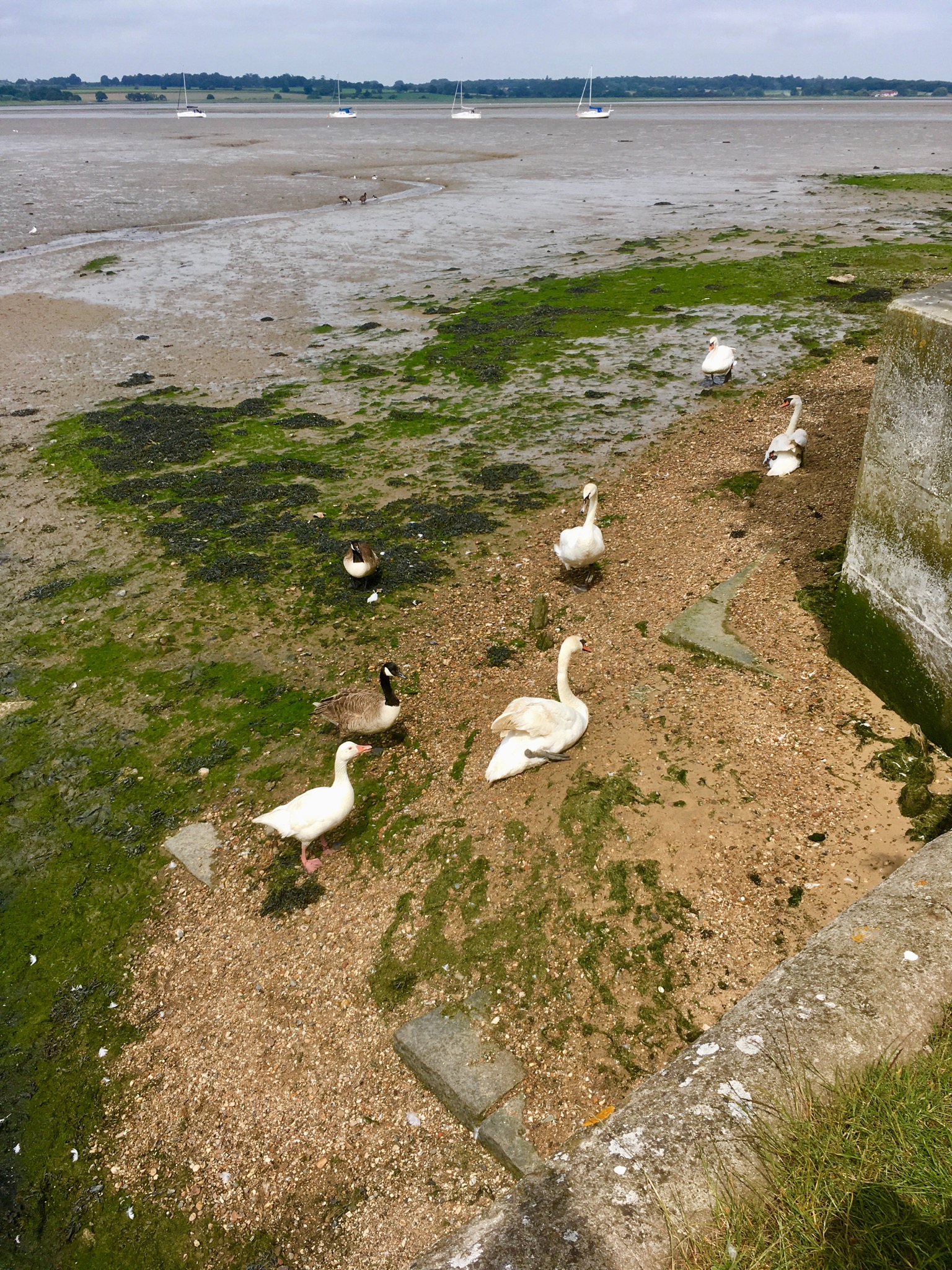
The sun was out, fittingly for what’s termed the Essex Sunshine Coast, and I couldn’t resist an ice cream as I walked towards Manningtree. In Tudor times a centre for the cloth trade, later a port, Manningtree claims to be England’s smallest town (by area, not population). The town also gets a mention in the Shakespeare play Henry IV Part One, as Falstaff is likened to a “roasted Manningtree ox”. The Witch Finder’s evil reach extended to Manningtree too, for it was here that some of his victims were hanged, and the town sign bears his picture.
With bunting out and kids playing on the town beach, it was hard to imagine such troubled times. As I made my way to the train station, I thought what a pleasant afternoon I’d had on my latest #railadventure.
The lowdown
I received free train travel from Greater Anglia in exchange for writing this review of my #railadventure, but there are some great deals to be had for paying customers, particularly if you travel off peak. For instance, if you book in advance, tickets from Norwich to London are available at just £10, Cambridge to London at £7 and Southend to London at just £5 (all fares quoted are one way). Accompanied children travel for just £2 return and you don’t even have to pre-book for their ticket as this fare is valid on all off peak trains within the Greater Anglia network. On top of this, they are offering 2FOR1 on top London attractions, helping your summer holiday budget stretch further.
Discover destinations and ticket prices at www.greateranglia.co.uk and plan your journey at www.nationalrail.co.uk.
Did you feel inspired to plan your own rail adventure after reading this blog? Why not complete Greater Anglia’s survey using this link:

